Longview Campground, Lee’s Summit, Missouri
A man’s pride brings him low, but a man of lowly spirit gains honor. ~ Proverbs 29:23
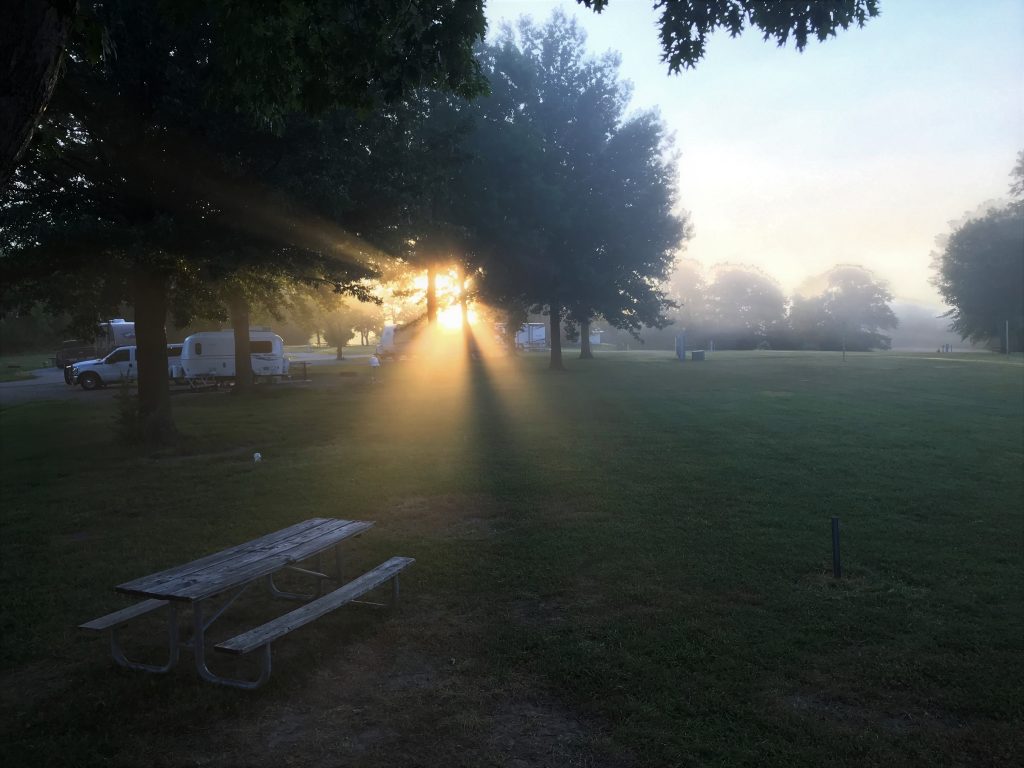

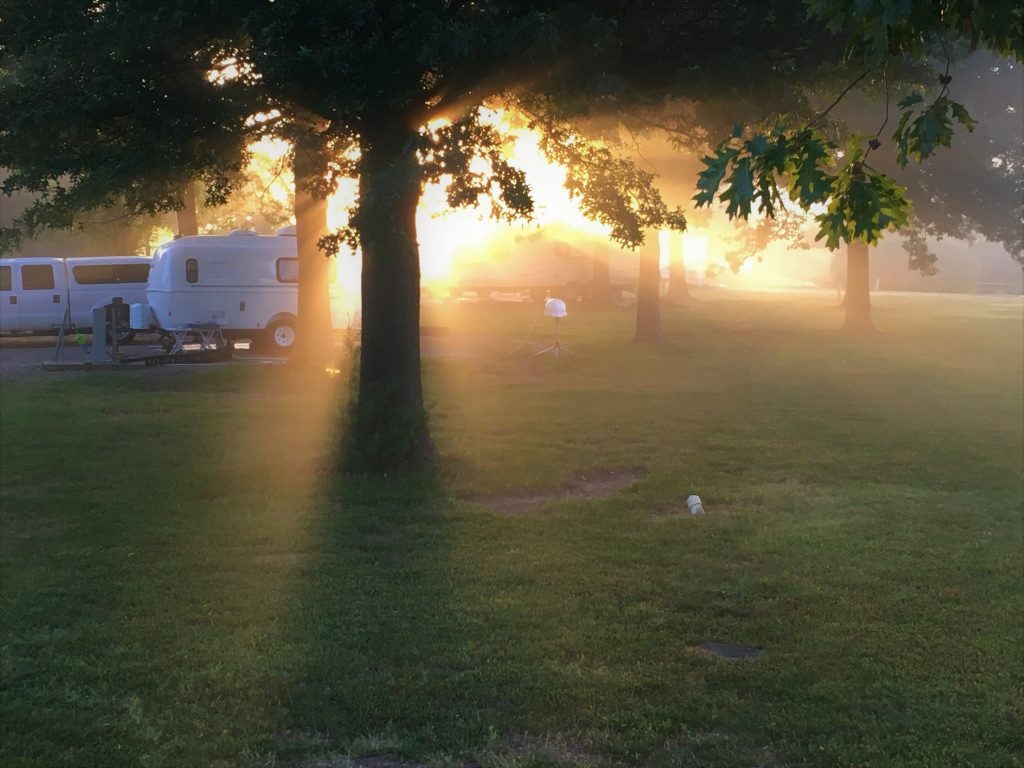
Since we were on our own today, we did a double whammy, crossing two items off the list our “hosts” gave us.
We began our morning with a walk around the Overland Park Arboretum in Kansas. What a beautiful place! Lots of flowers and plants everywhere, in addition to plenty of green stuff like trees and bushes and woodsy ground cover. And with the woodsy part, came lots and lots of orb spiders alongside the paths! Icky beasts! But as long as they stay on their side of the path, I’m okay with that.











Gives some perspective to the carp living in here!




We felt they could all use some cleaning – – at least remove the debris and spider webs . . . .

Many of the signs we couldn’t read because they could use some cleaning up.
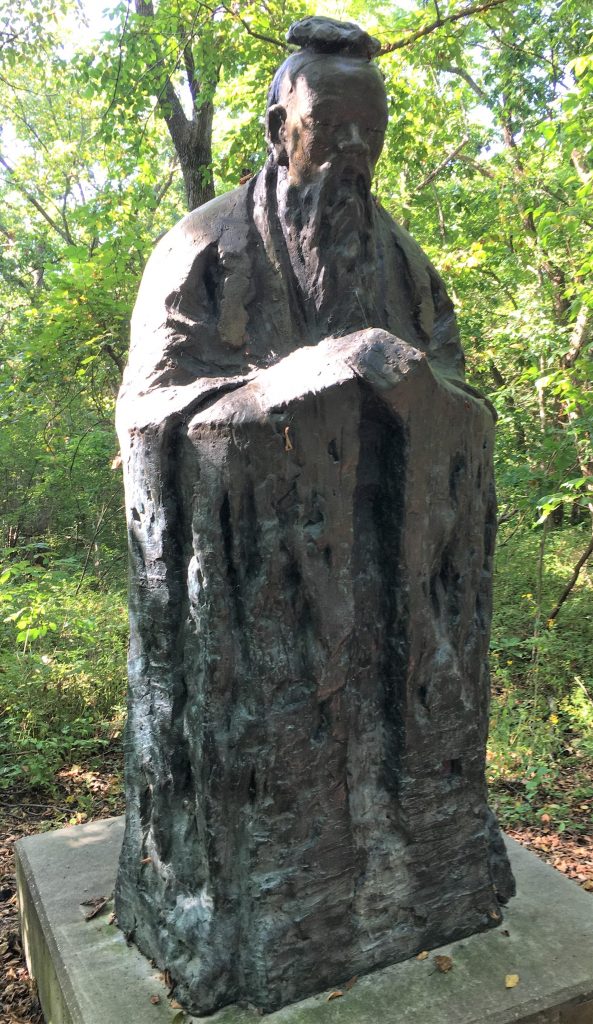
It really is a sculpture of Confucius.
The Chinese philosopher from 500 BC.
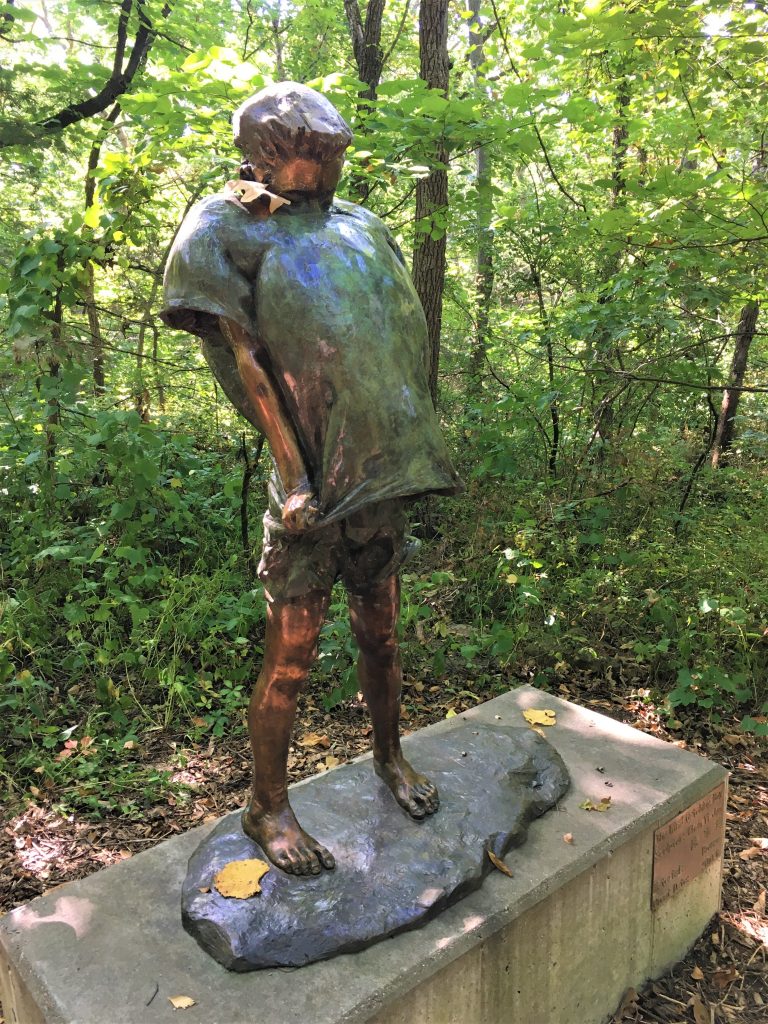

Instead, it saw tree reflections in it.
Isn’t it funny how different the camera eye and our eyes are? God’s creation is a true marvel!!
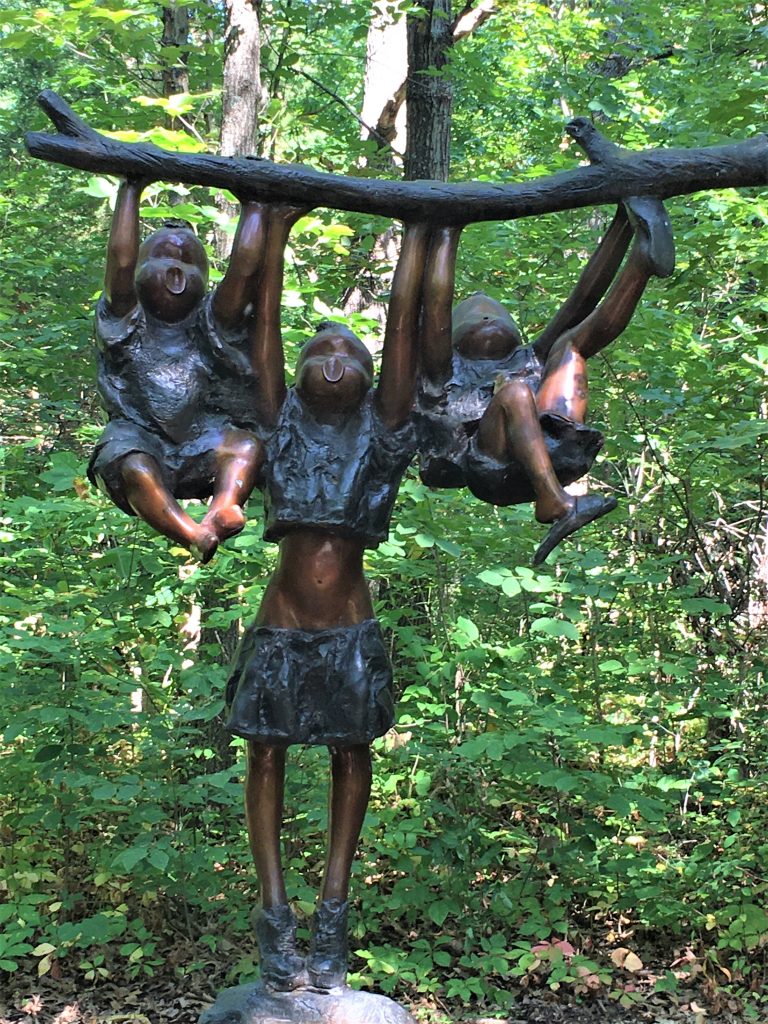




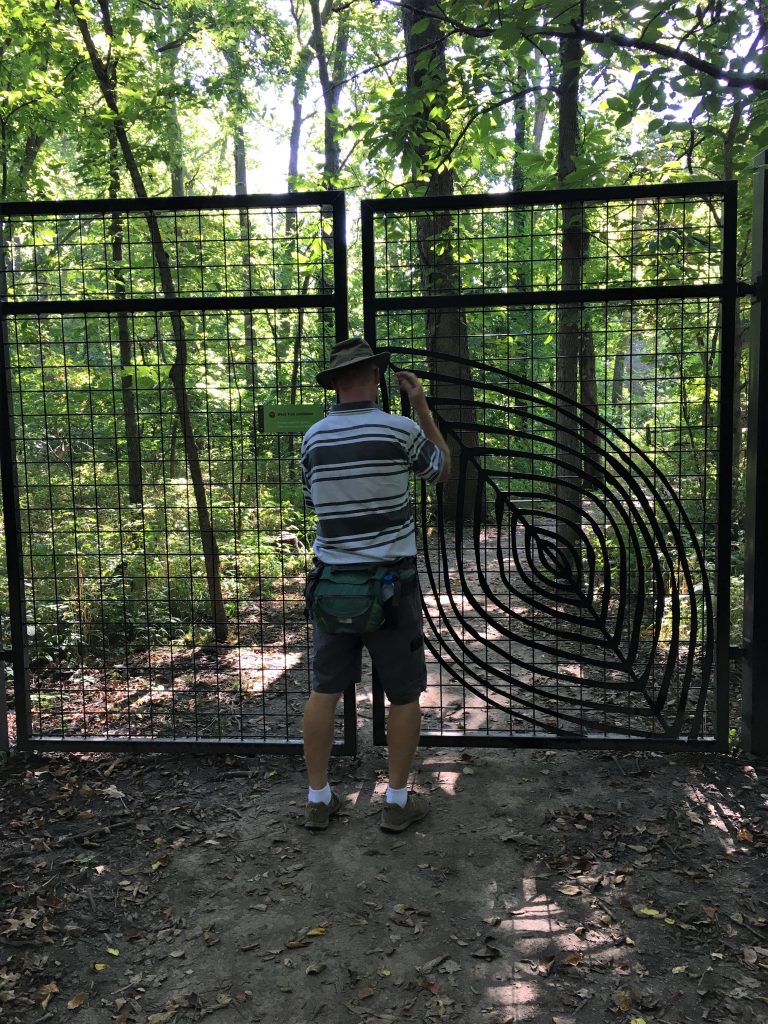







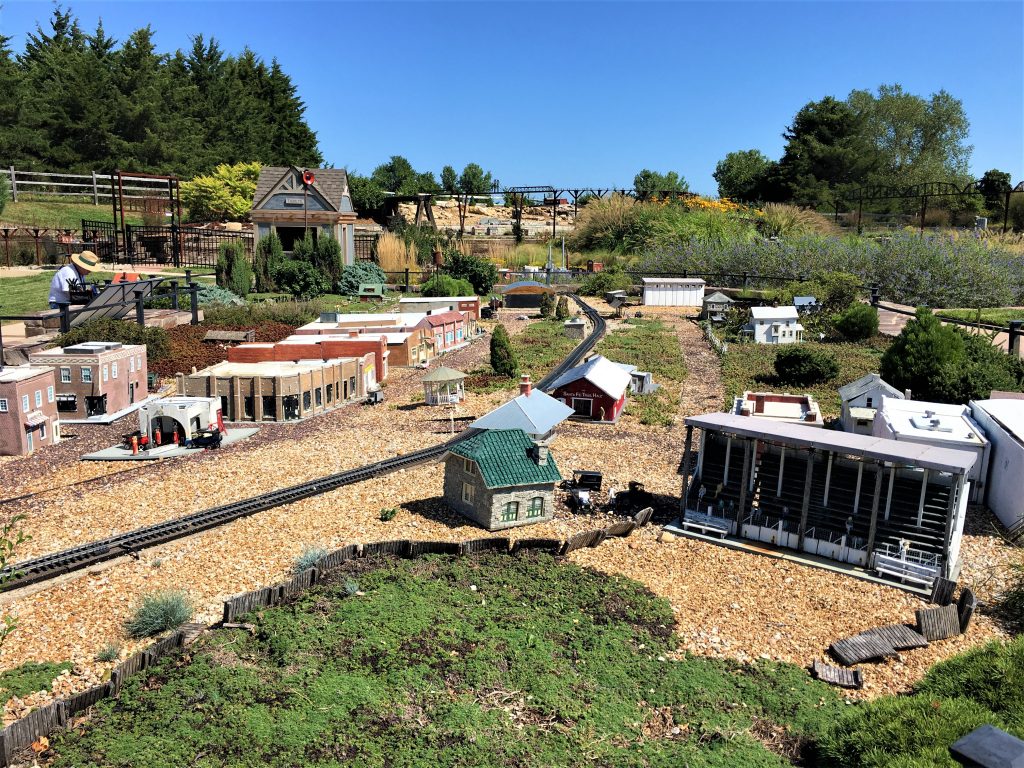


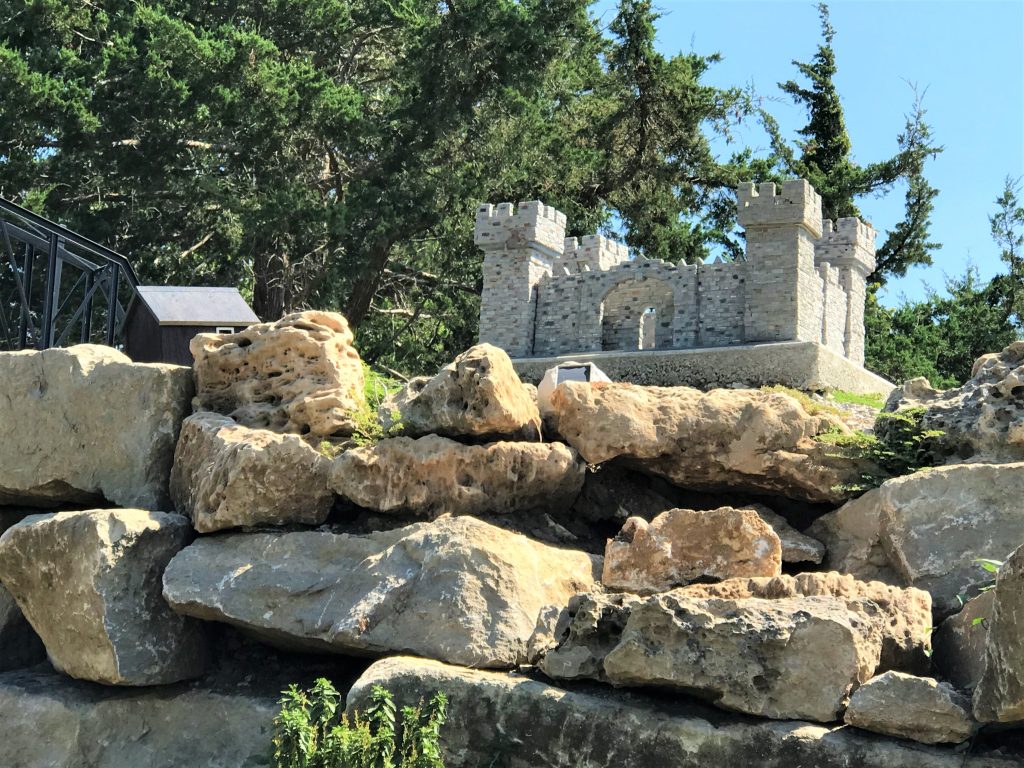


The only drawback here? It was stinkin’ hot and muggy today! Our clothes were pretty soppy by the time we finished up about two hours later. Thank goodness we live in the age of air conditioning! We had plenty of time to cool off during our drive across town – and the State Line again 😊 – to the next destination. I wonder how many times we crossed back and forth across that line in a week? Many. That’s all I know. . . . 😊
The National WWI Museum and Memorial is located in Kansas City, Missouri opened to the public in 1926 under the name of the Liberty Memorial Museum. It is currently the only museum dedicated solely to World War I, and has one of the largest collections of WWI artifacts in the world.
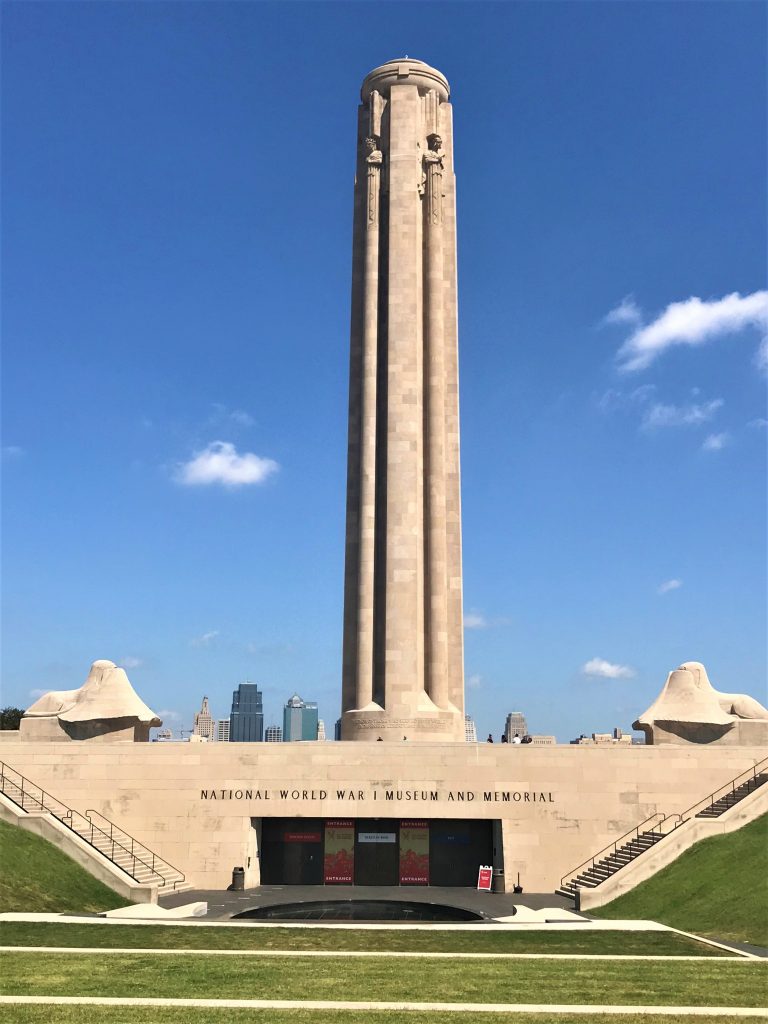
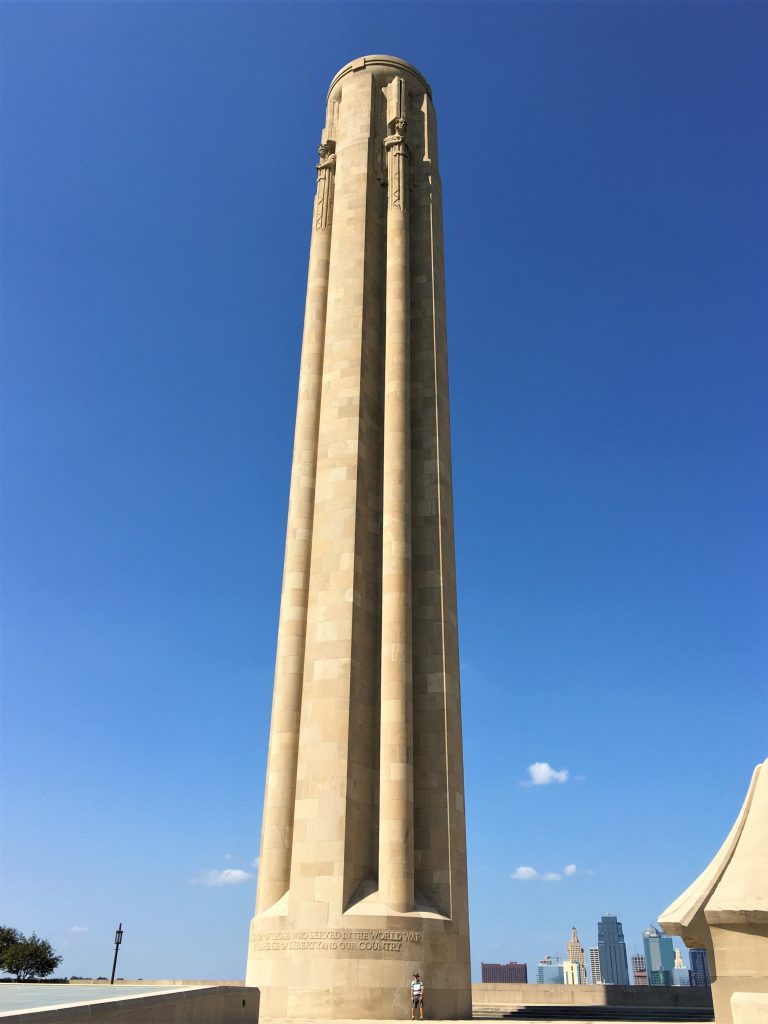
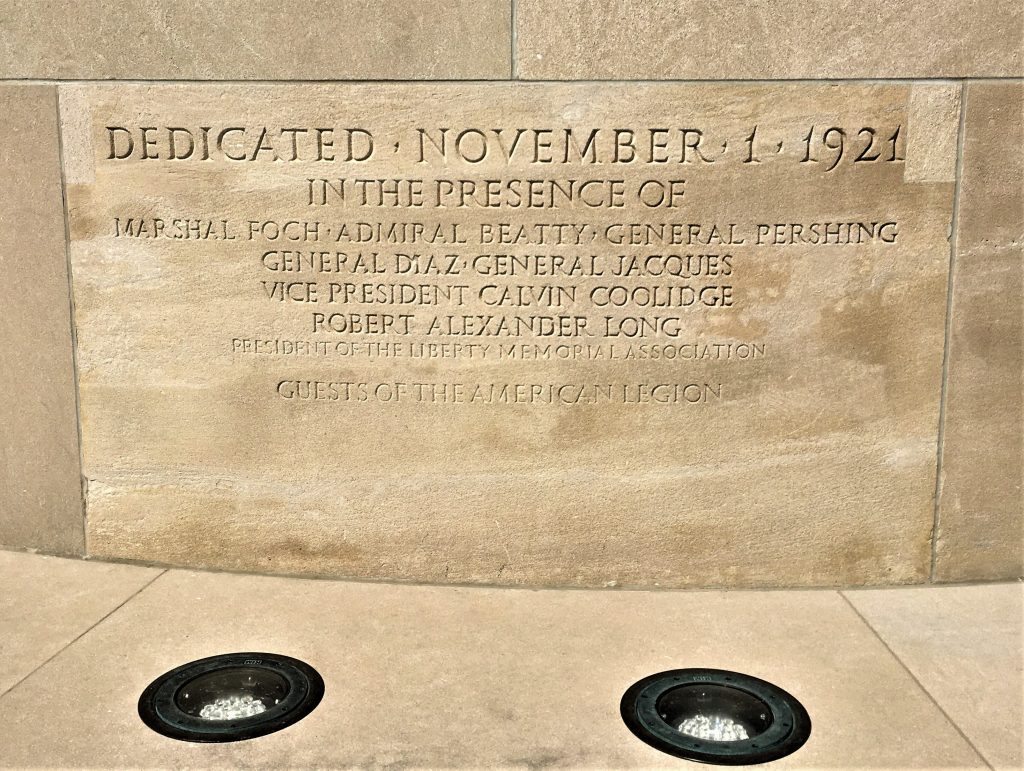
The following contain information I borrowed from their website, about various sculptures/buildings here. . . .
LIBERTY MEMORIAL TOWER
The Liberty Memorial Tower rises 217 feet above the main courtyard and 268 feet above the North Lawn. The cylindrical tower is 36 feet in diameter at its base, tapering to 28 feet at the top. Guests can take an elevator followed by 45 stairs to the open-air observation deck for a breathtaking view of the Kansas City skyline. At night, a Flame of Inspiration, created by steam and lighting effects, is emitted from the top of the tower and can be seen from miles away. The monument received designation as a National Historic Landmark in 2006 and recognition from Congress as a national memorial in 2014.
“In honor of those who served in the World War in defense of liberty and our country.” – Inscription on the Liberty Memorial Tower
GUARDIAN SPIRITS
Carved by Robert Aitken and each standing 40-feet tall, four Guardian Spirits watch over the Memorial from the top of the Tower. As protectors of peace, each guardian holds a sword and is named for the virtue it represents: Honor, Courage, Patriotism and Sacrifice.

ASSYRIAN SPHINXES
Two Assyrian Sphinxes guard the south entrance of the Liberty Memorial. “Memory” faces east toward the battlefields of France, shielding its eyes from the horrors of war. “Future” faces west, shielding its eyes from an unknown future.
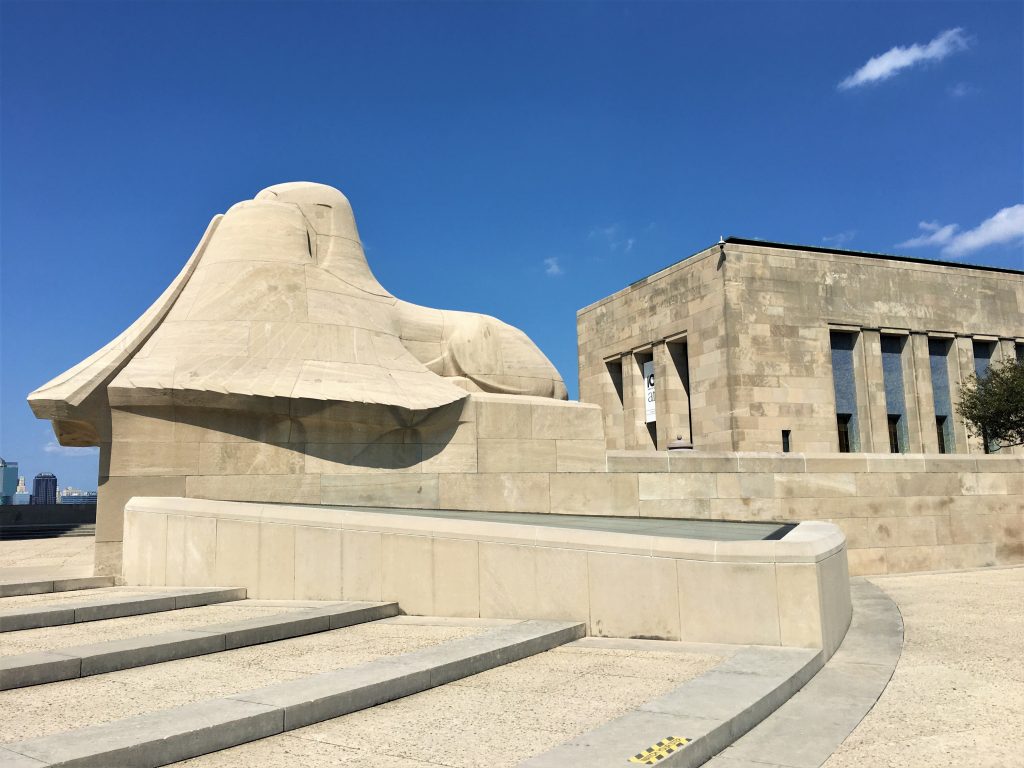
MEMORY HALL
Located on the east side of the Liberty Memorial Tower, Memory Hall contains a portion of the Panthéon de la Guerre, a monumental French painting depicting the Allied nations of World War I. Additionally, Memory Hall houses bronze tablets listing 441 Kansas Citians who died in World War I, computer kiosks that provide in-depth information about the Liberty Memorial and limited-run exhibitions.

EXHIBIT HALL
Located on the west side of the Liberty Memorial Tower, Exhibit Hall served as the main museum gallery of the Liberty Memorial from 1926 to 1994. Today, Exhibit Hall serves as gallery space for the Museum and Memorial’s limited-run exhibitions. It also contains a surviving section of the Panthéon de la Guerre mural, depicting the figure of Victory in front of a “temple of glory,” surrounded by thousands of French heroes. Colorful flags of the 22 Allied nations of World War I, arranged in the order in which each country entered the conflict, line the north and south walls. The exterior of both Exhibit and Memory Halls are decorated with mosaic tiles that depict a night sky strewn with gold stars. These gold stars represent the sacrifice of the Gold Star Mothers during the Great War.
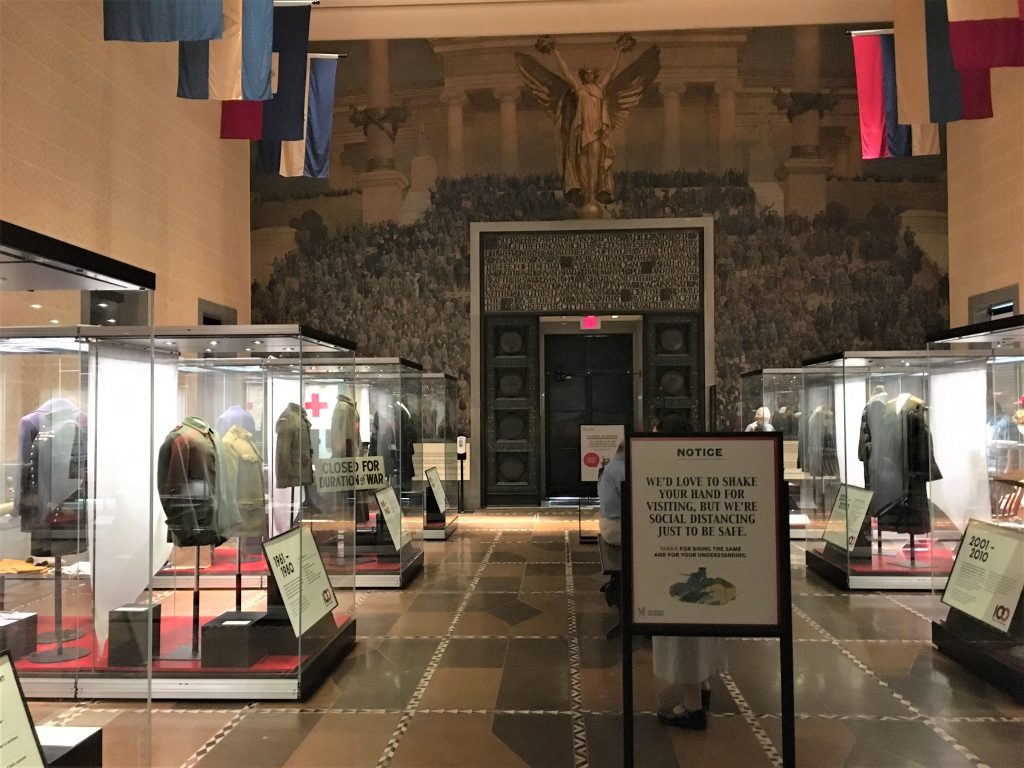
This memorial was also an exceptional stop! I’m gonna show our ignorance here – – neither one of us ever realized that Germany was instrumental in causing both World Wars. That’s not to say that there weren’t other factors involved that led to The Great War, but it was Germany who decided to take advantage of a volatile situation and pressed for world dominance following the assassination (by Serbia) of a dignitary from what was then Hungary-Austria. Germany and Hungary-Austria were allies at the time.
Below is a brief and partial timeline I found on canada.com, of how the war got its start:
June 28, 1914: Archduke Franz Ferdinand, heir to the Austrian throne, and his wife, visit Sarajevo in Bosnia. A lone assassin shoots and kills them both. Austria believes the killer is linked to the Serbian nationalist movement.
July 23: Austria-Hungary, with the backing of Germany, delivers an ultimatum to Serbia. The Serbs offer to submit to arbitration, but also begin to mobilize their army.
July 25: Austria-Hungary cuts diplomatic ties with Serbia and begins to mobilize.
July 26: Britain tries to convene a conference of the major European powers to resolve the situation. France, Italy and Russia agree to take part. Germany says no.
July 28: Austria-Hungary declares war on Serbia.
July 29: Britain calls for international mediation. Russia urges German restraint, but then begins partial troop mobilization as a precaution. The Germans warn Russia and begin to mobilize themselves.
July 30: Austria shells bombard Belgrade, the Serbian capital.
July 31: Russia begins full mobilization. Germany demands that it stop.
Aug. 1: Germany declares war on Russia. France and Belgium begin full mobilization.
Aug. 3: Germany declares war on France and invades neutral Belgium. Britain delivers an ultimatum to Berlin demanding withdrawal from Belgium. Germany ignores it.
Aug. 4: Britain declares war on Germany. The declaration is binding on the British Empire, including Canada, Australia, New Zealand, India and South Africa.
Aug. 6: Austria-Hungary declares war on Russia.
Aug. 7: First British troops land in France. About 120,000 men of the regular British Army form the British Expeditionary Force under Field Marshal John French.
Aug. 7-24: Seeking a quick victory, the French invade Alsace and Lorraine, to be met by German counterattacks. The French suffer huge losses, including 27,000 men killed in a single day, the worst one-day toll in the history of the French army. Meanwhile, the German right wing is beginning to move across Belgium towards northeastern France. The plan calls for that wing to sweep around Paris like a huge swinging door to catch the eastward-facing French armies from behind and pin them against the frontier.
Aug. 12: Britain and France declare war on Austria-Hungary, which invades Serbia.
Aug. 17: Russia invades Germany.
Aug. 23: The BEF encounters the invading Germans at the Belgian city of Mons. After inflicting heavy casualties, the vastly outnumbered British begin a fighting retreat.
Sept. 5-12: The weary Germans change their plan and turn south before passing Paris. In doing so, they expose their flank. In the Battle of the Marne the French and British halt the great German sweep across northern France, squelching their hope of a lightning victory.
Sept 17-Oct. 19: Both sides try to outflank each other, side-stepping north in what was called “The Race to the Sea.” When they finally reach the North Sea, Europe is essentially bisected by a front that stretches to the Swiss border. Both sides begin to dig in and the infamous Western Front of trench lines is born.
So you see, a lot happened very quickly! President Woodrow Wilson kept the US out of the war until after his re-election. His re-election campaign focused on that fact, and then, just six months into his new term, on April 6, 1917 he joined forces with Britain, France and Russia and declared war on Germany and its allies – Hungary-Austria, Italy (who later changed sides) and the Ottoman Empire (Turkey and the Middle East). The reason? Germany began using their submarines to sink US merchant ships around the British Isles, and also because Germany was trying to negotiate an alliance with Mexico. It didn’t help that Germany sank the Lusitania in 1915, that was carrying 128 American passengers.
It occurred to me, as I was looking at and thinking about history, that we’ve not had a whole lot of war-free years. Here’s a list I made (it’s a list of the total years, not necessarily the years the US of A was involved). See what you think. . .
1622-1924 = American Indian War
1775-1783 = Revolutionary War
1812-1815 = War of 1812
1846-1848 = Mexican-American War
1861-1865 = Civil War
1898 = Spanish-American War
1914-1918 = WWI
1939-1945 = WWII
1950-1953 = Korean War
1959-1975 = Vietnam War
1990-1991 = Gulf War
2003-2011 = Iraq War
2001-2014 = Afghanistan War
And I stopped there. I think that’s quite enough, don’t you? In addition to these “major” conflicts, we’ve been involved in many other foreign battles, like Grenada and Bosnia.
We learned lots of stuff in the museum, too! Read and learn, if you’re interested. If not, scroll through until something of interest catches your eye. 😊 A word of warning – – there was a lot of glare that’s not conducive to picture taking, so there are some weird angles, or background “busy-ness” in many of them. Again – our eyes are such a marvel to see right through that when we’re there in person!
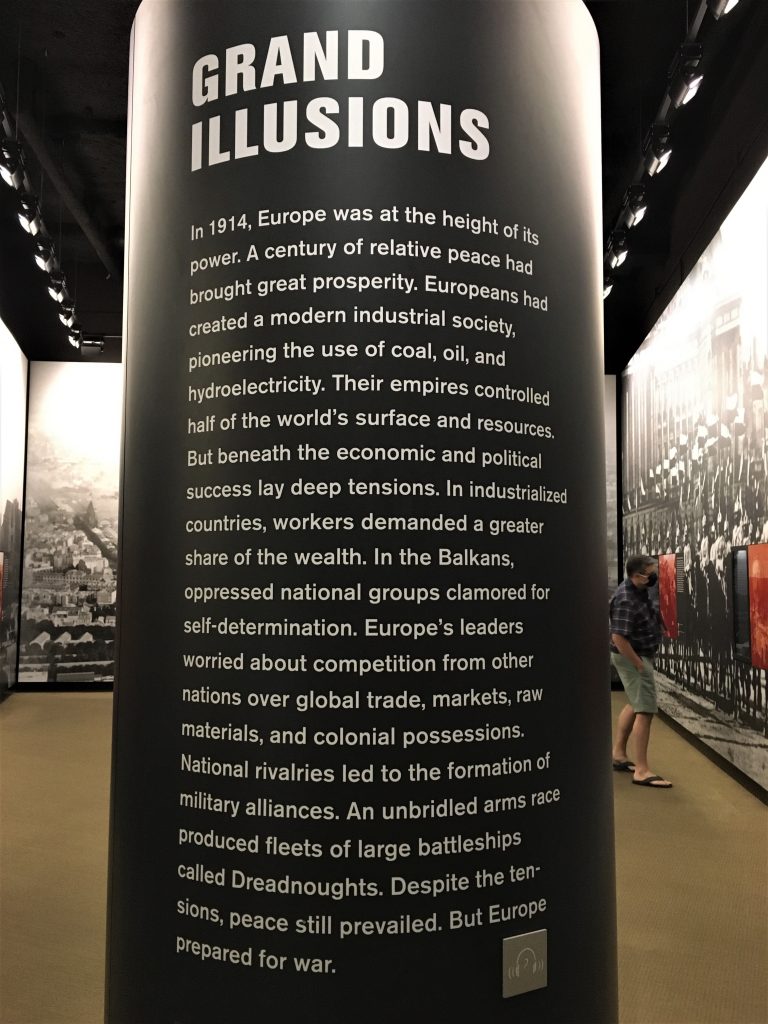

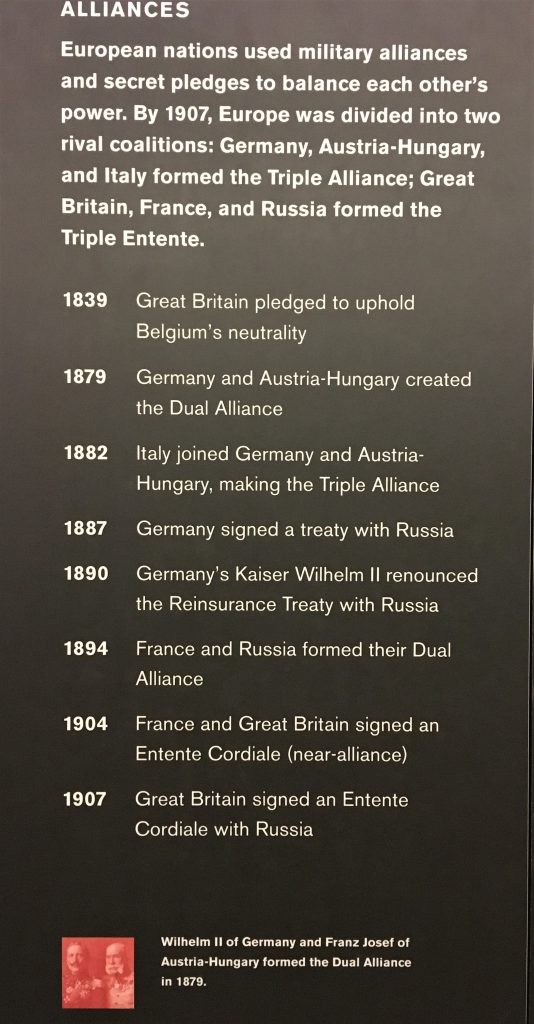
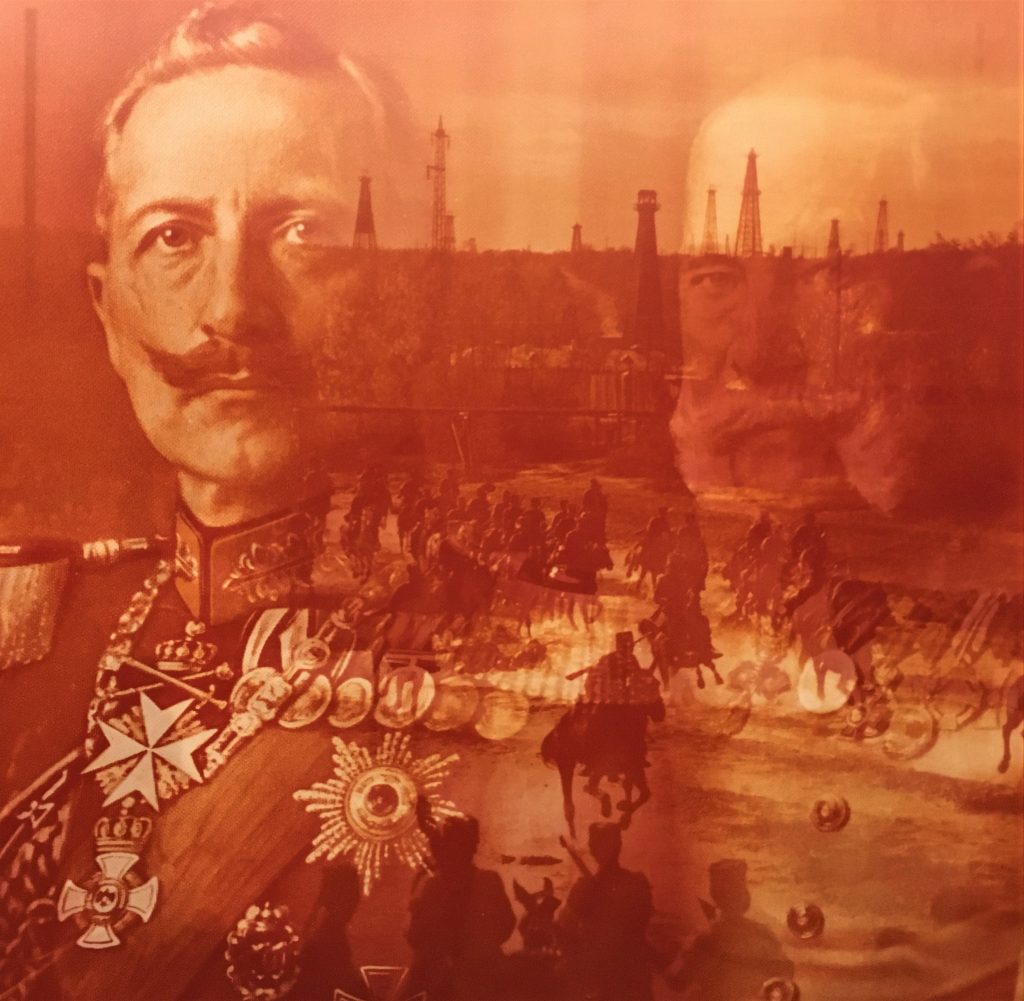
I found just the right spot to capture a morphed photo of both pictures at the same time. : )
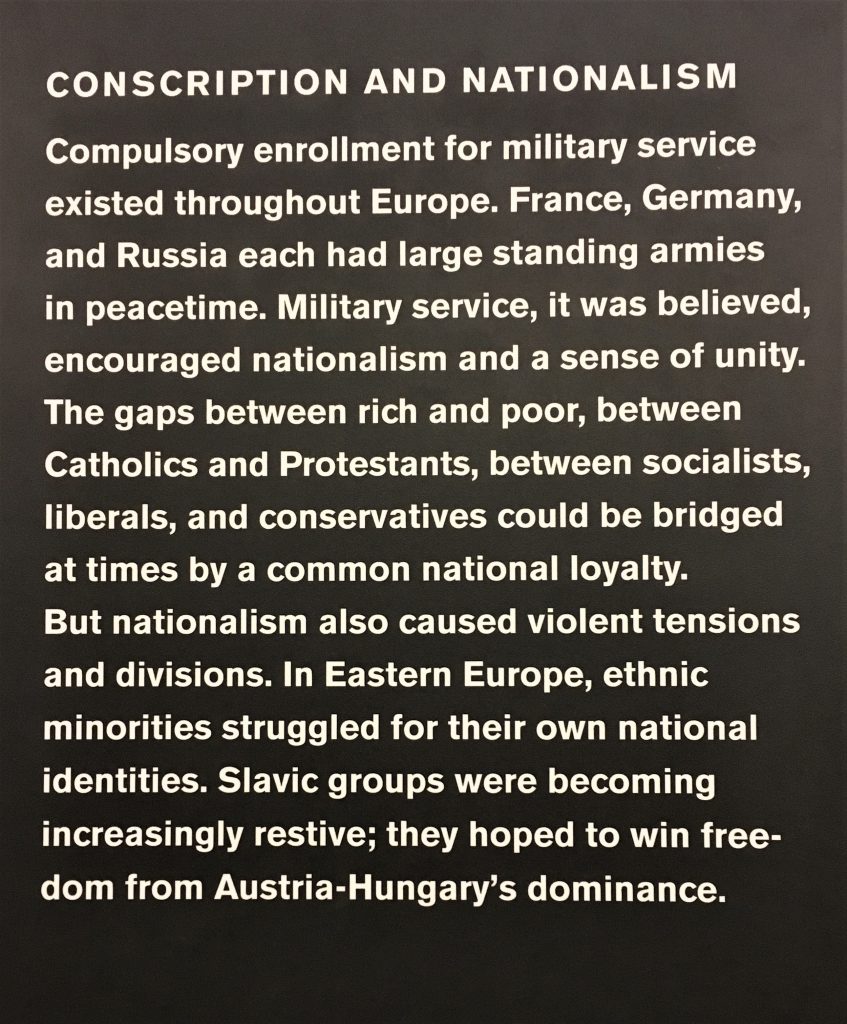
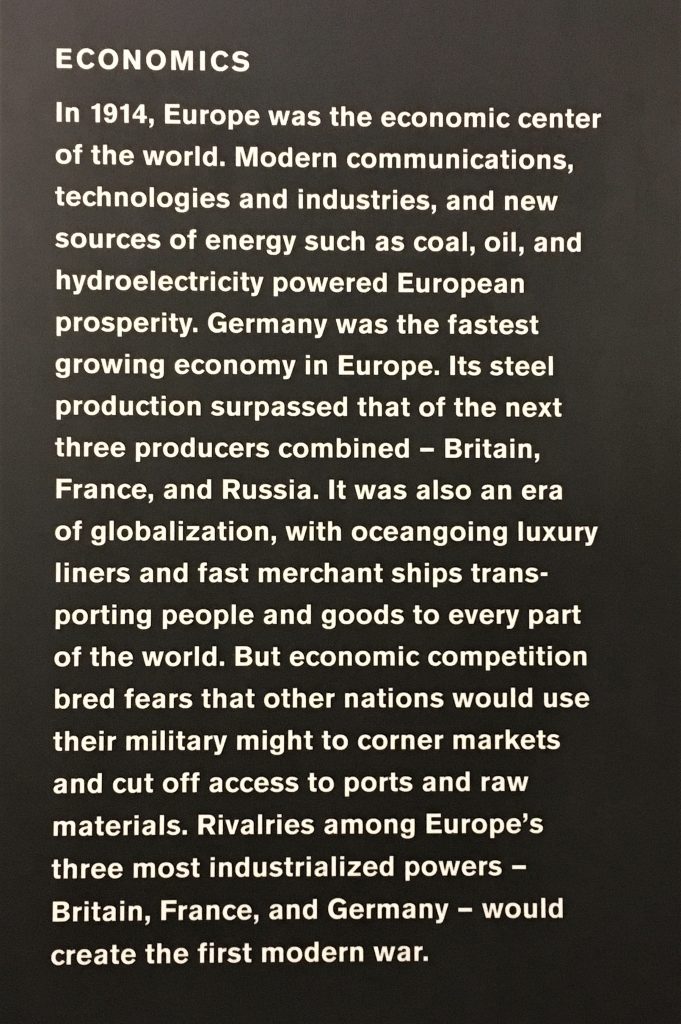
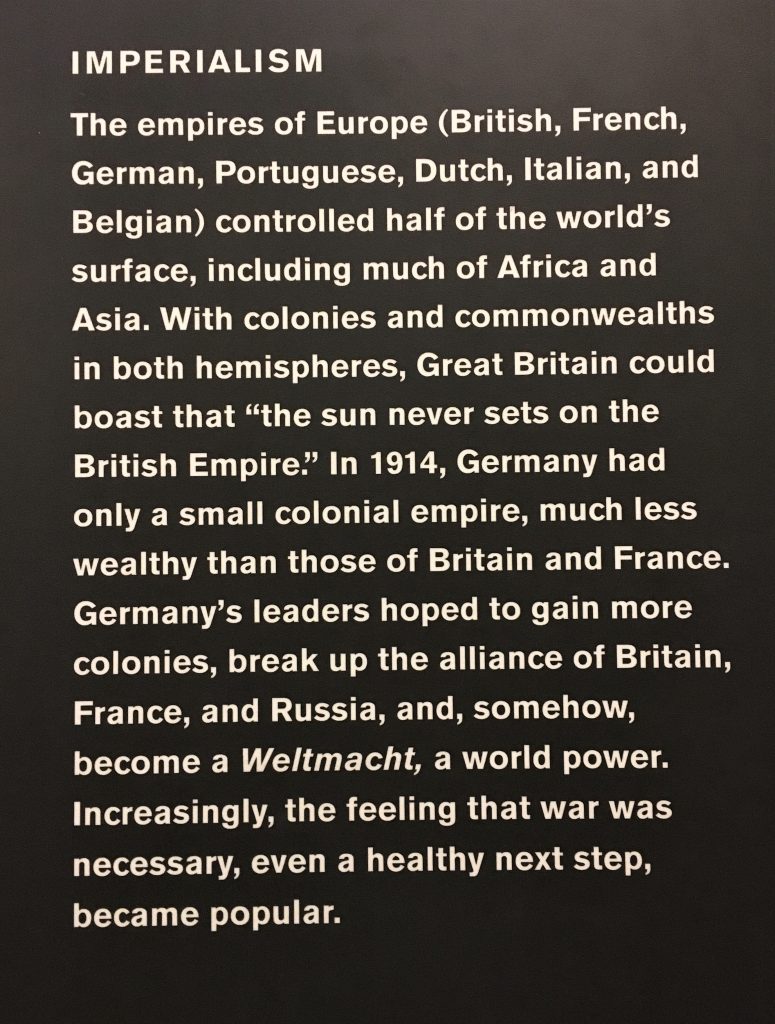
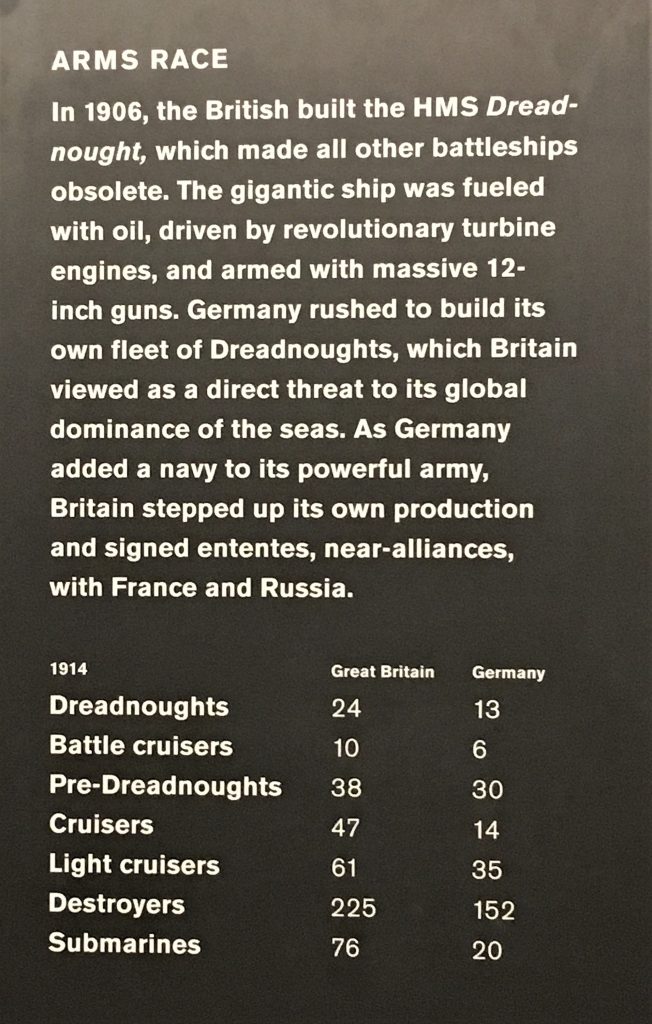
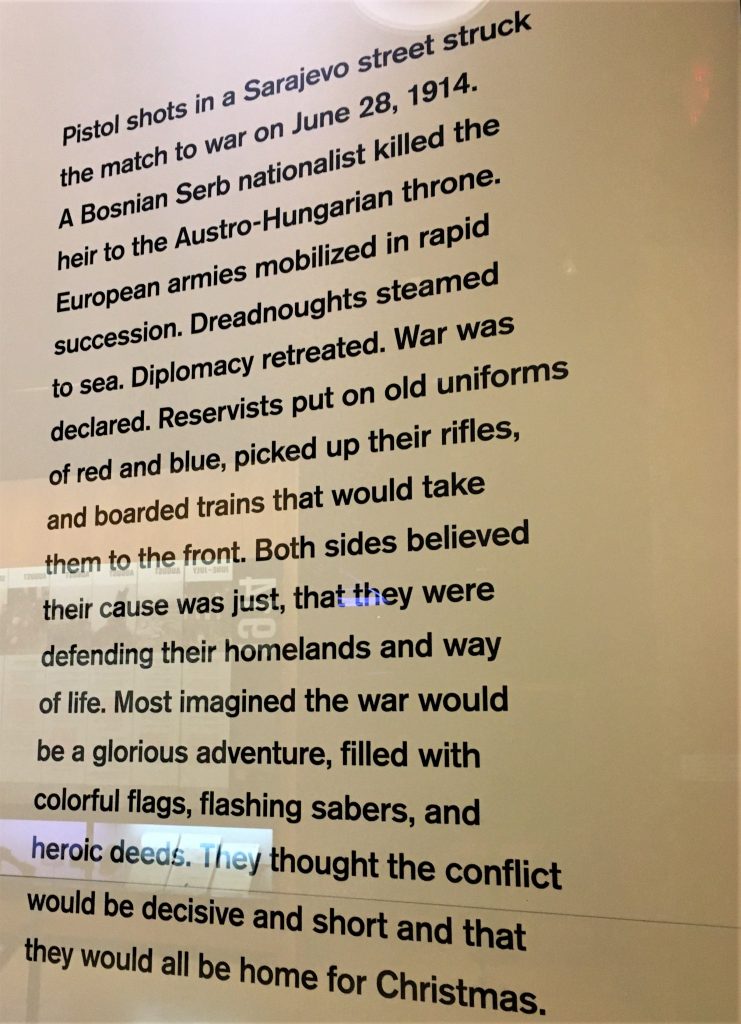
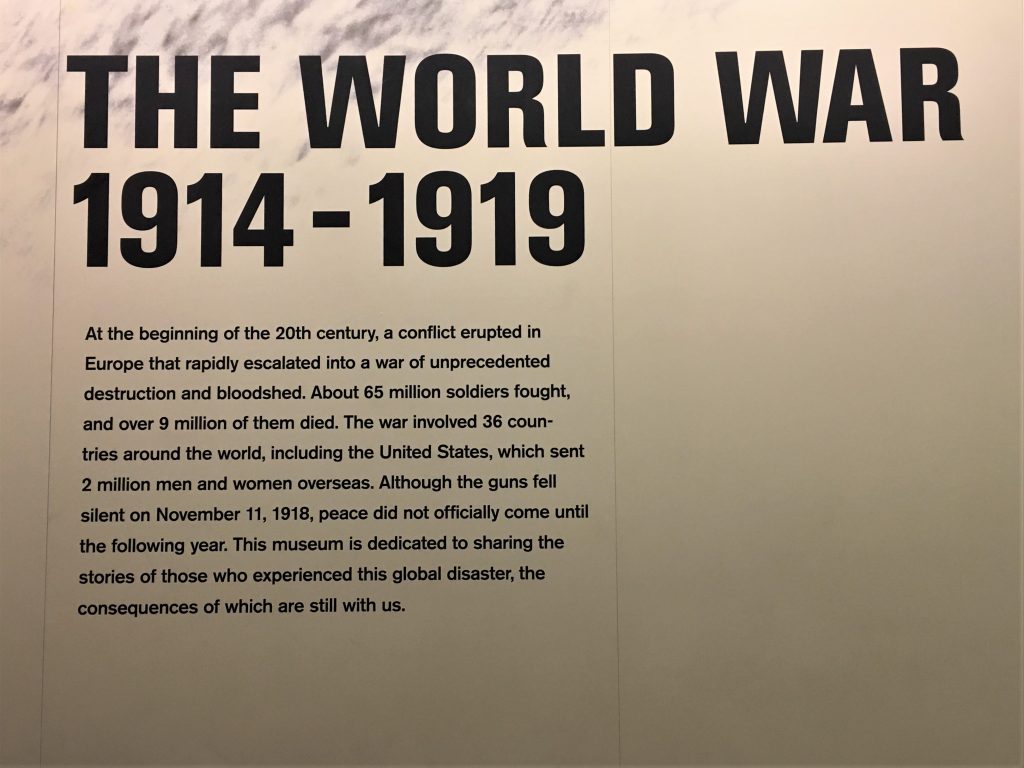
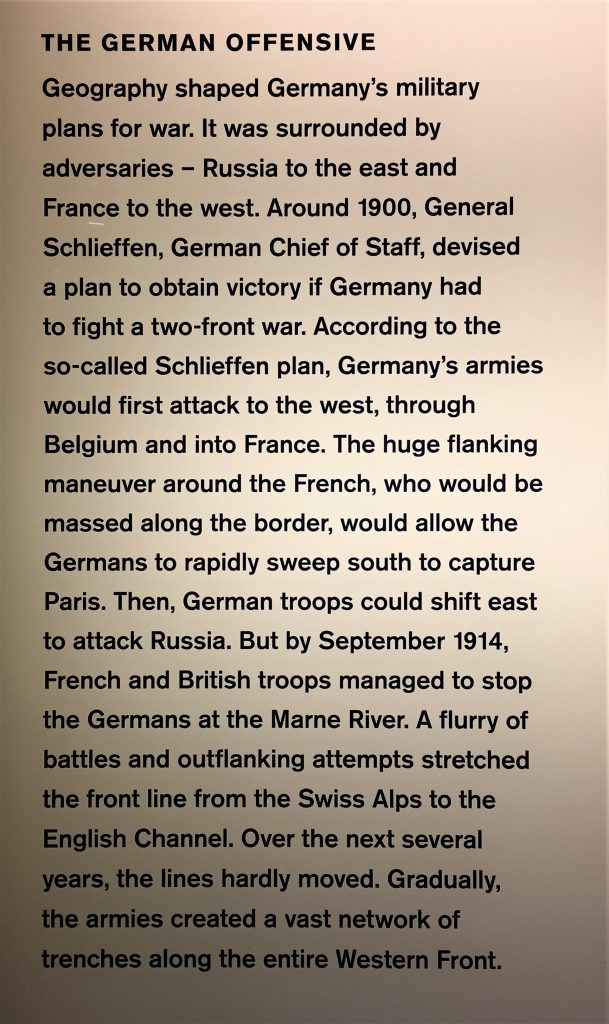
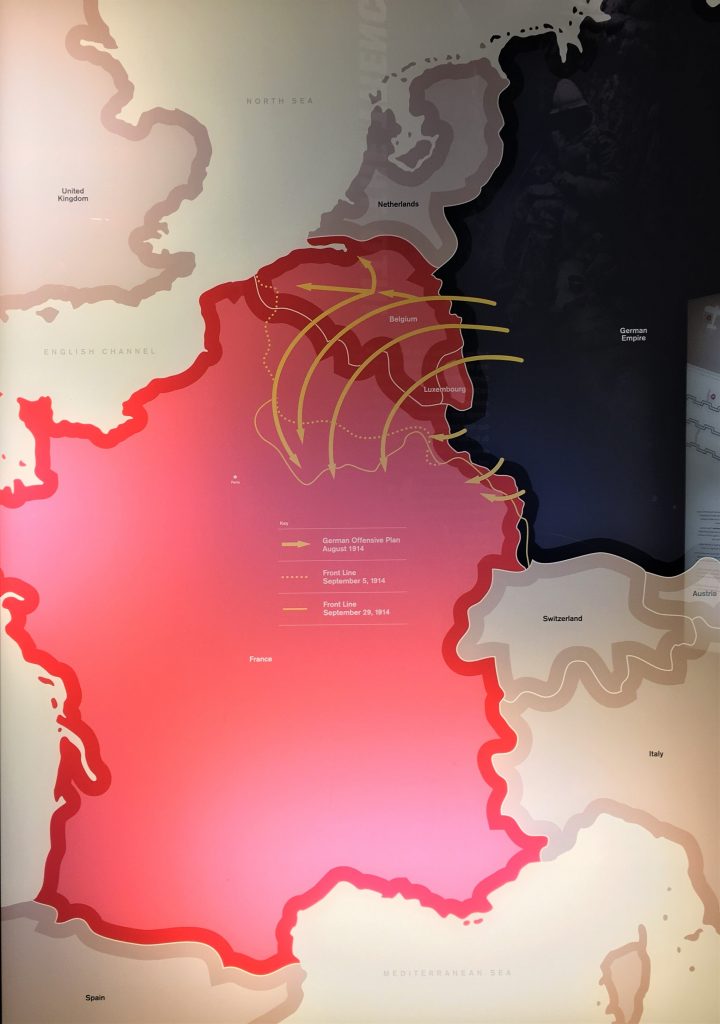
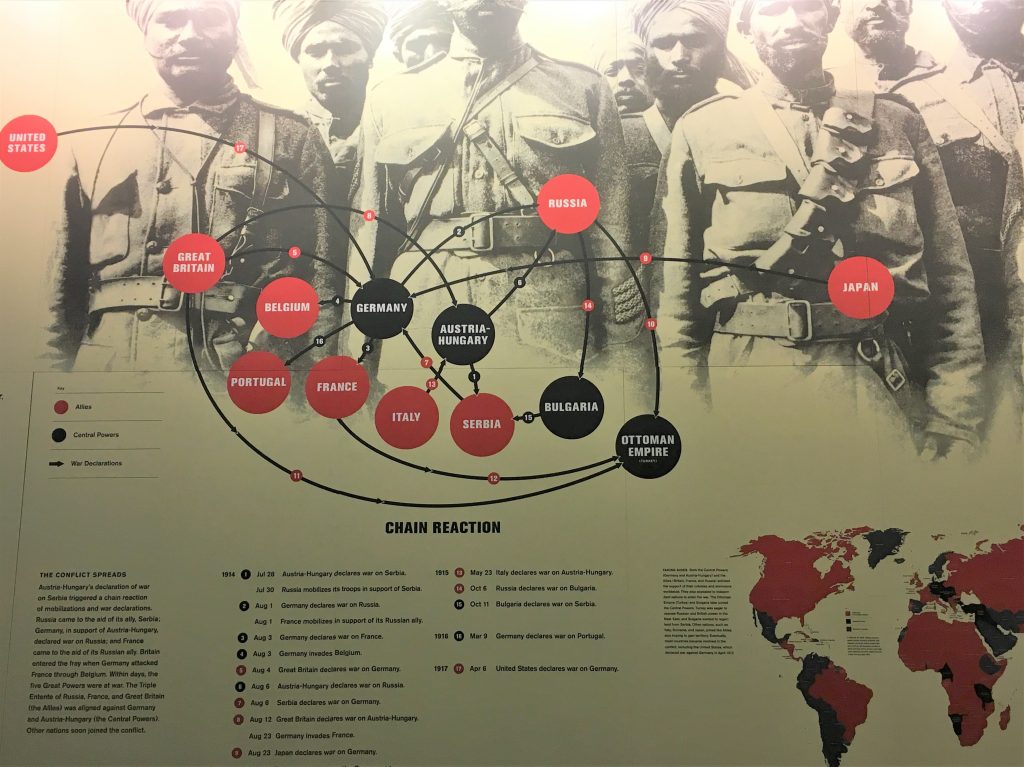
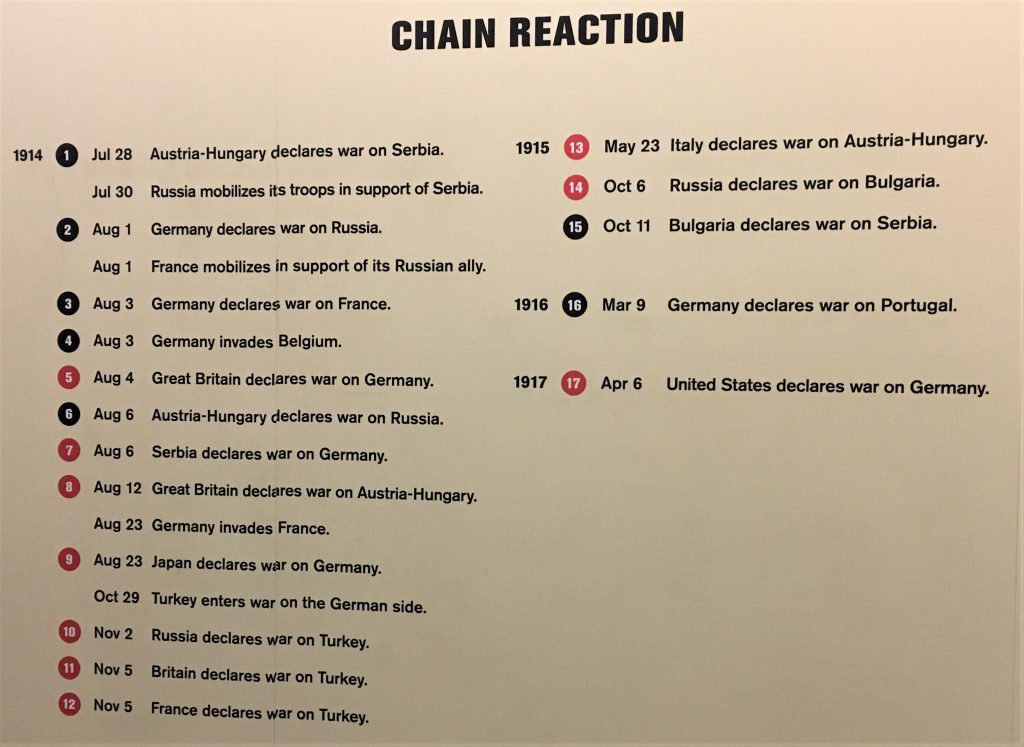
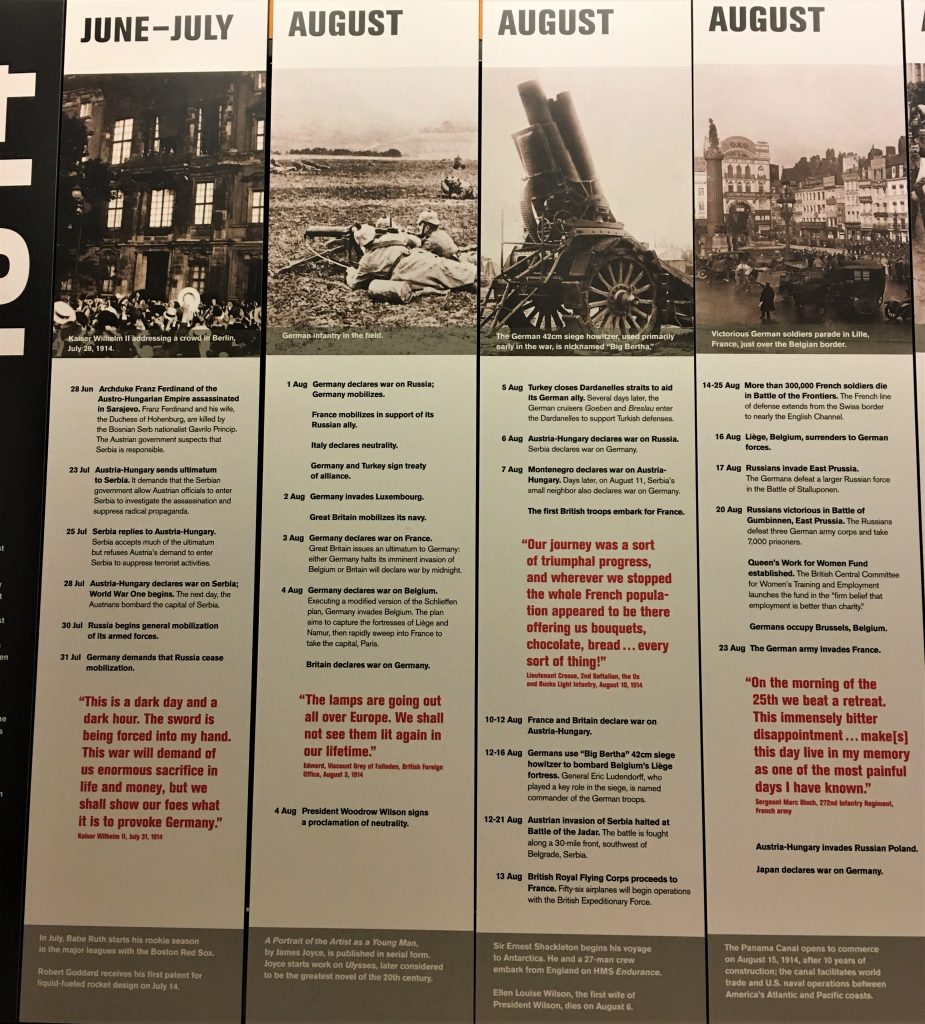

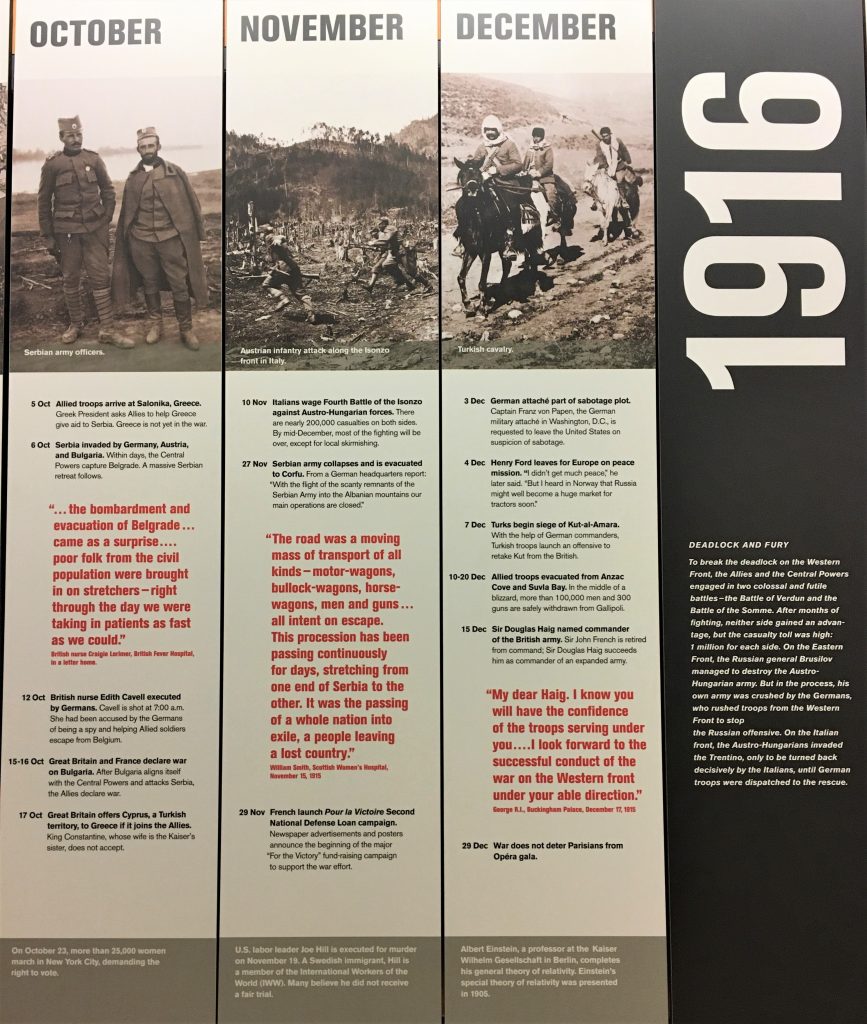
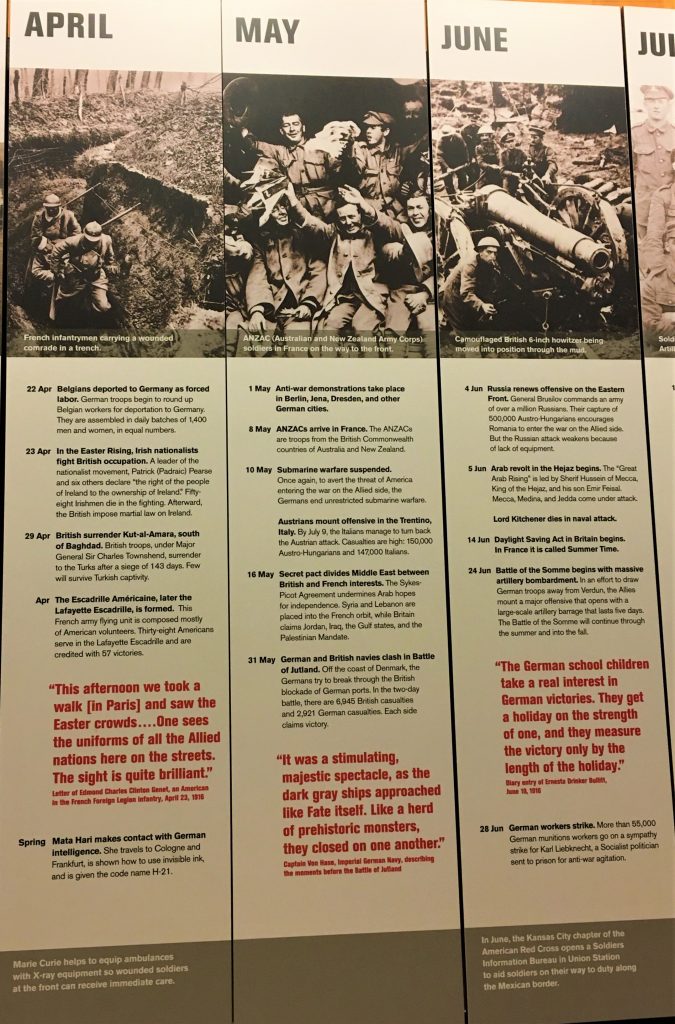

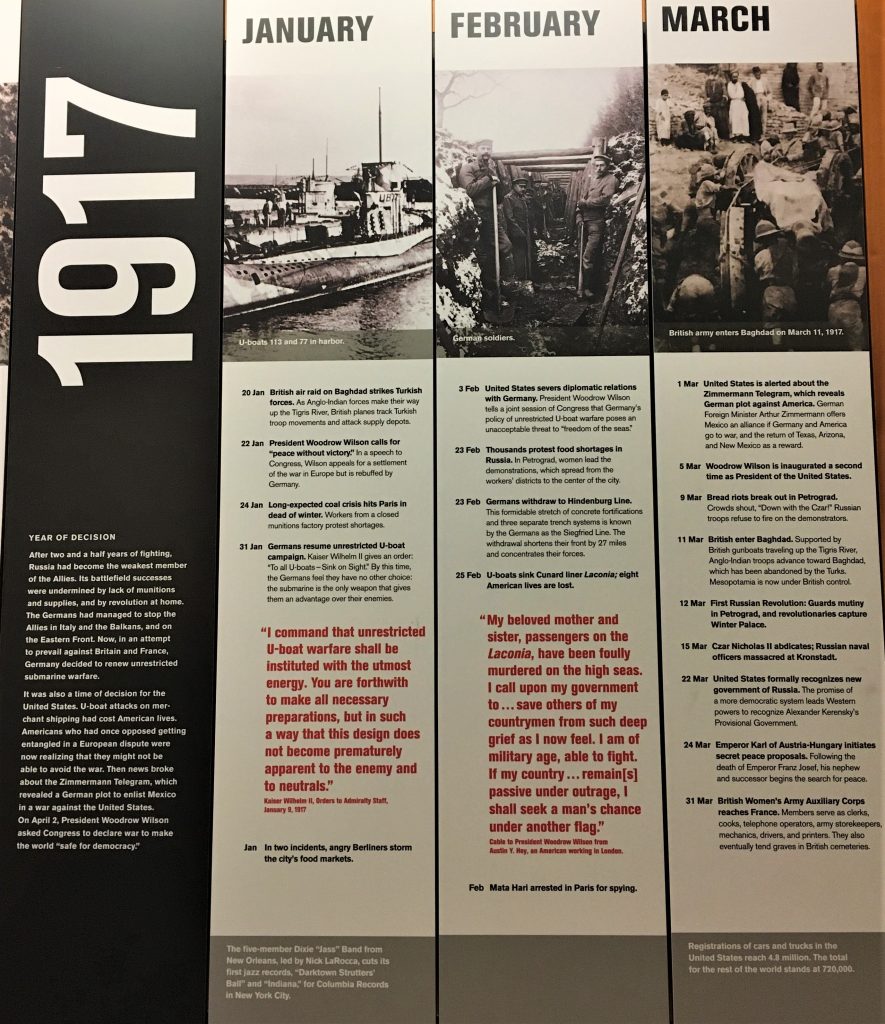
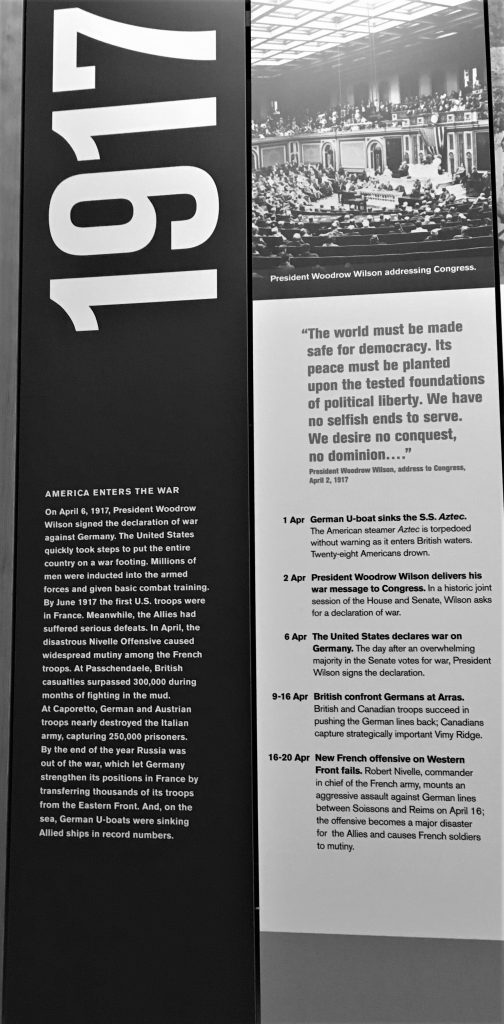
And another thing we didn’t know, we weren’t yet considered a world super power that we are today.
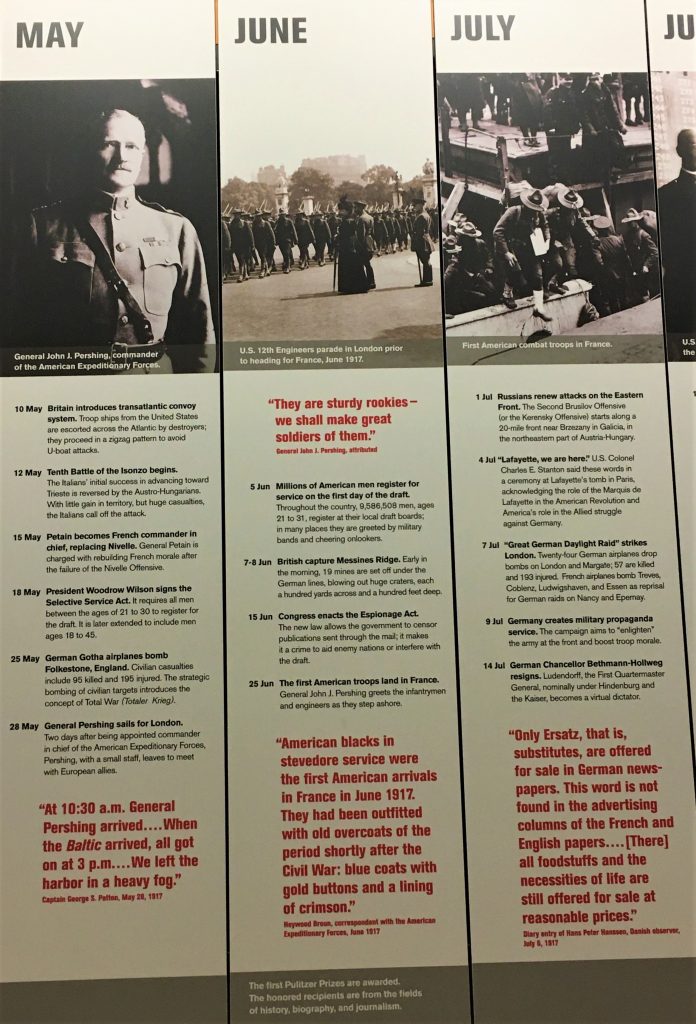
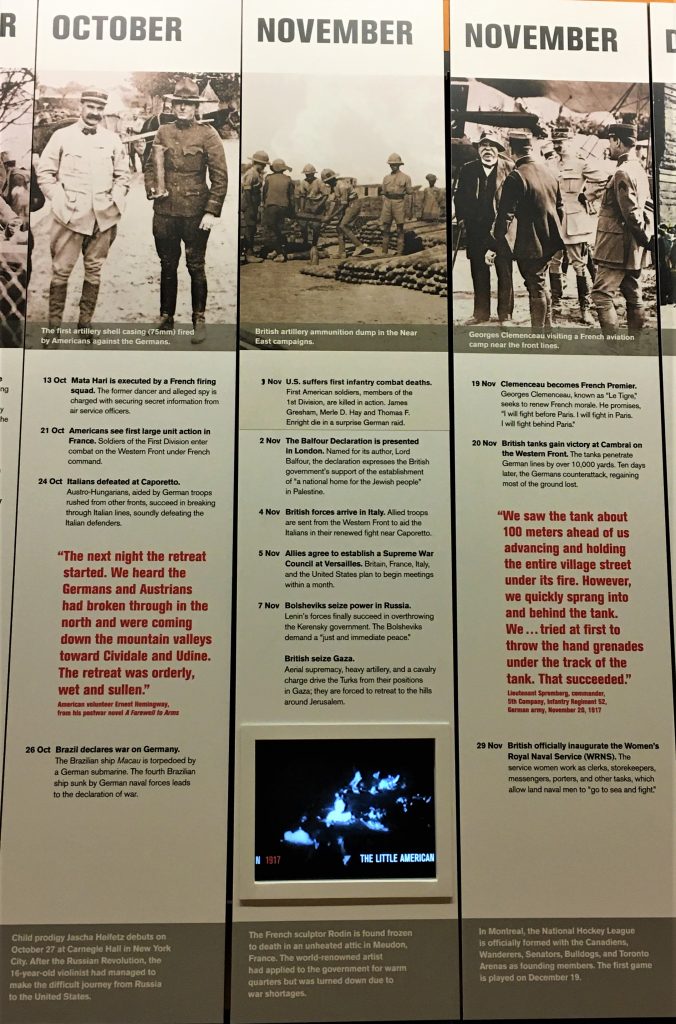
like “Tarzan”.
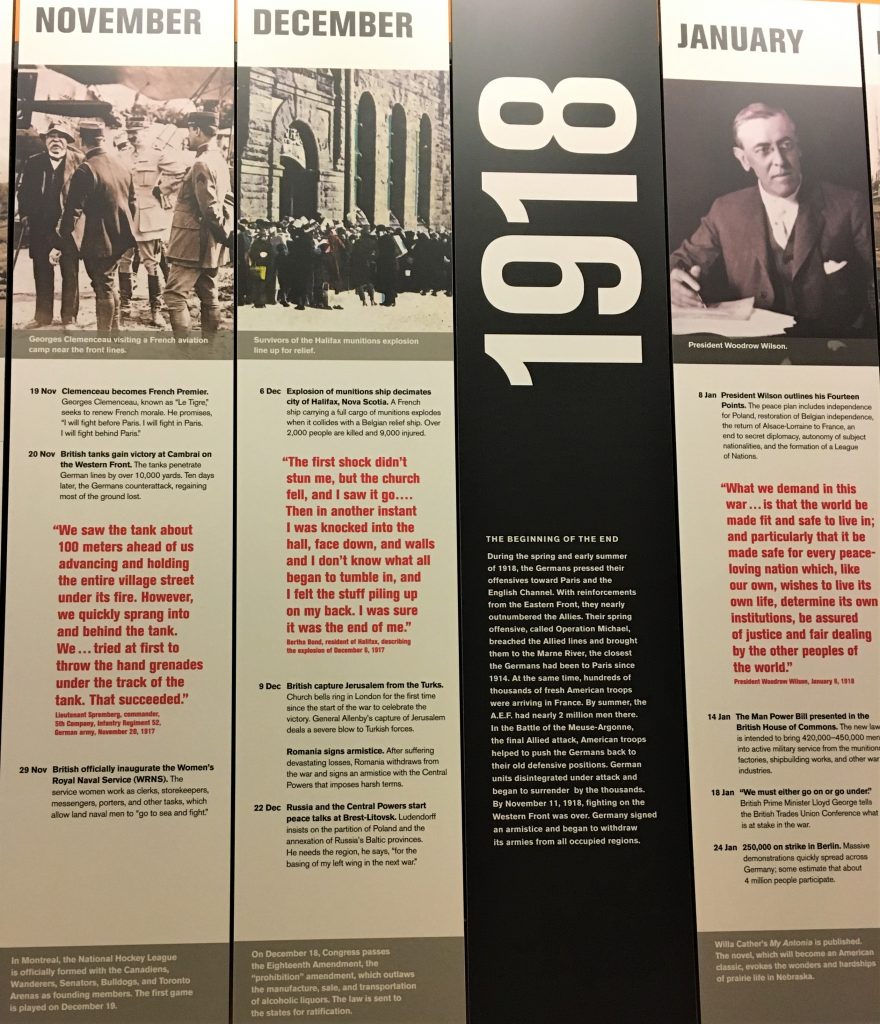
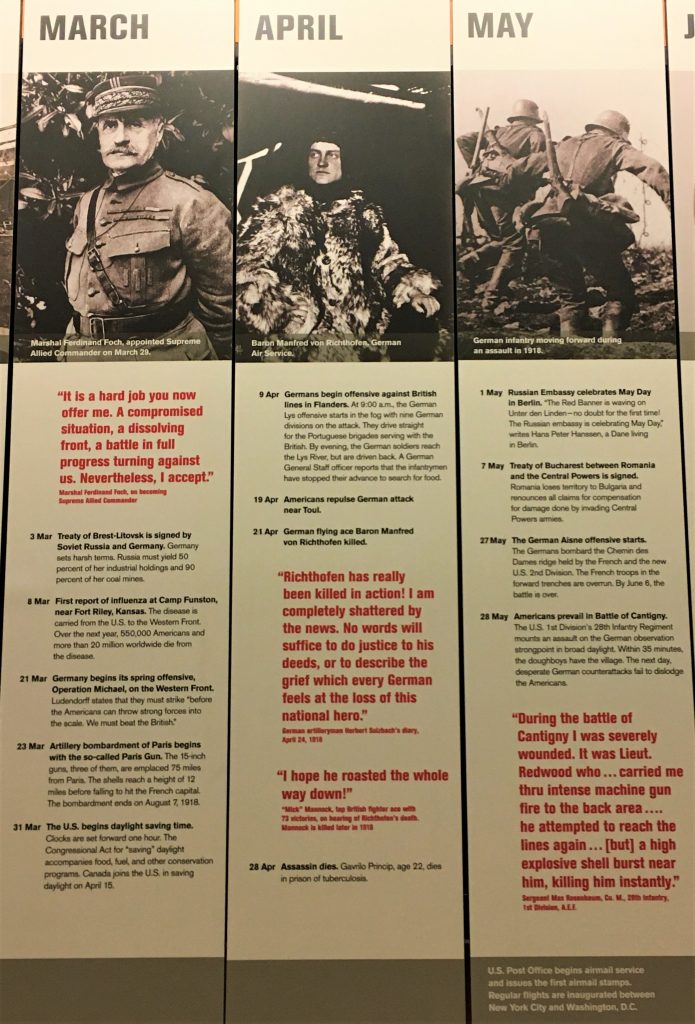
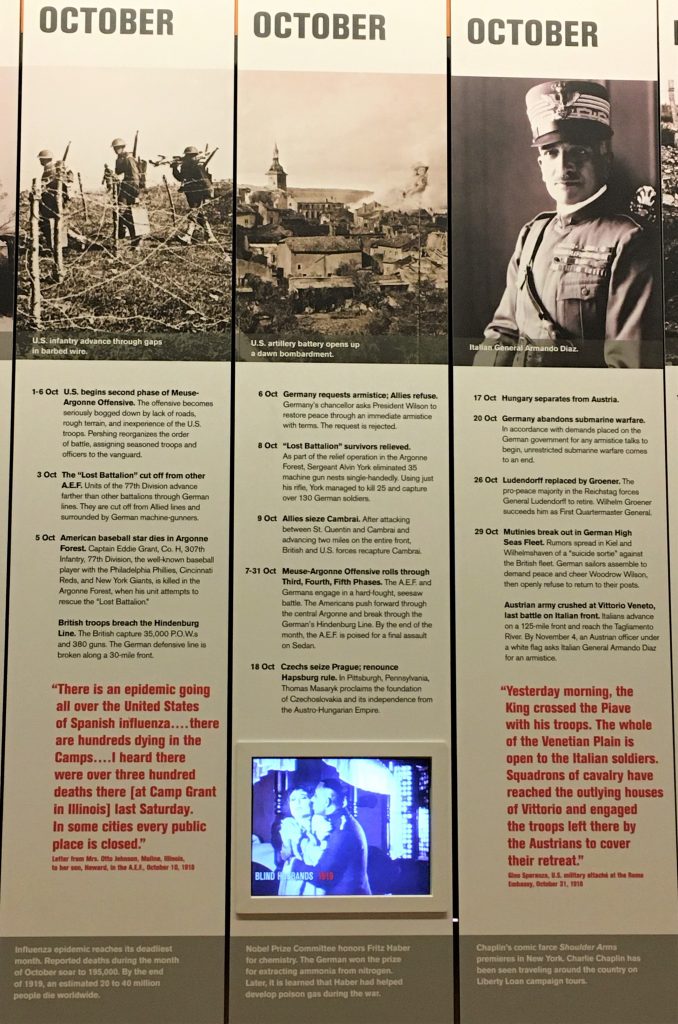
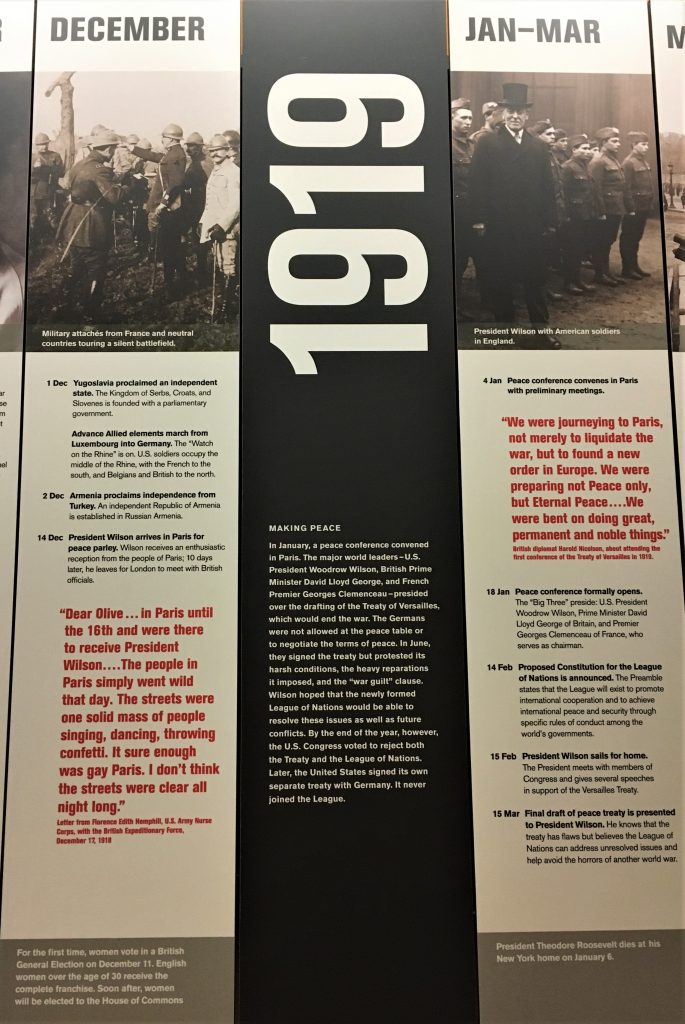
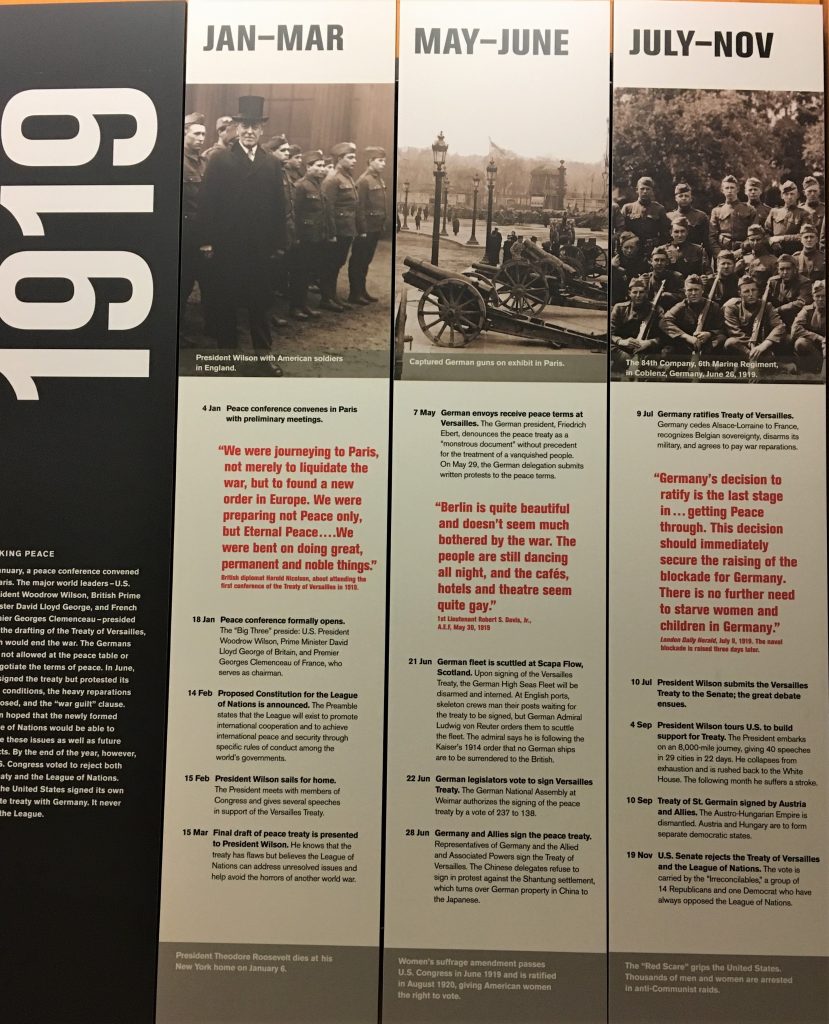
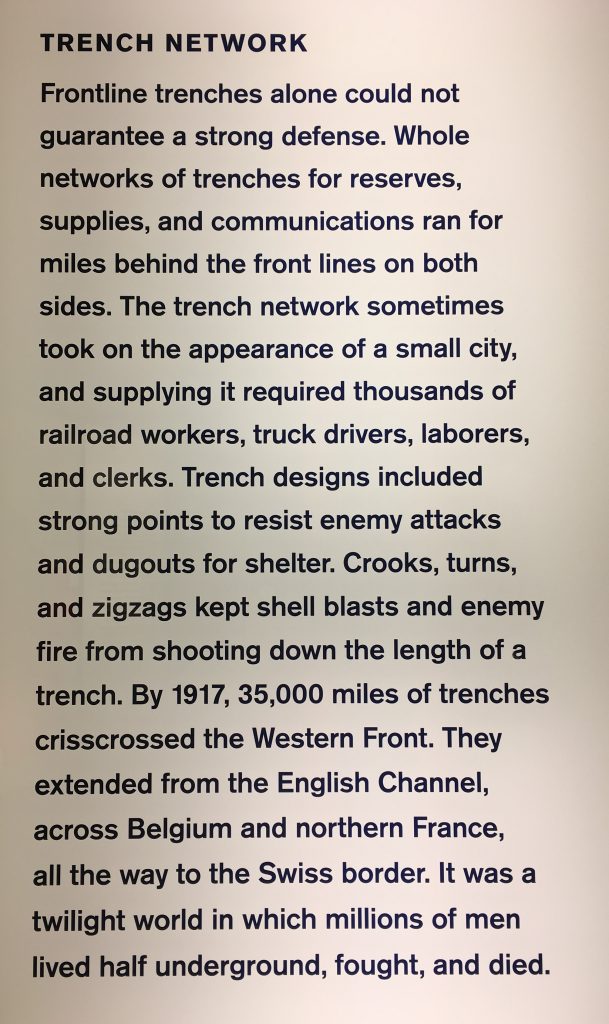
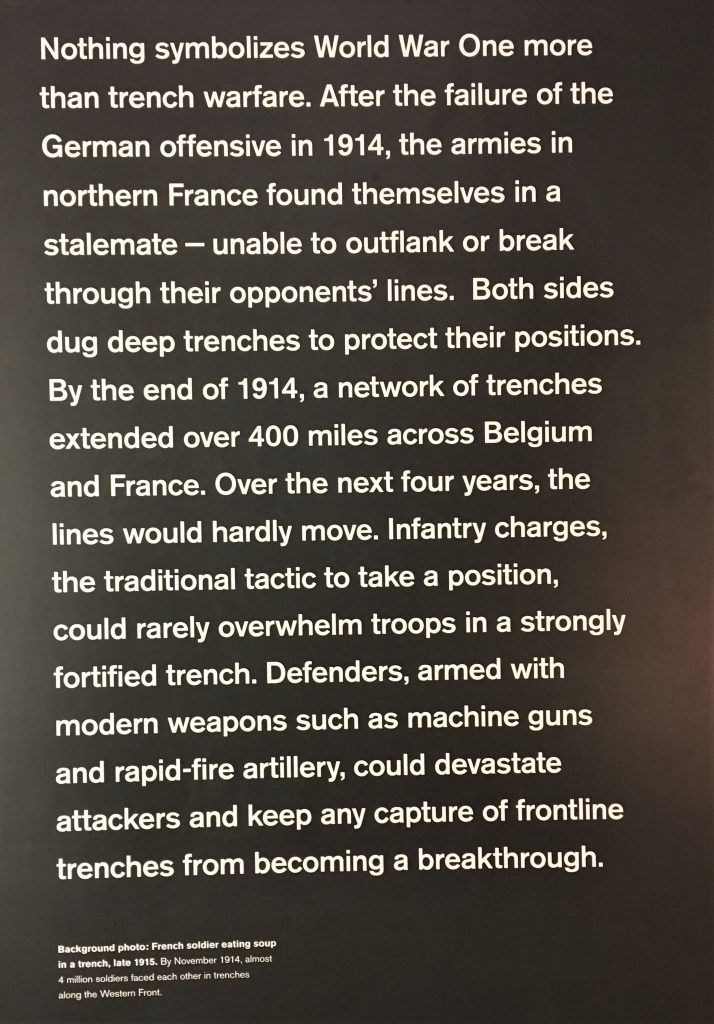
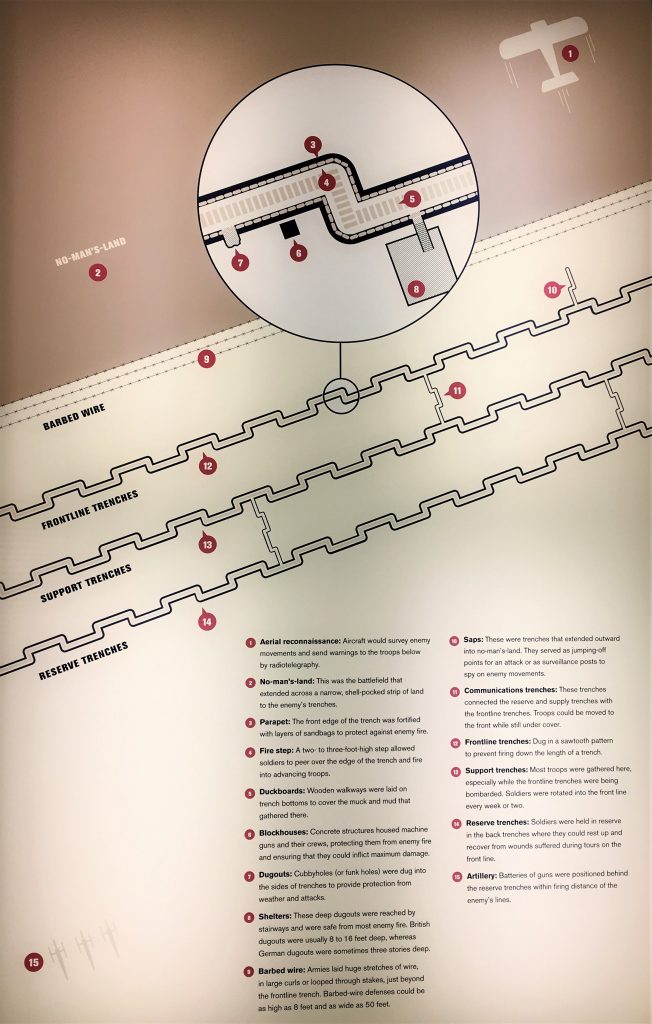
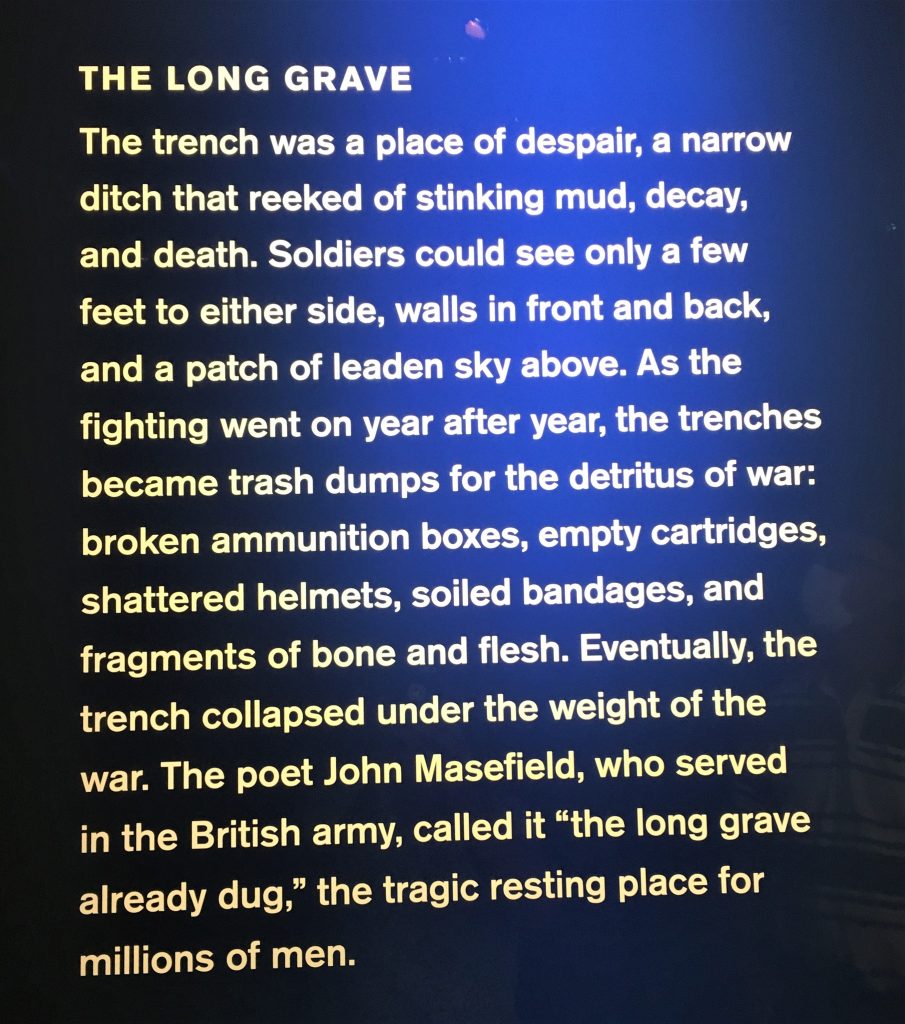
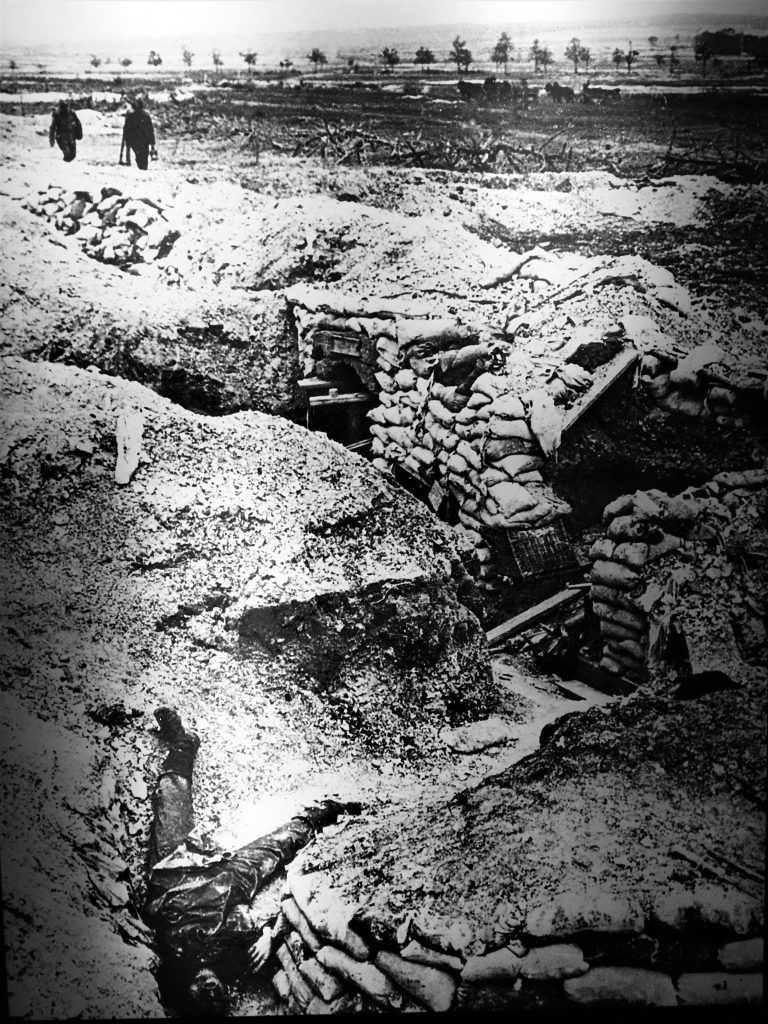
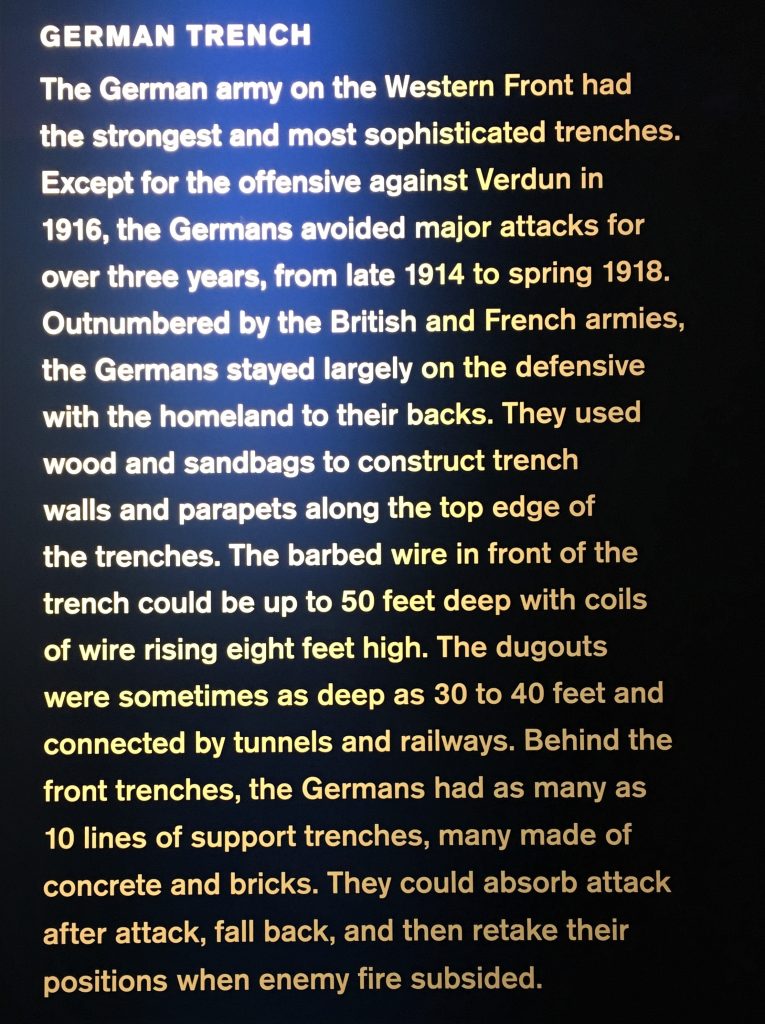
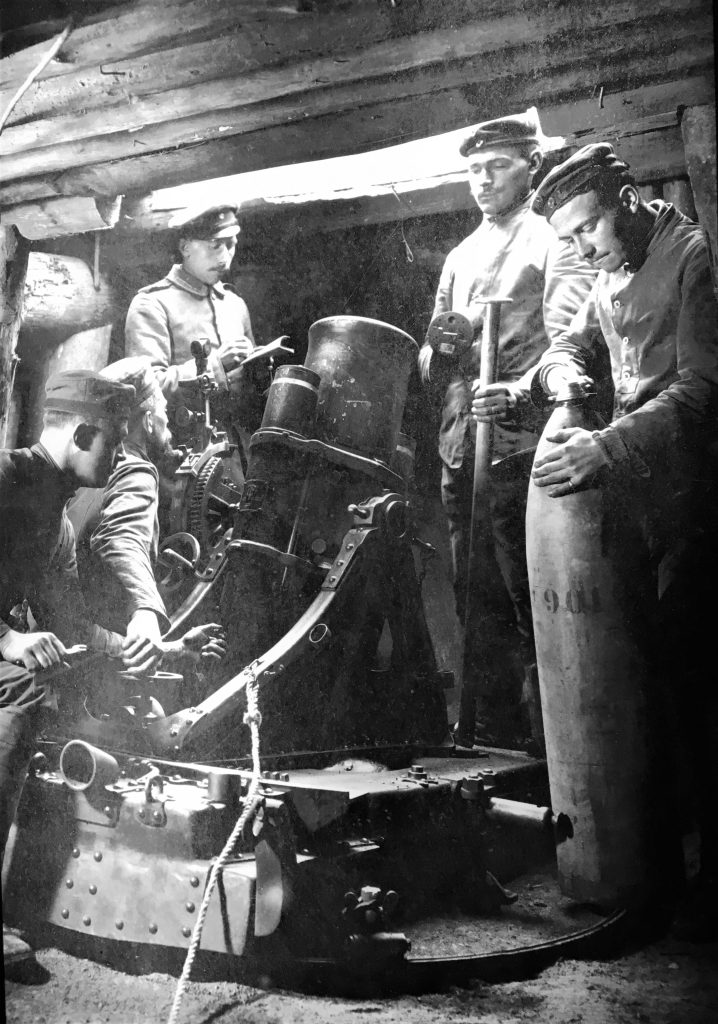
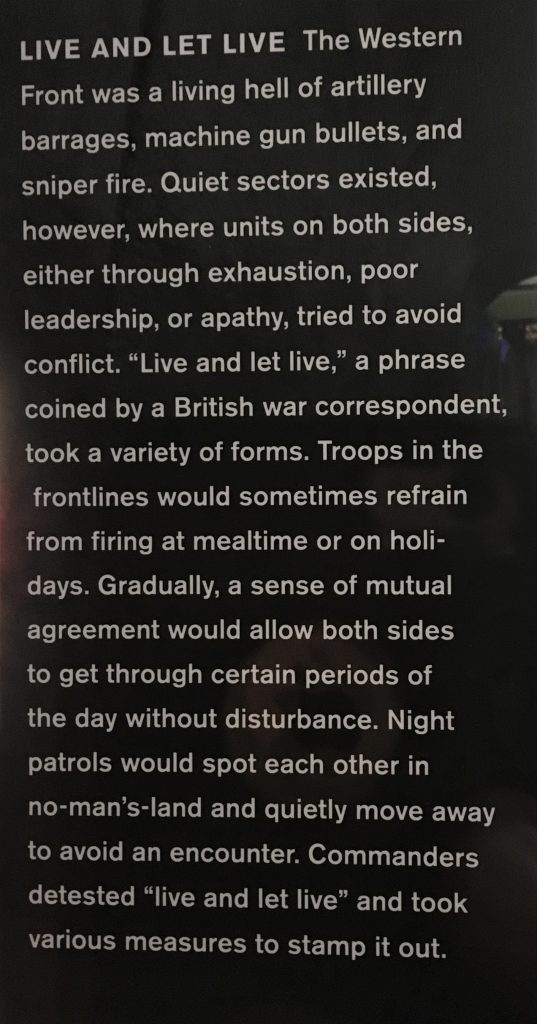
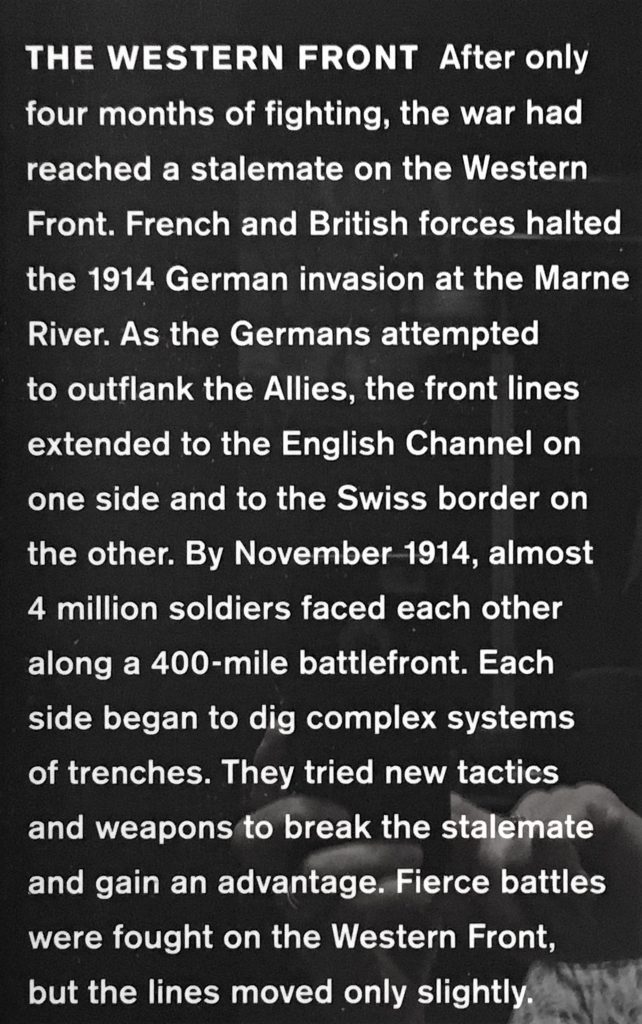
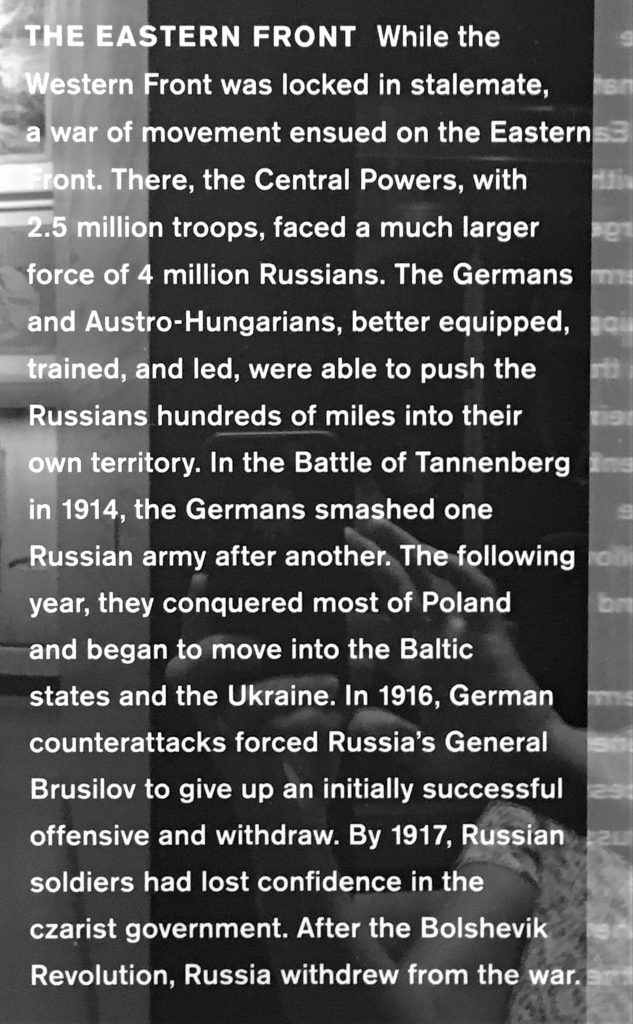
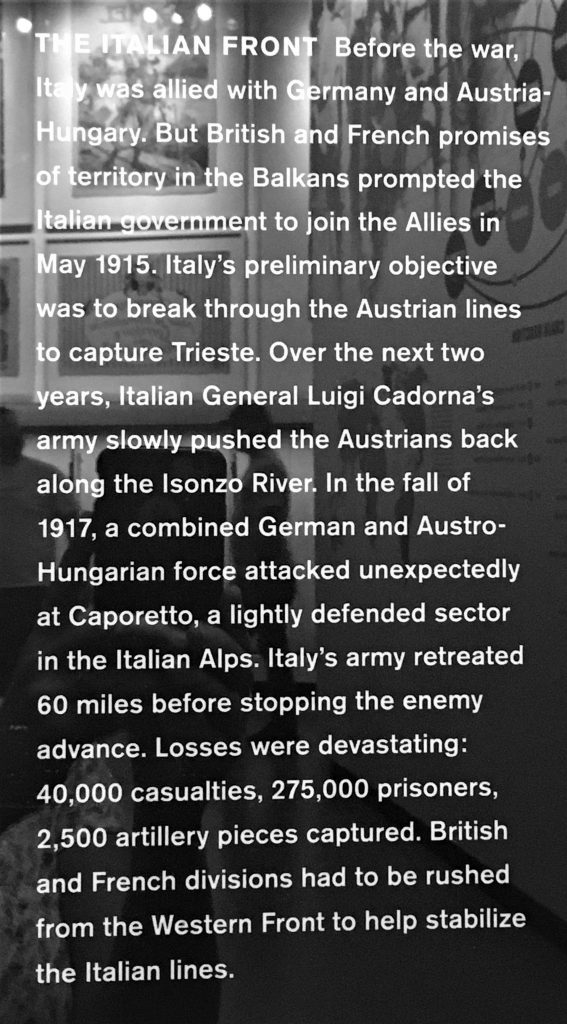
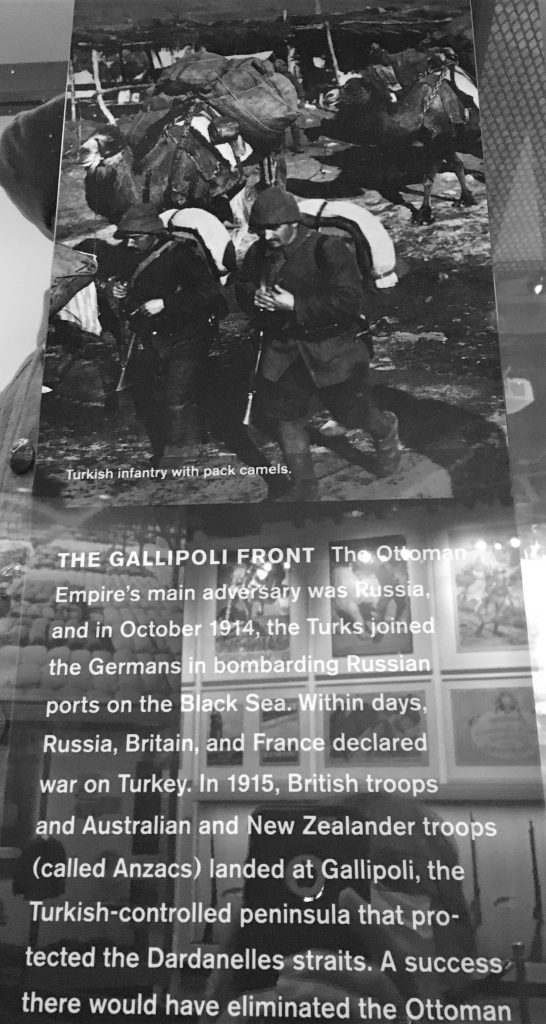
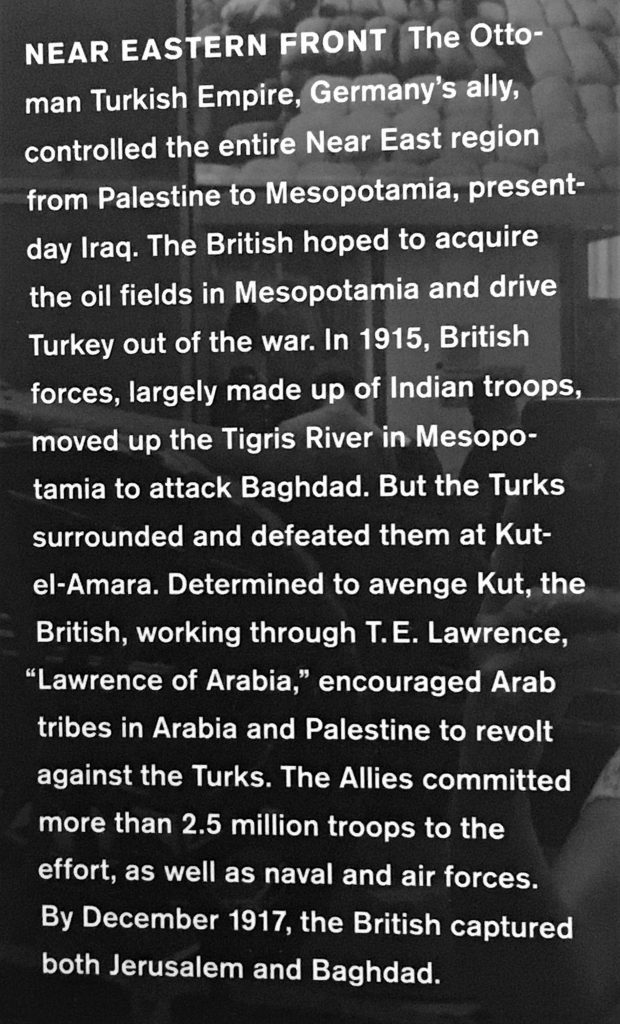
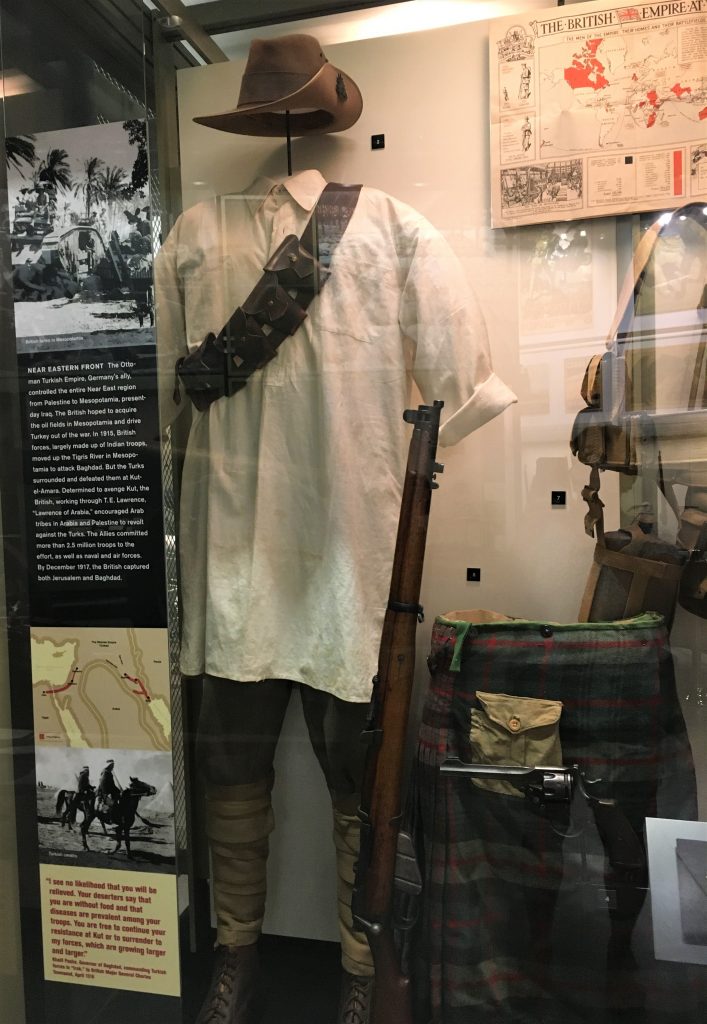
Sorry. I didn’t take a picture of the sign for proof. You’ll just have to trust me. : )
Australia was involved because they were a British colony.
By the way, did you know that colonization of Australia by Britain
began by Britain using it as a penal colony in 1788?
Nearly 800 prisoners, a few guards and 11 ship captains.
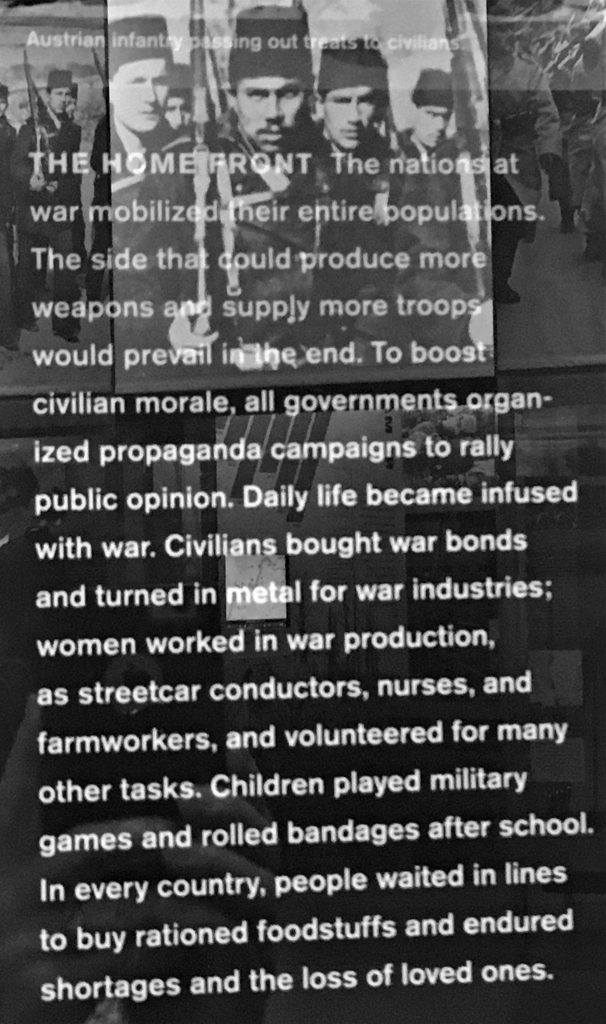


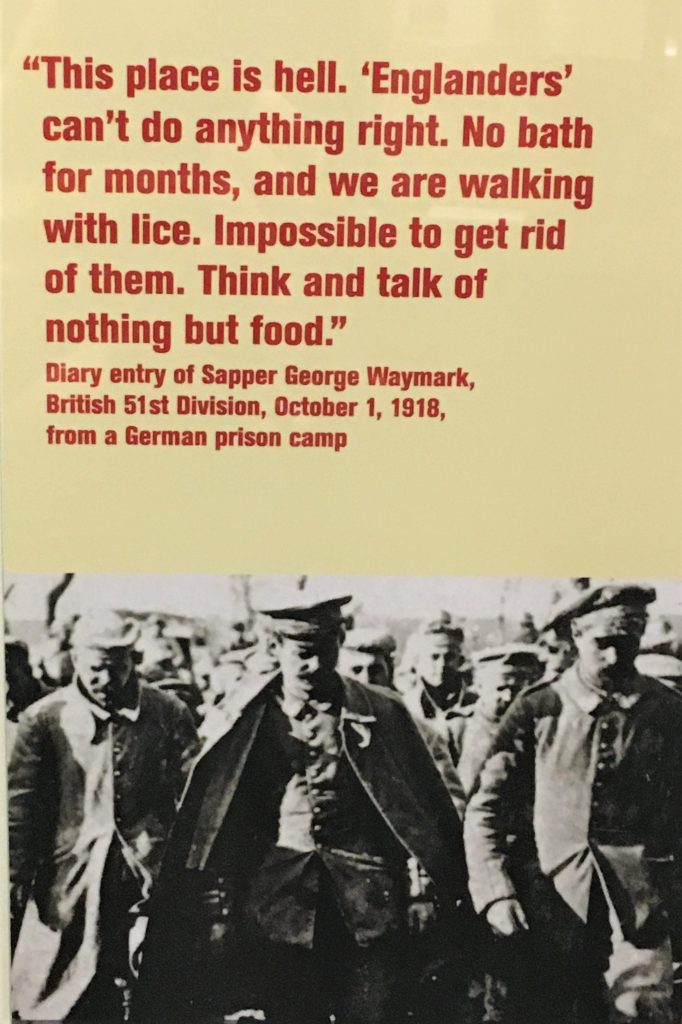
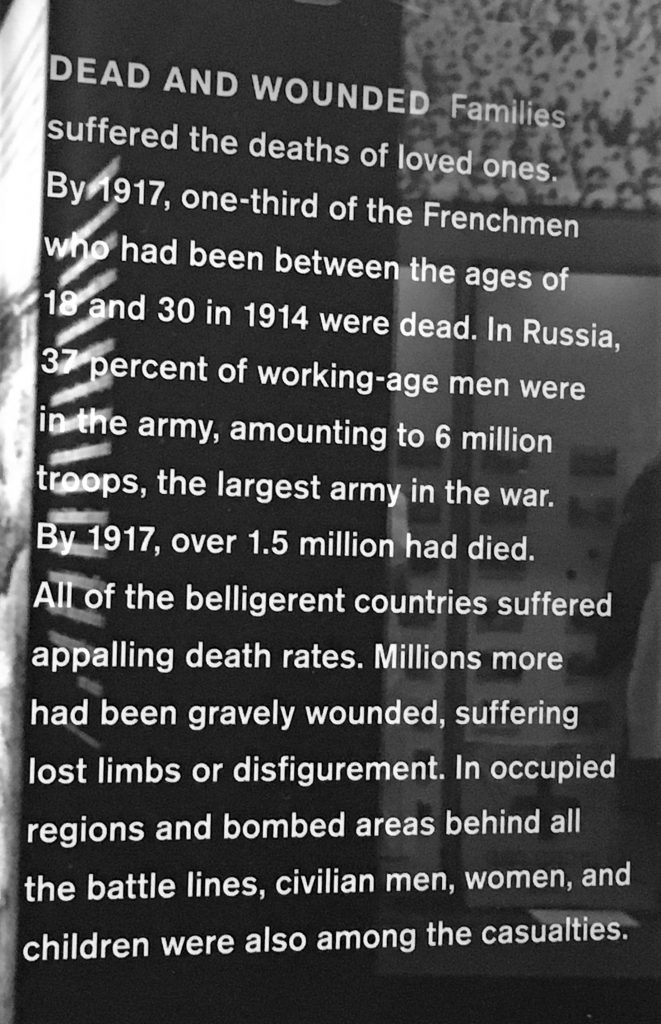
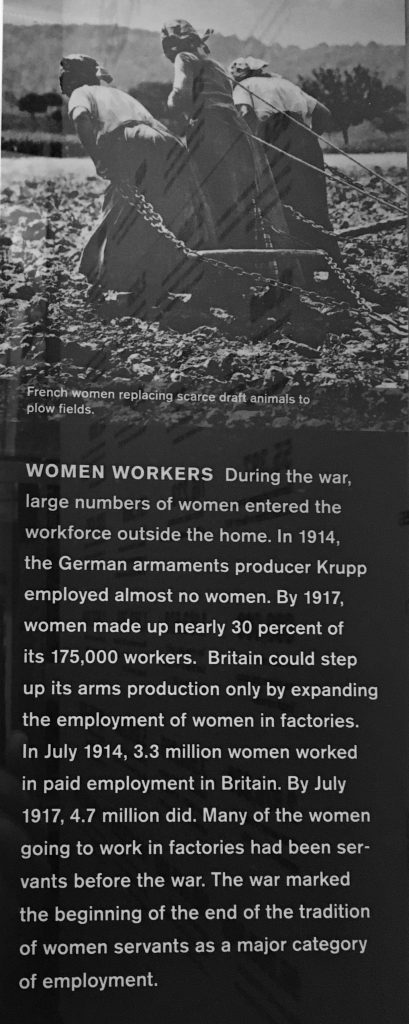
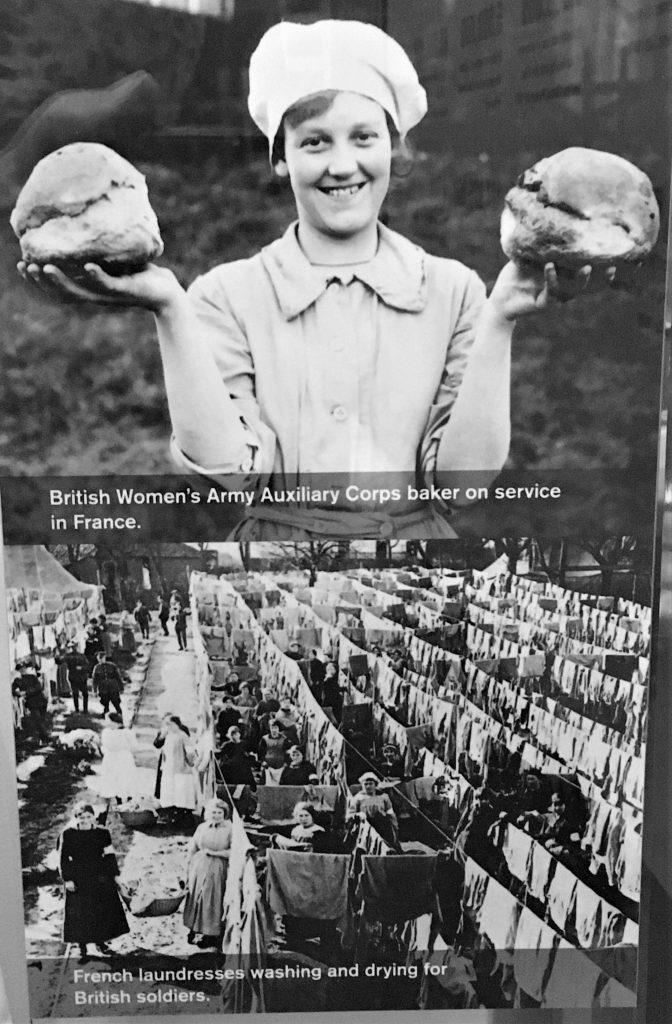

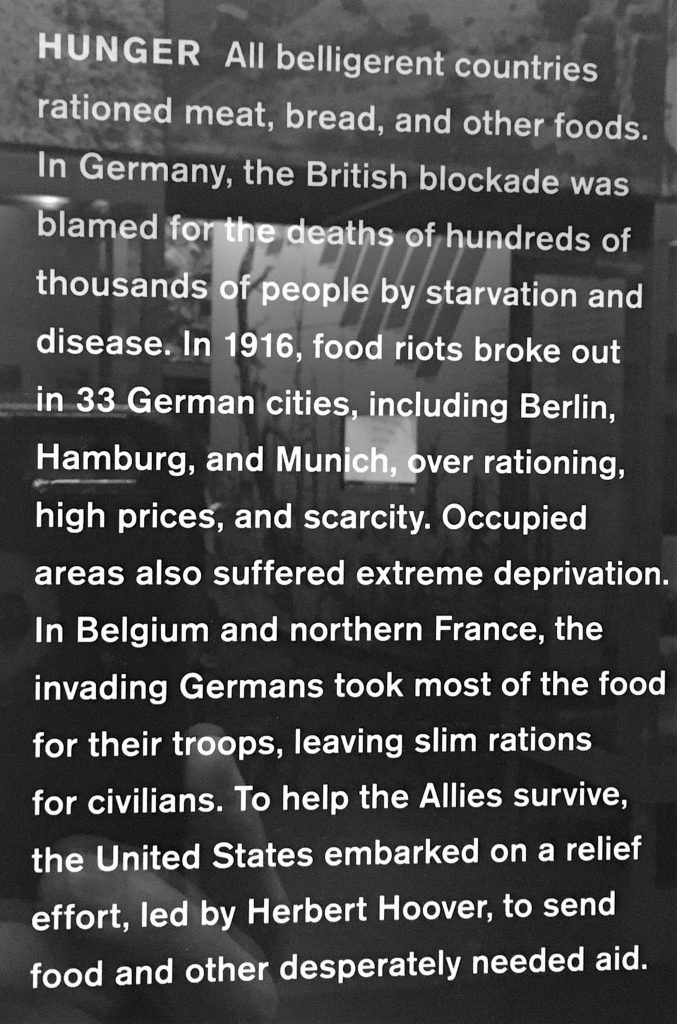
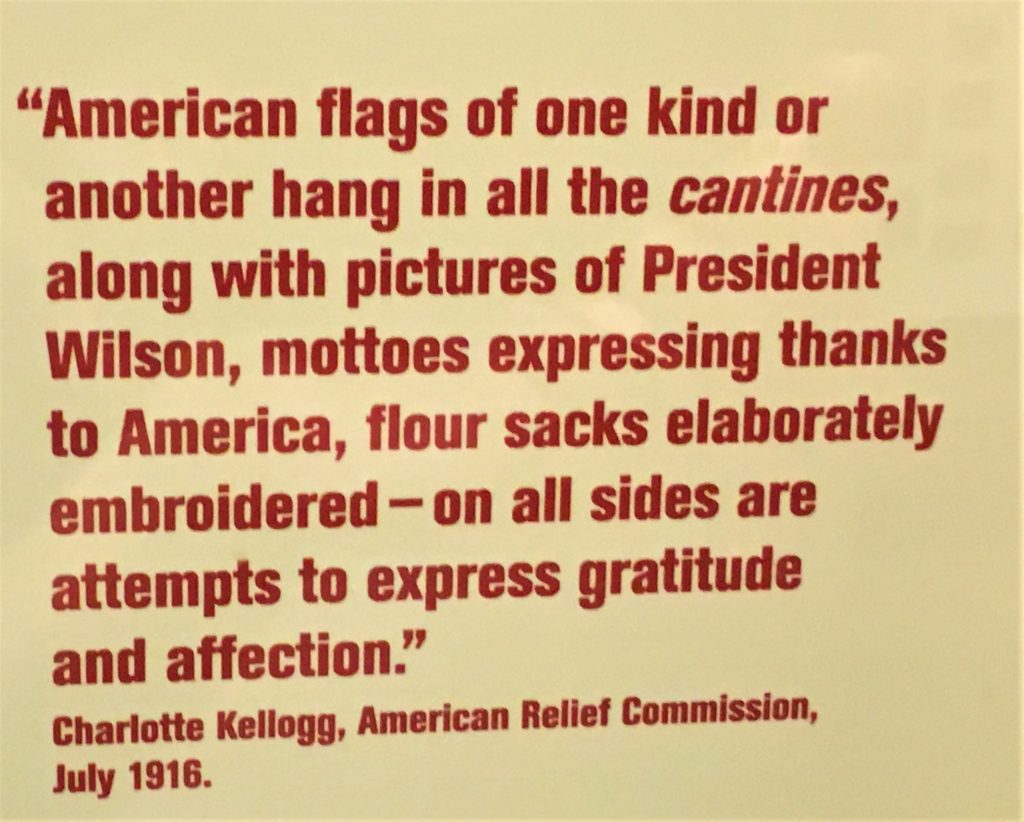
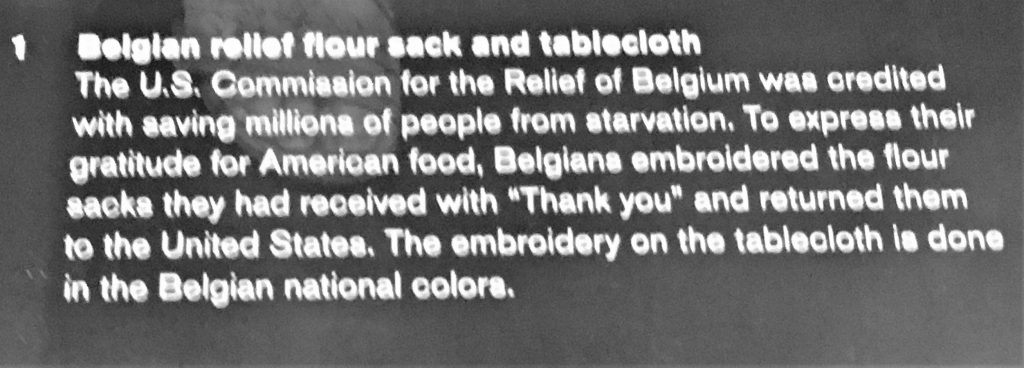
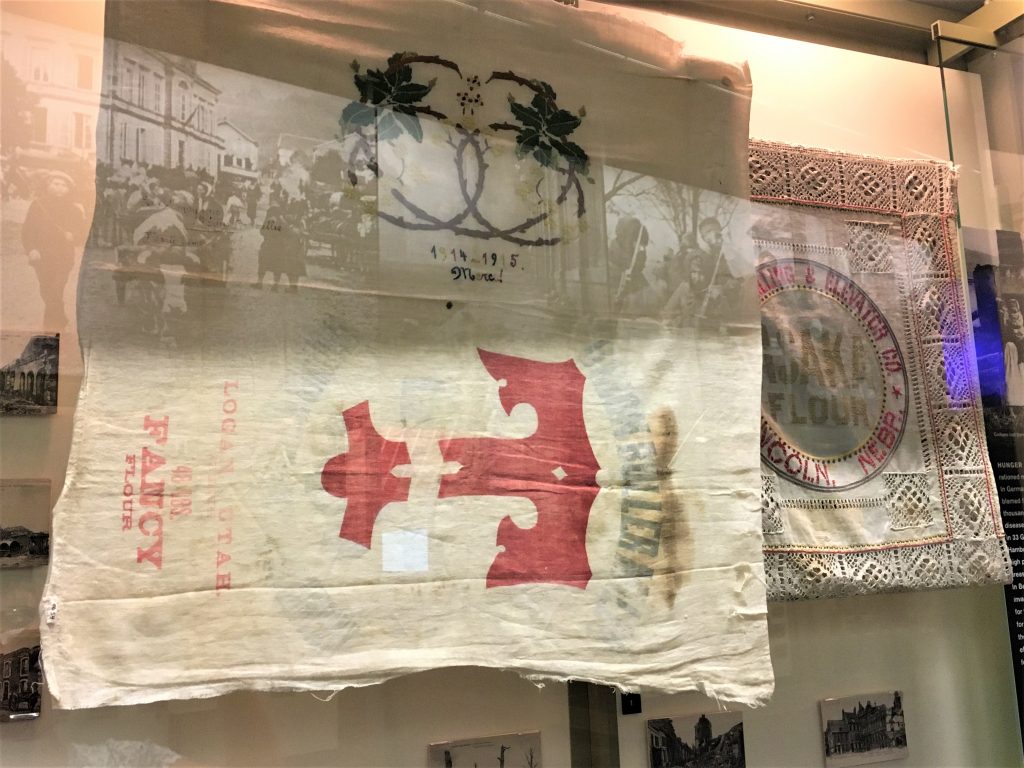
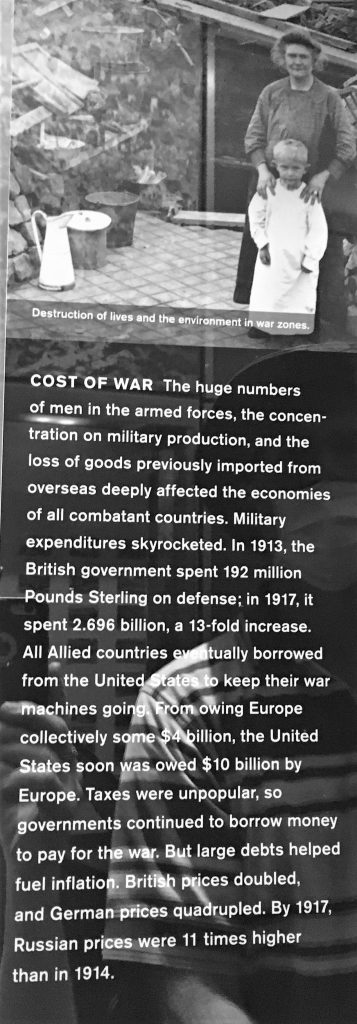
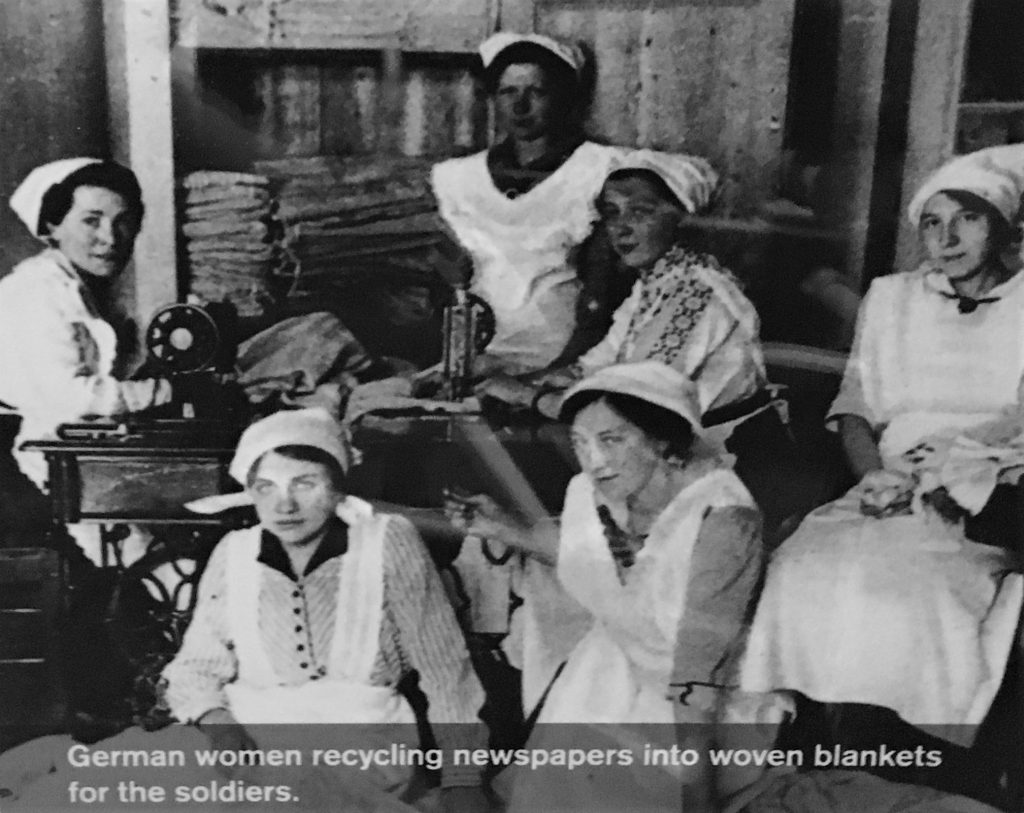
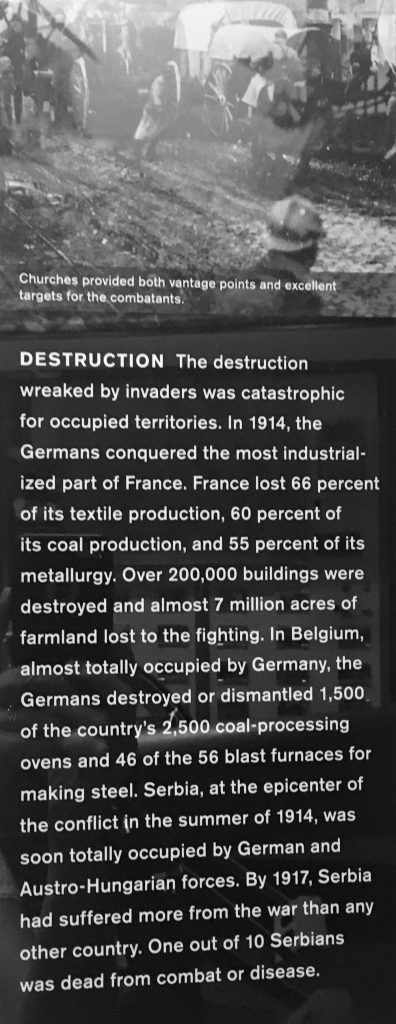
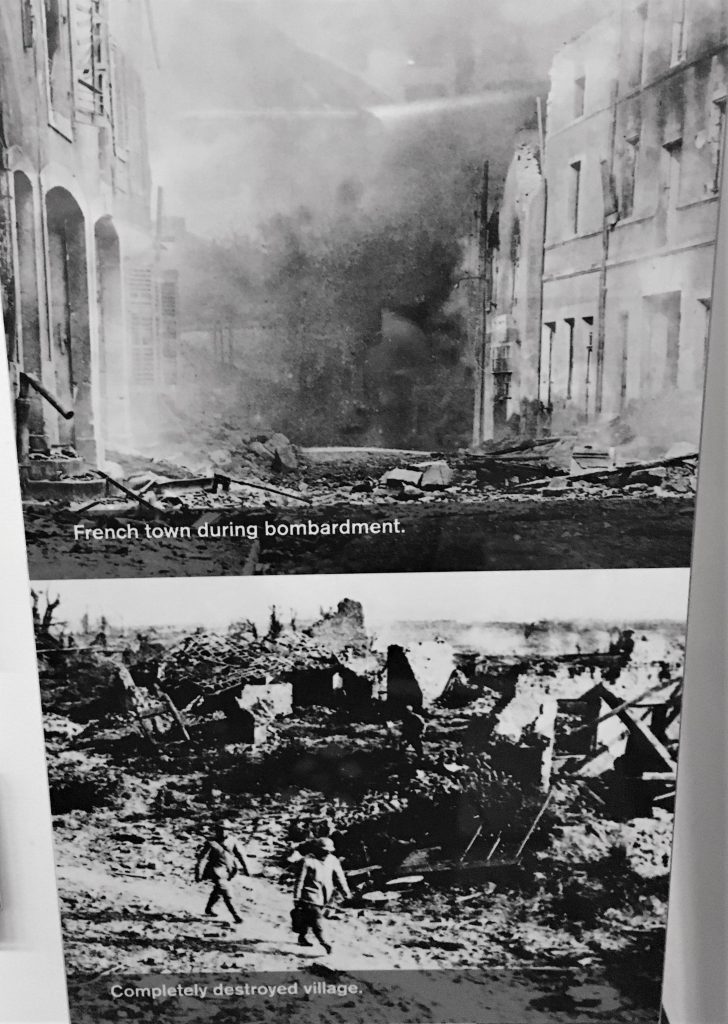
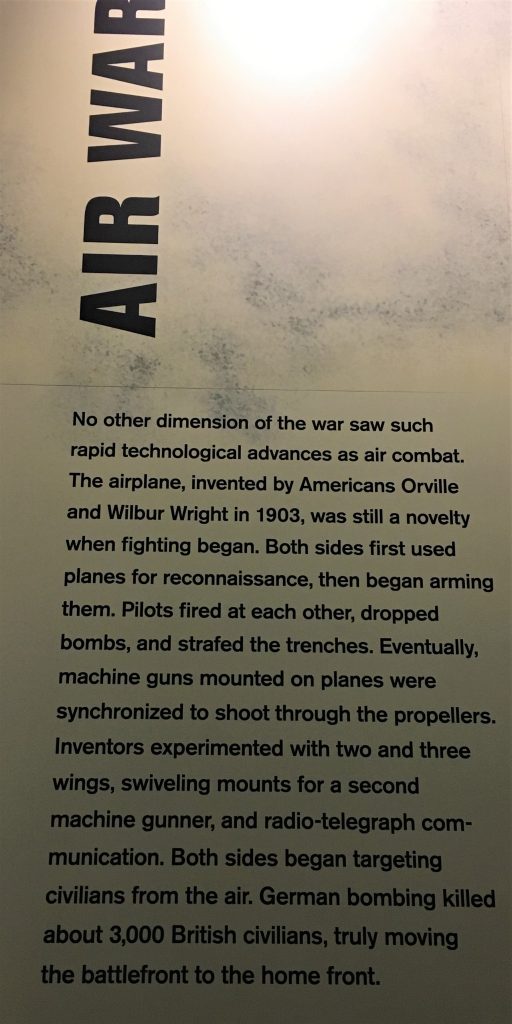
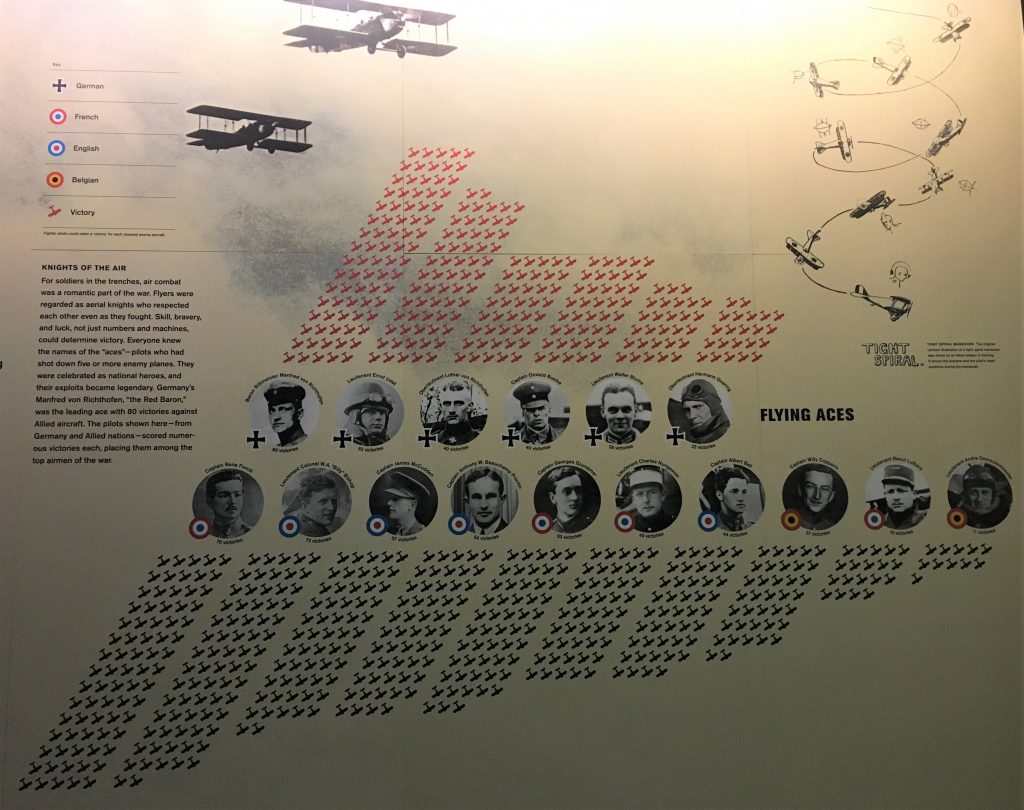

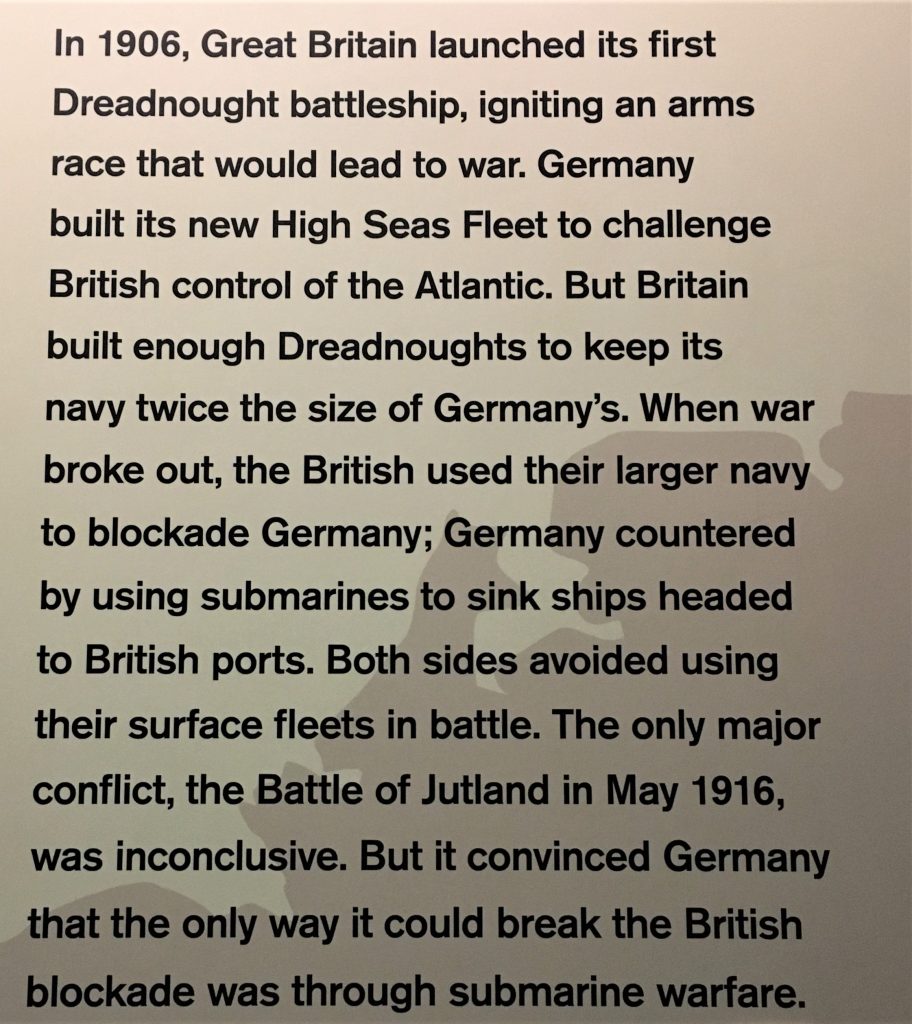
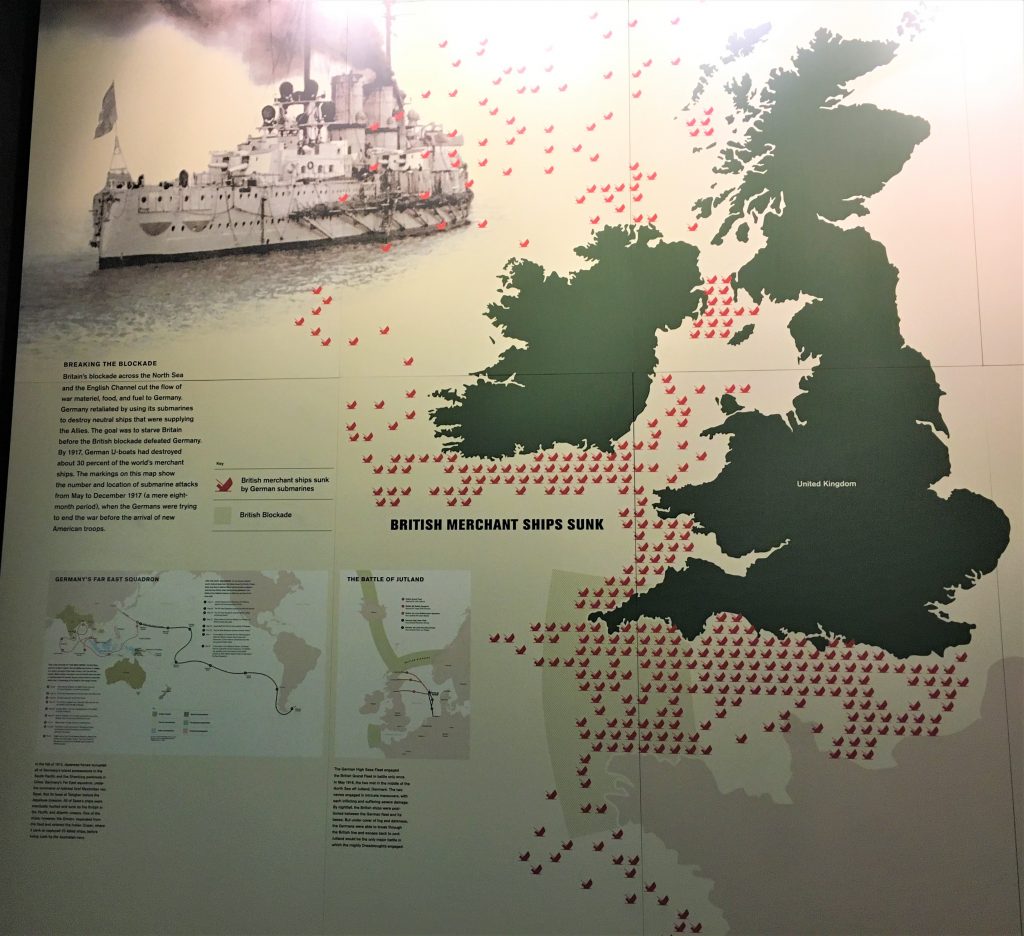
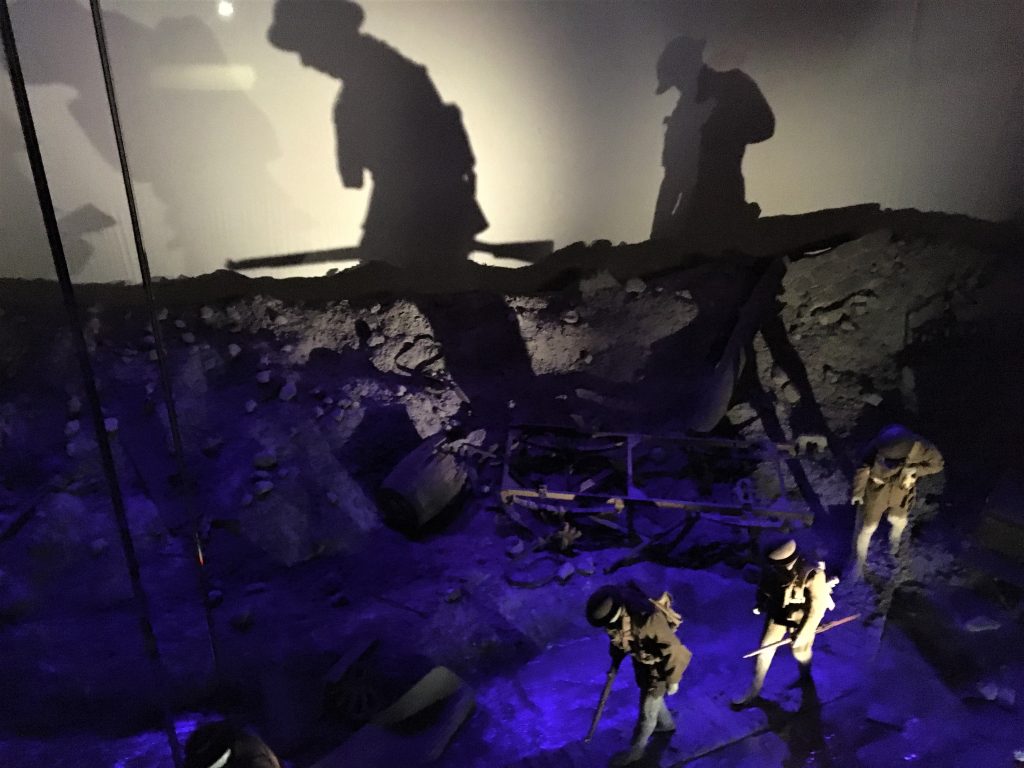
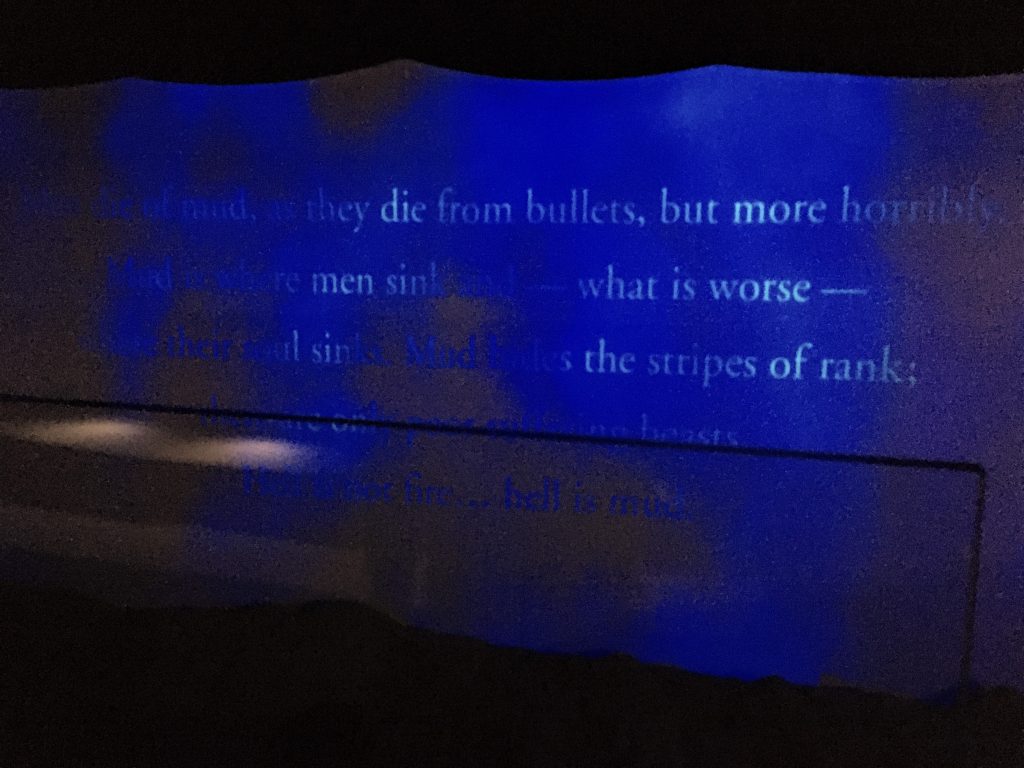
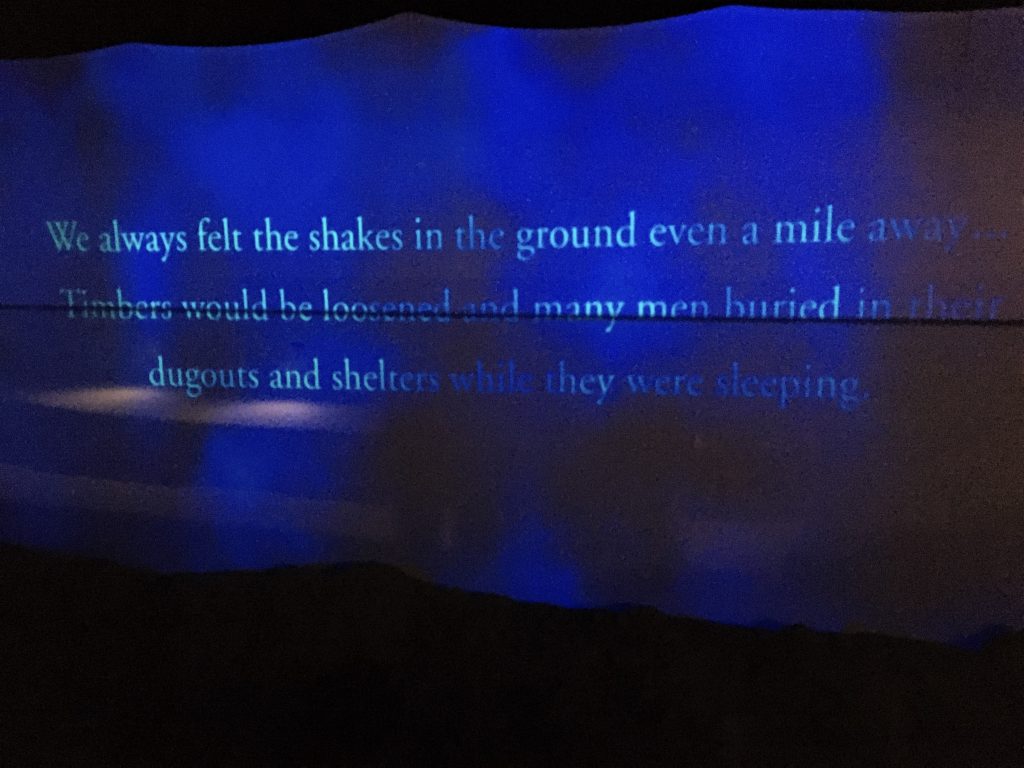
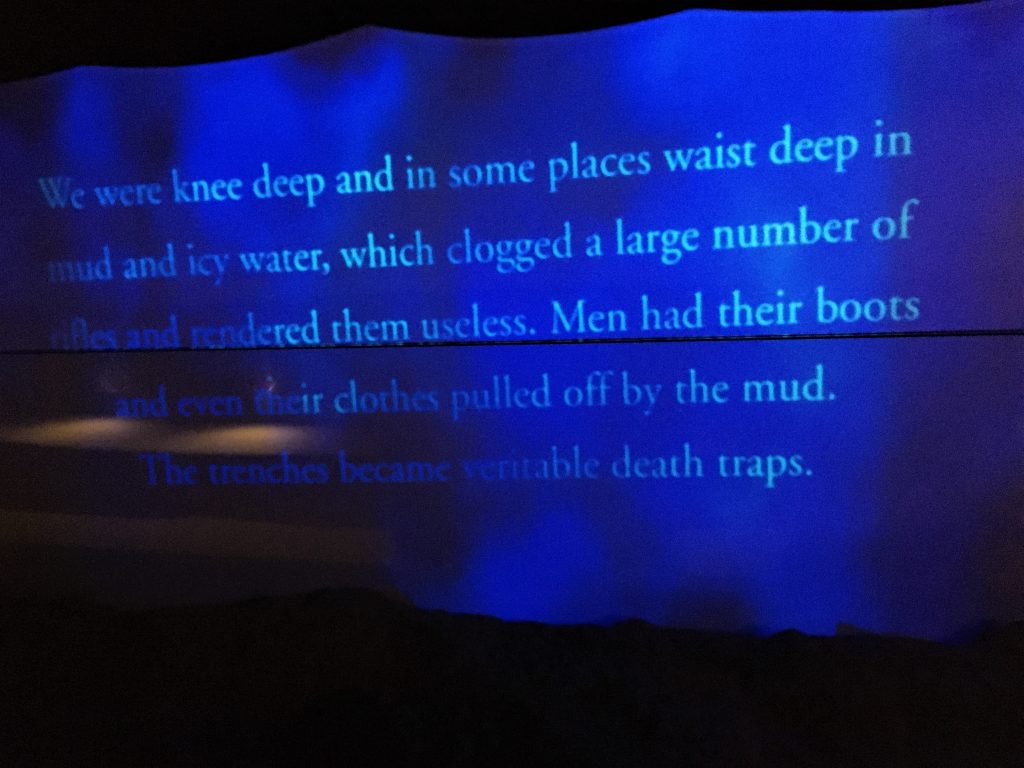
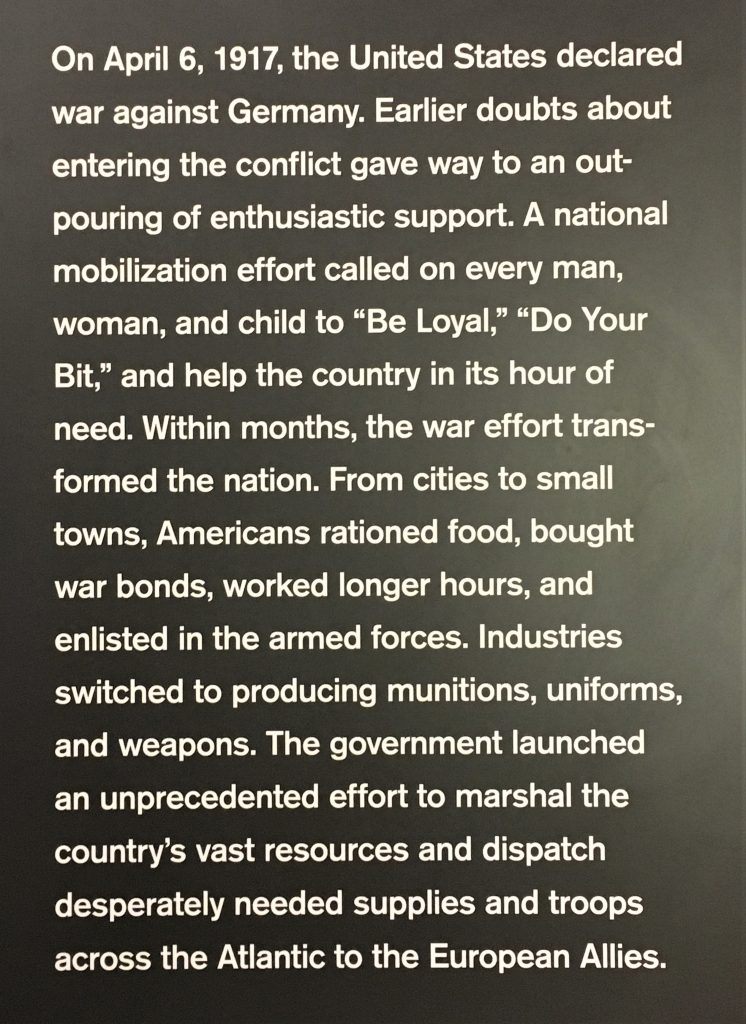
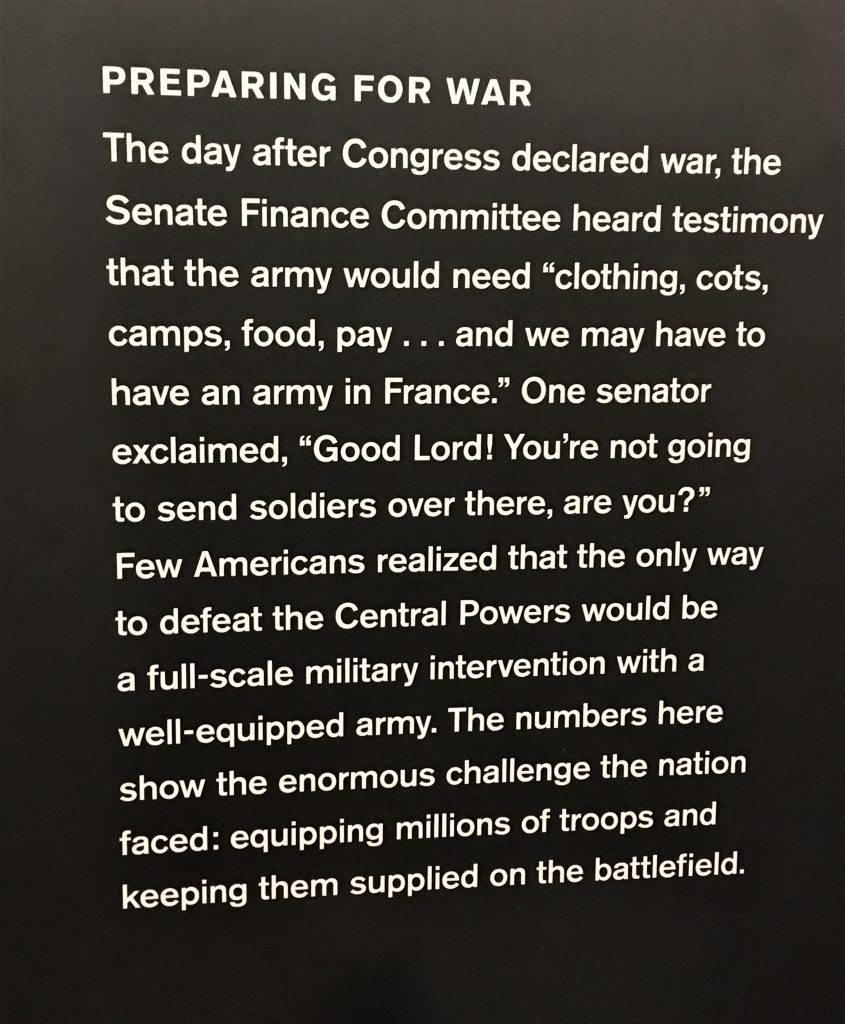
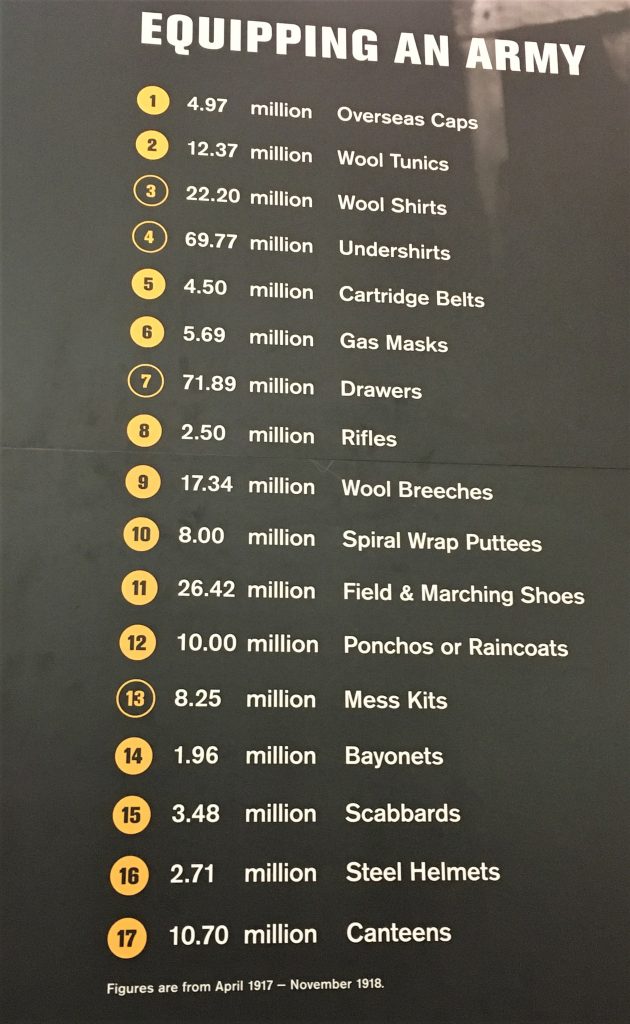
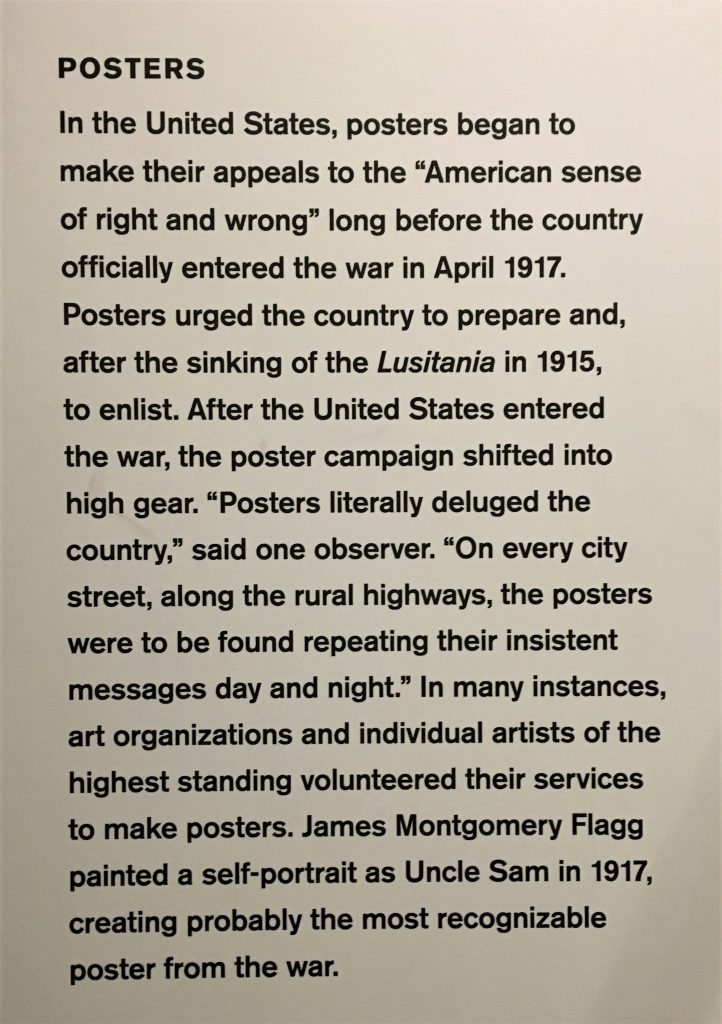
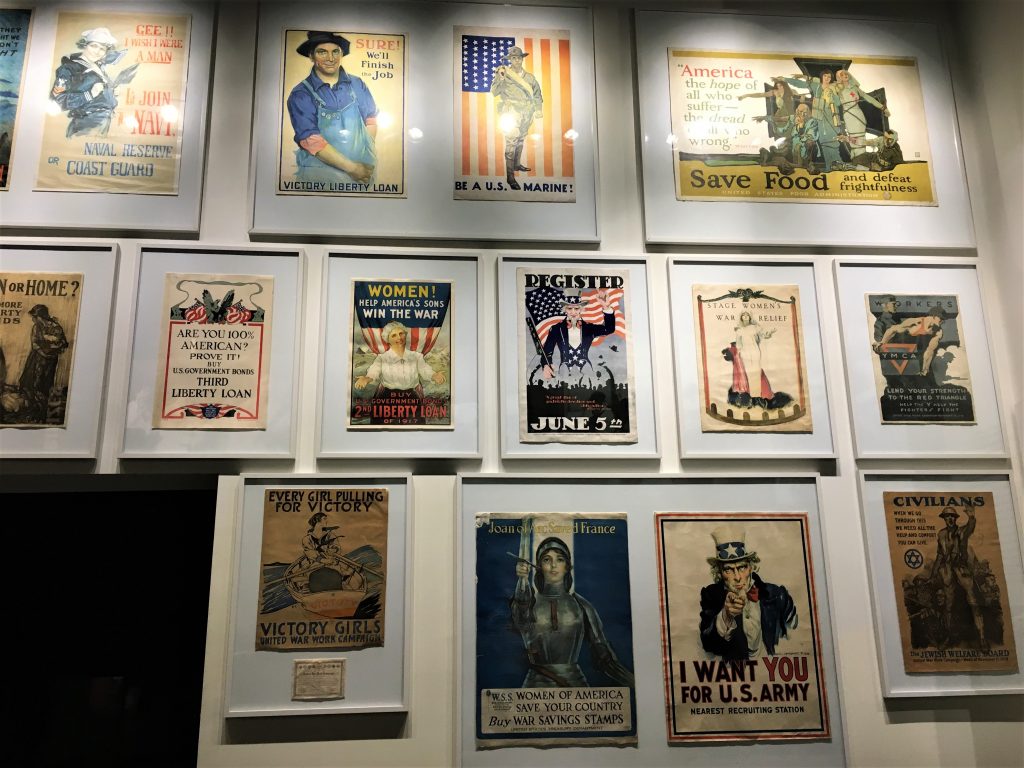
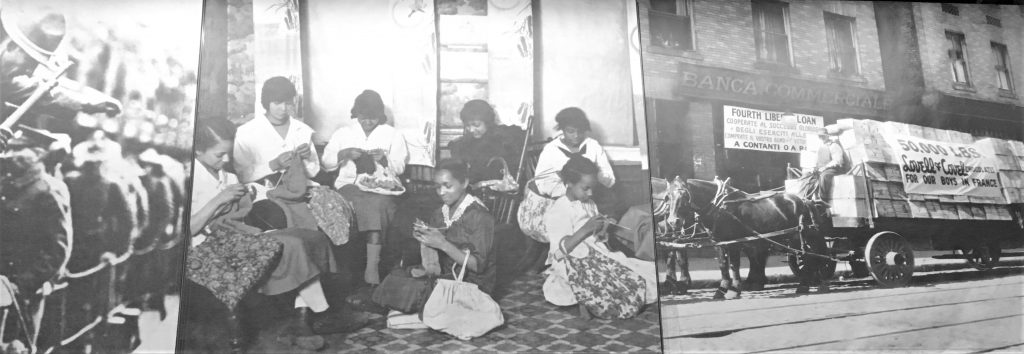
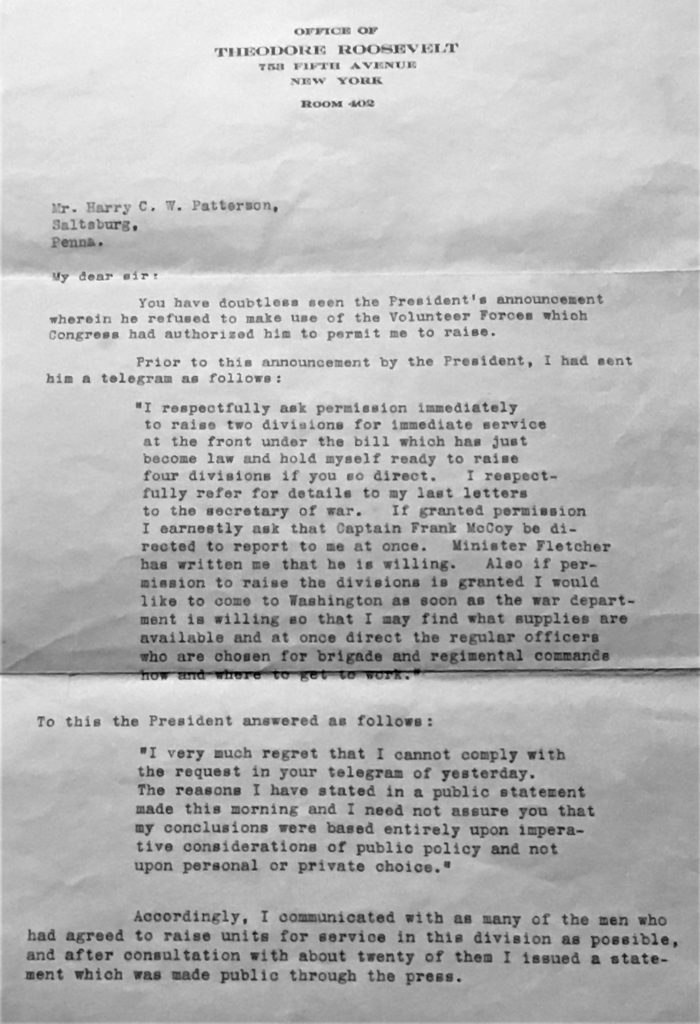
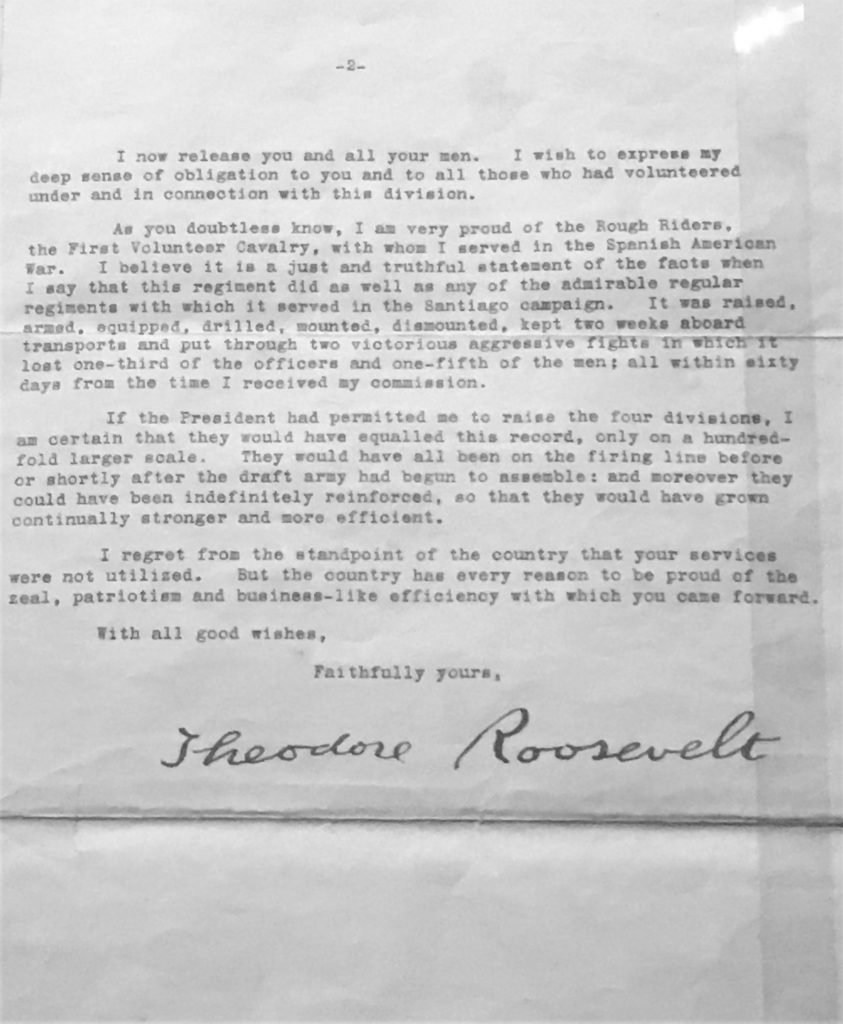
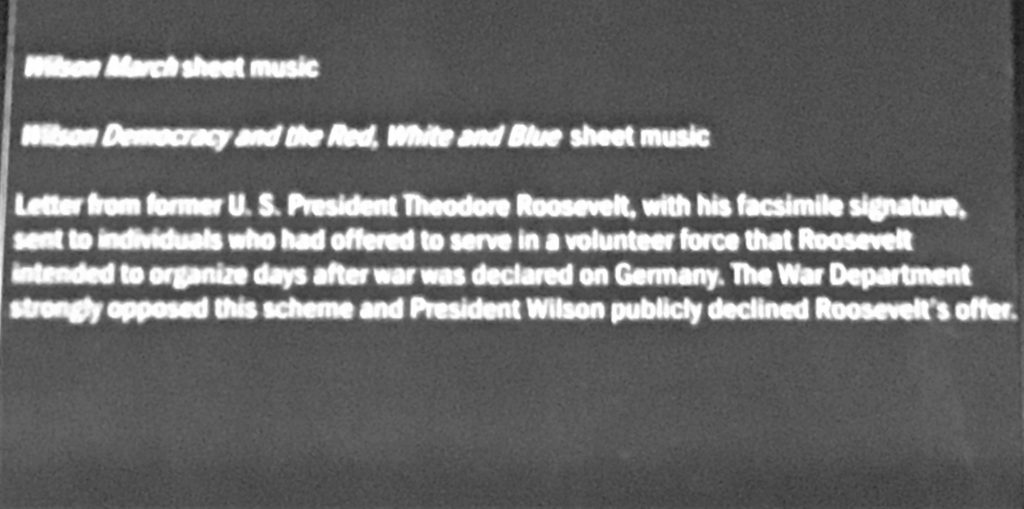

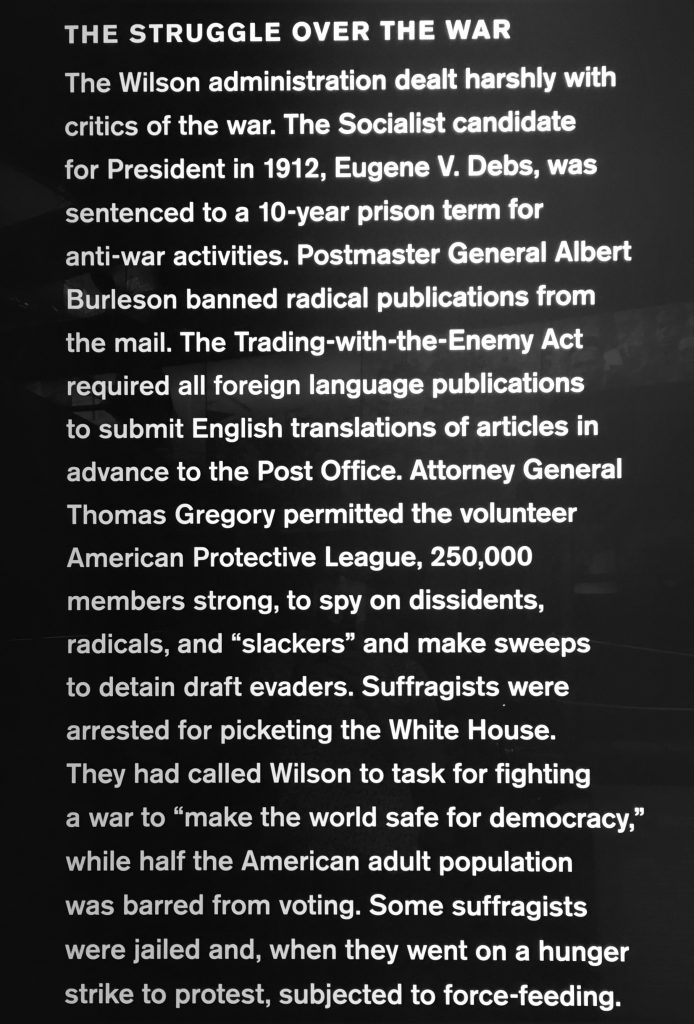
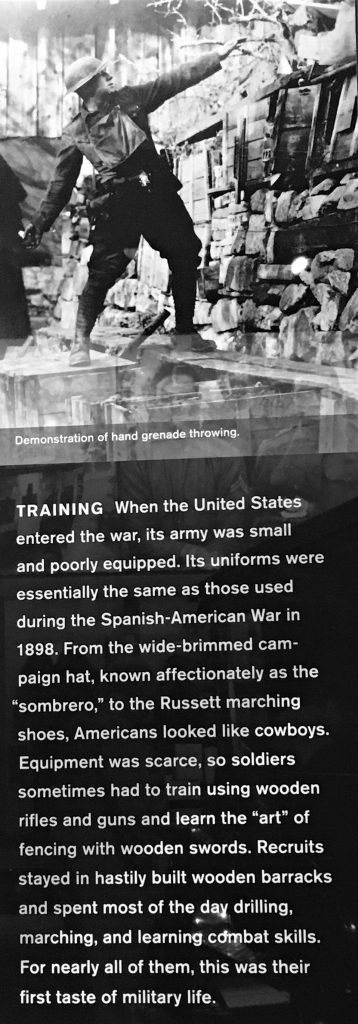
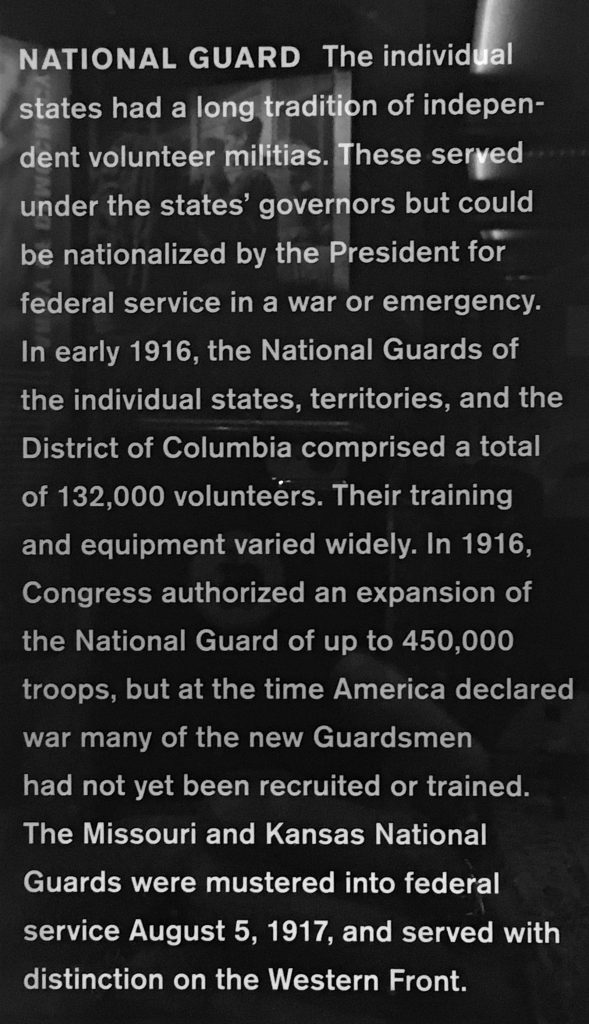


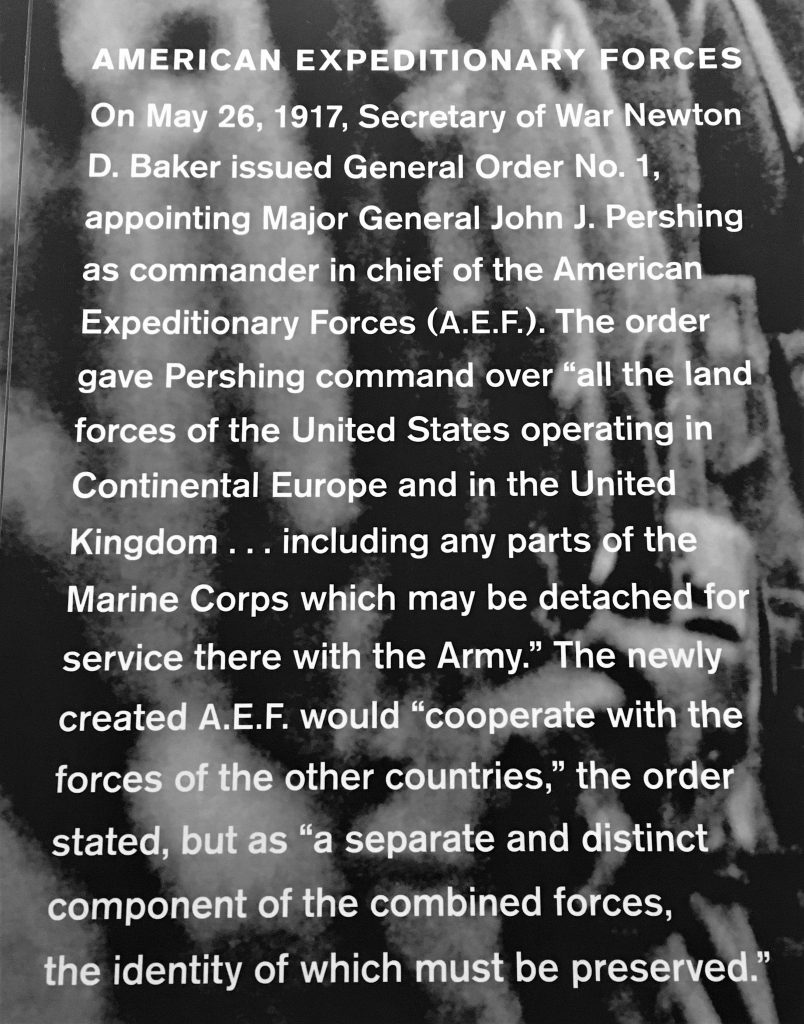
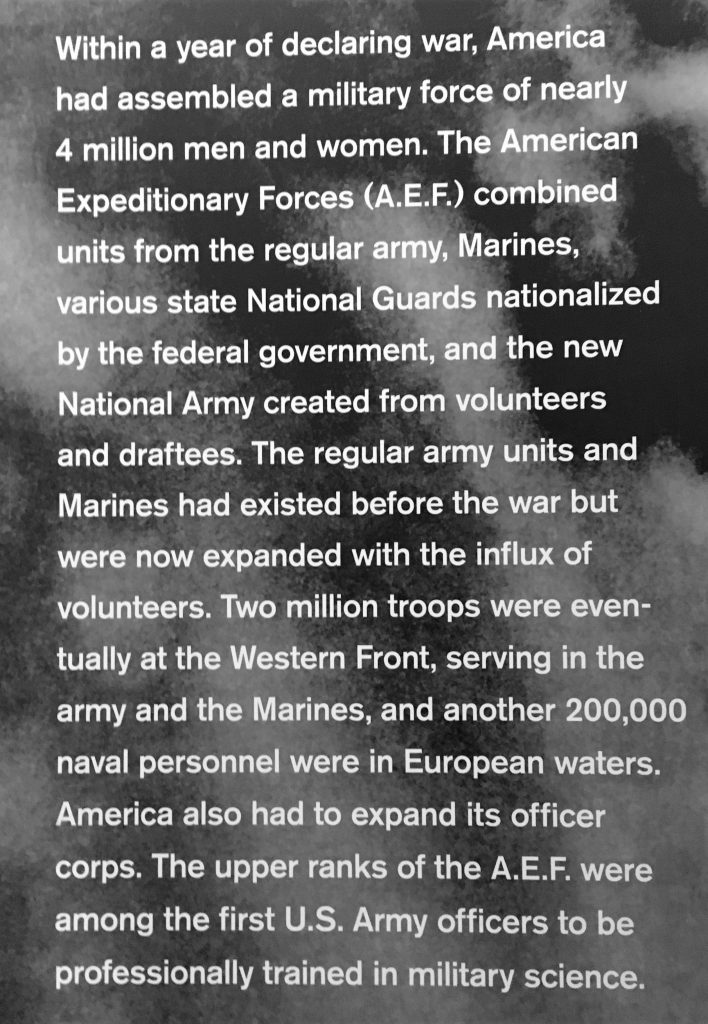
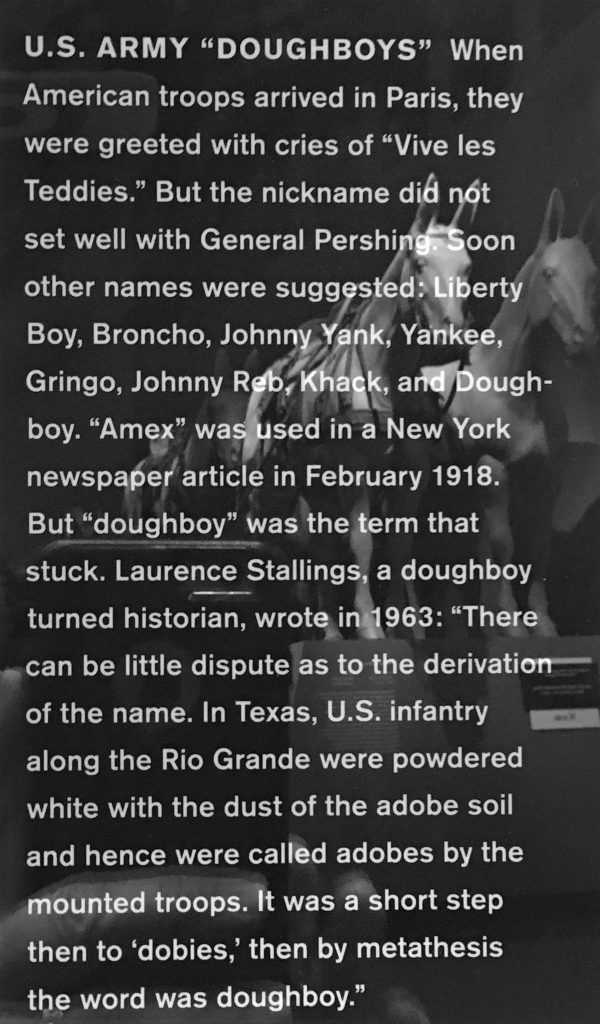

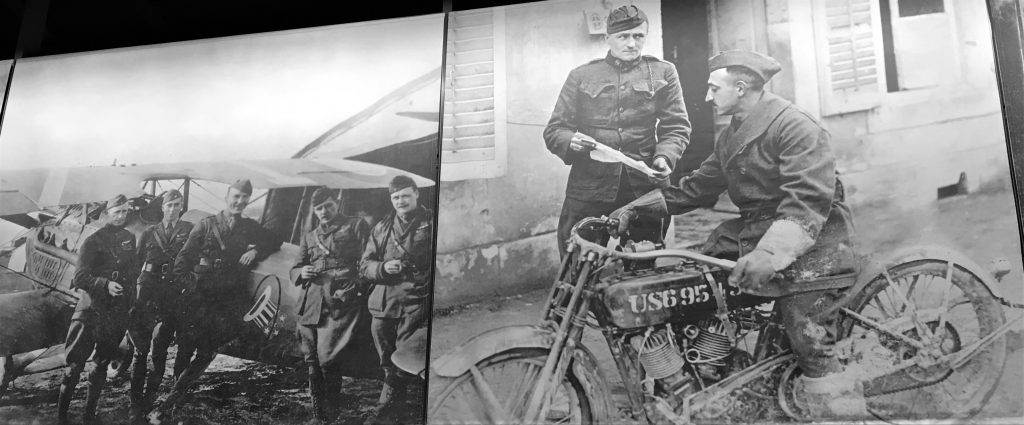
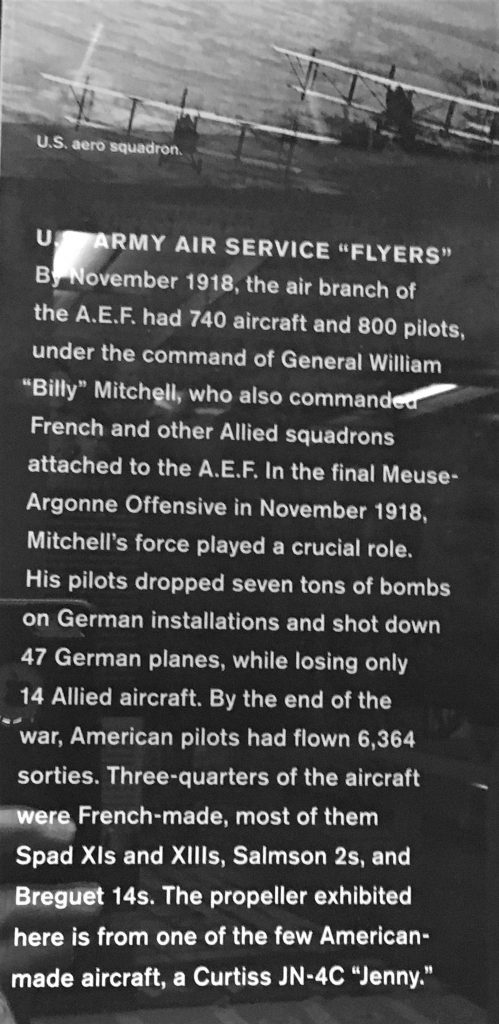


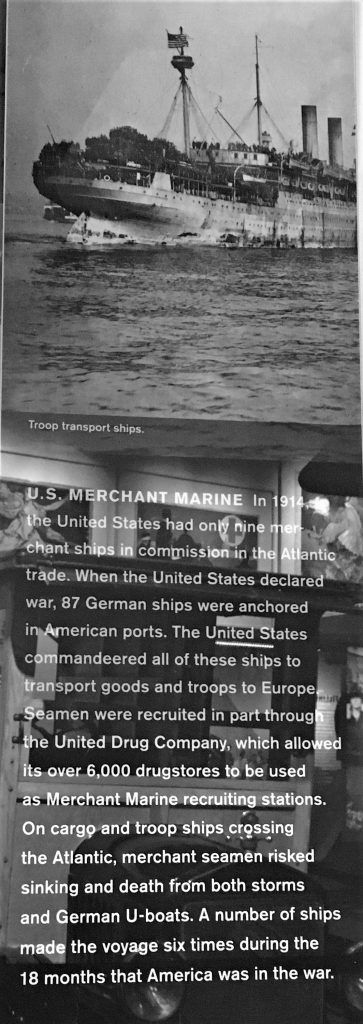
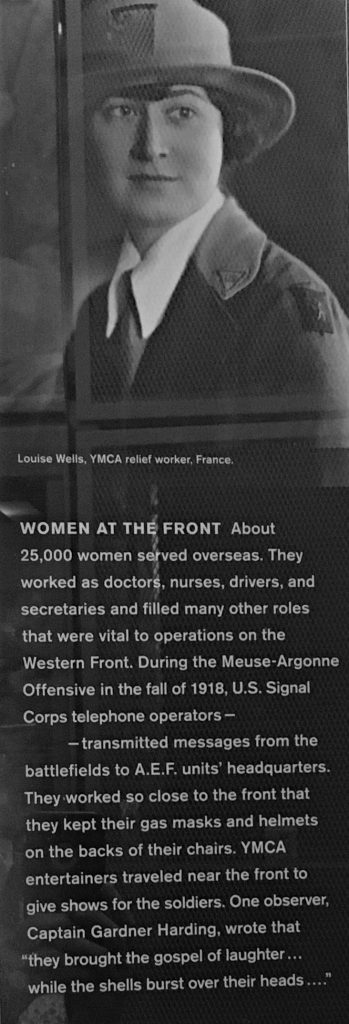
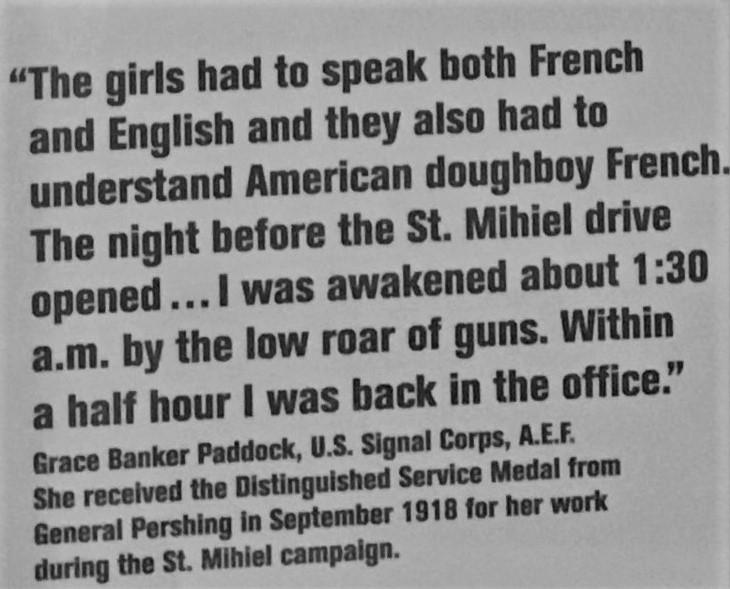
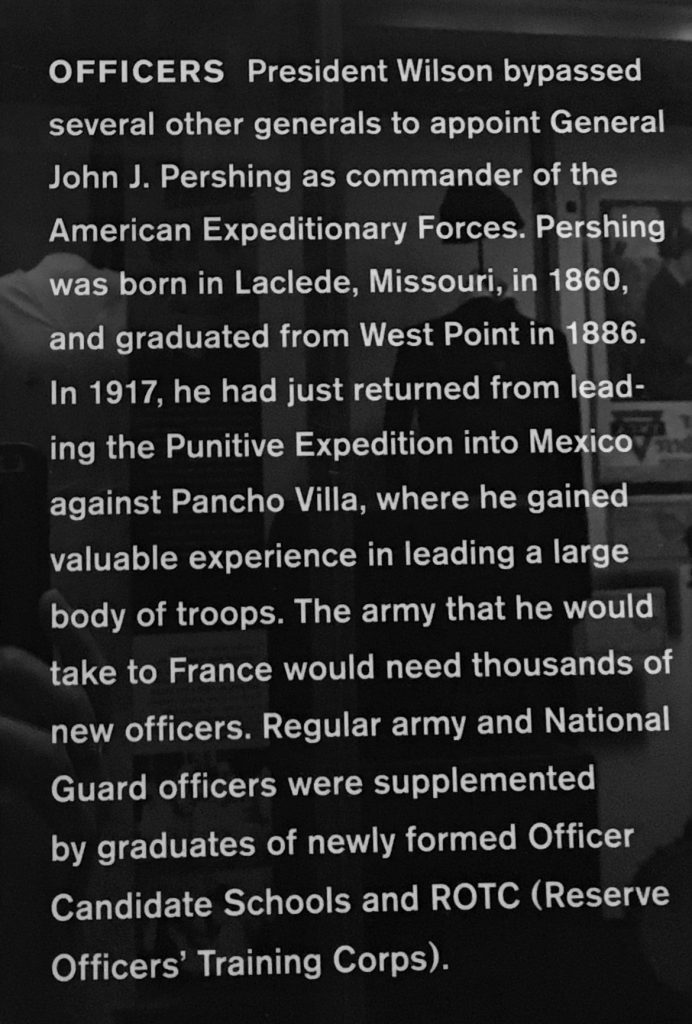
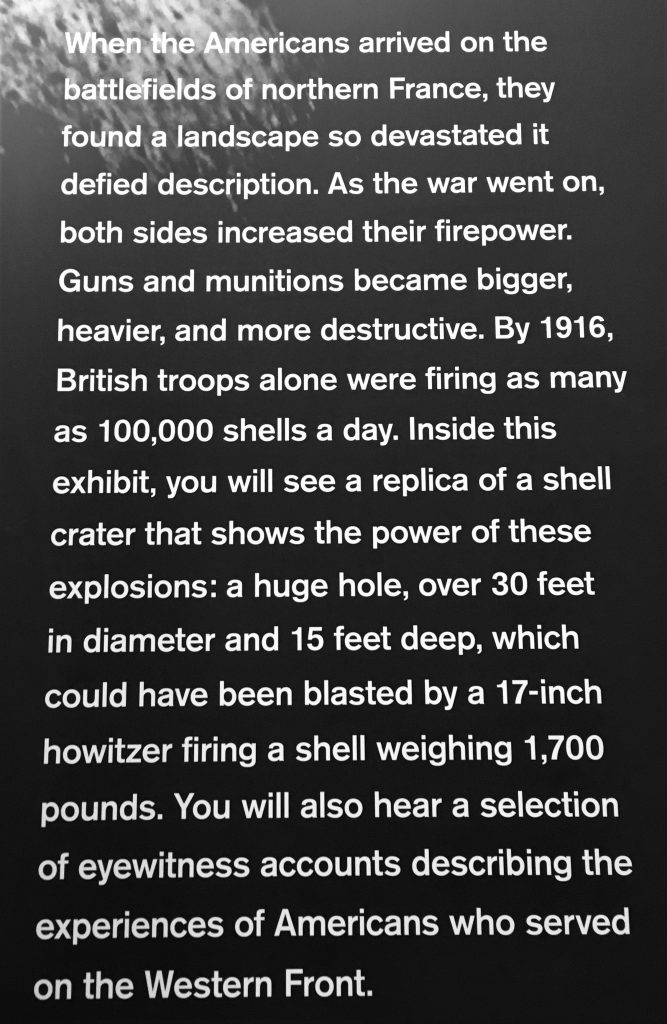
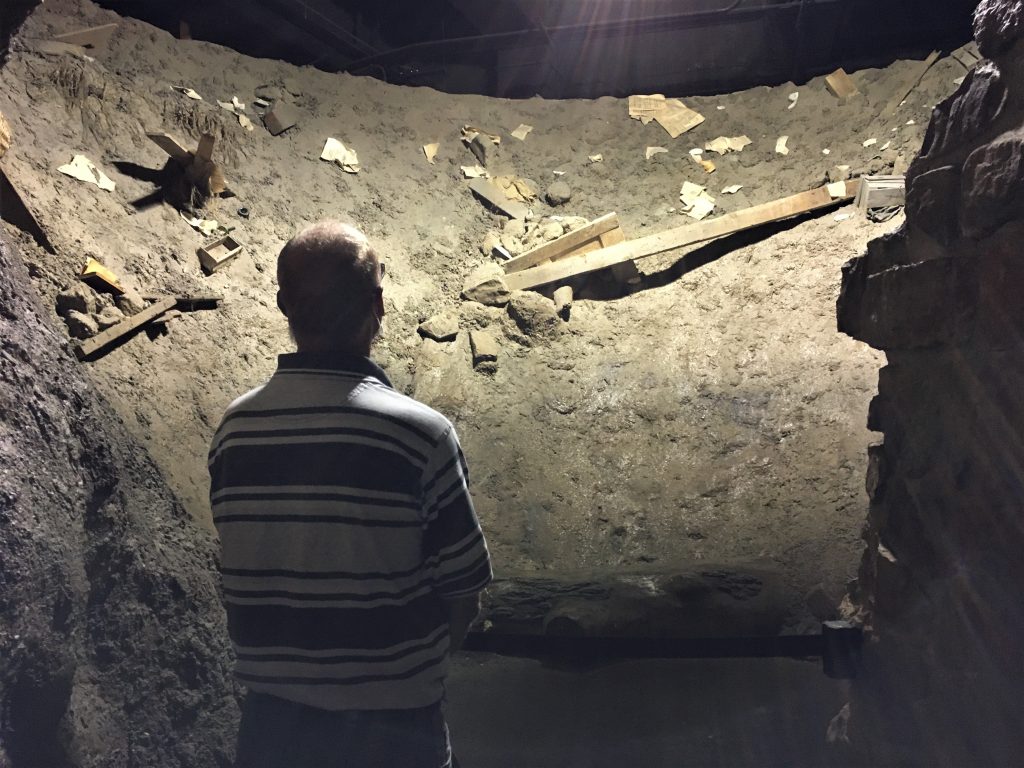
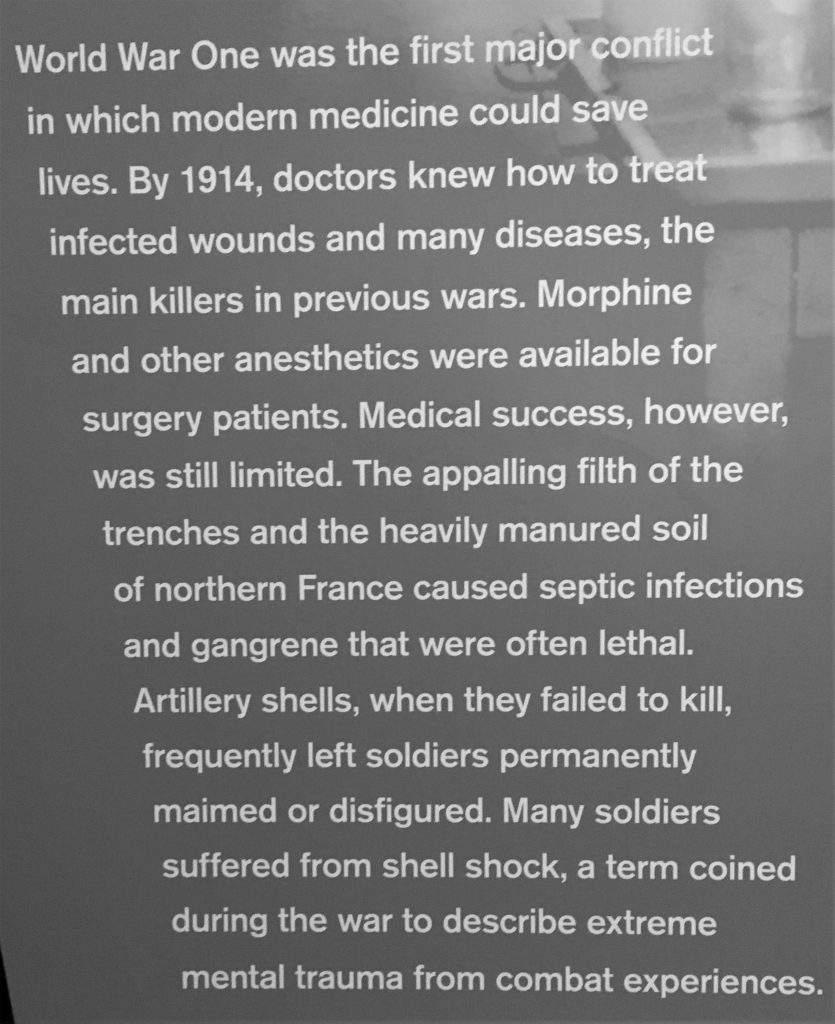
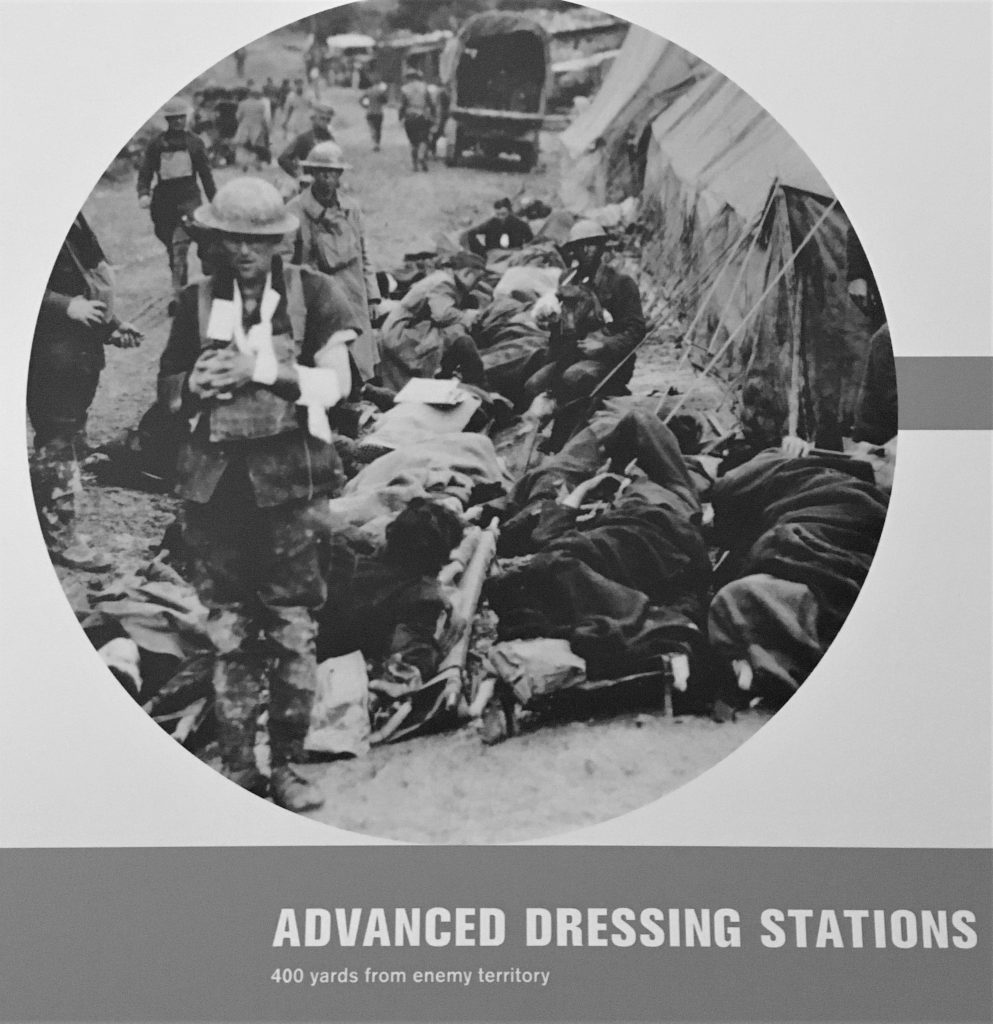
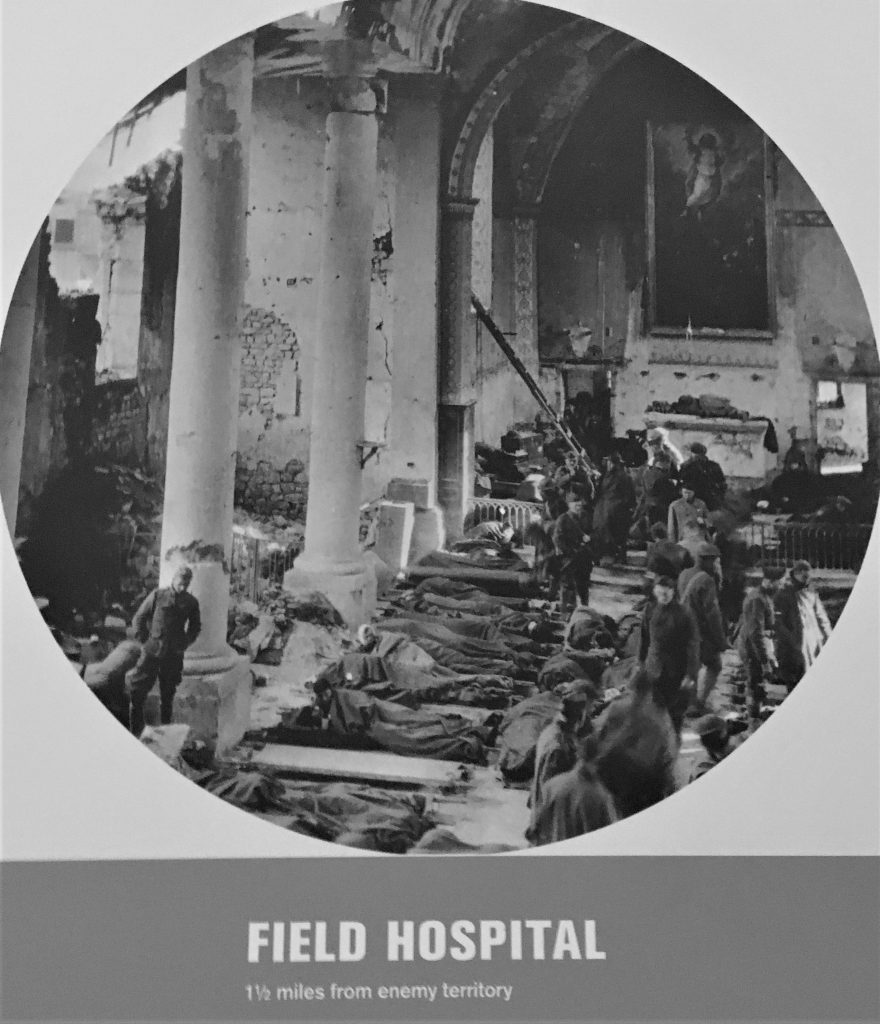
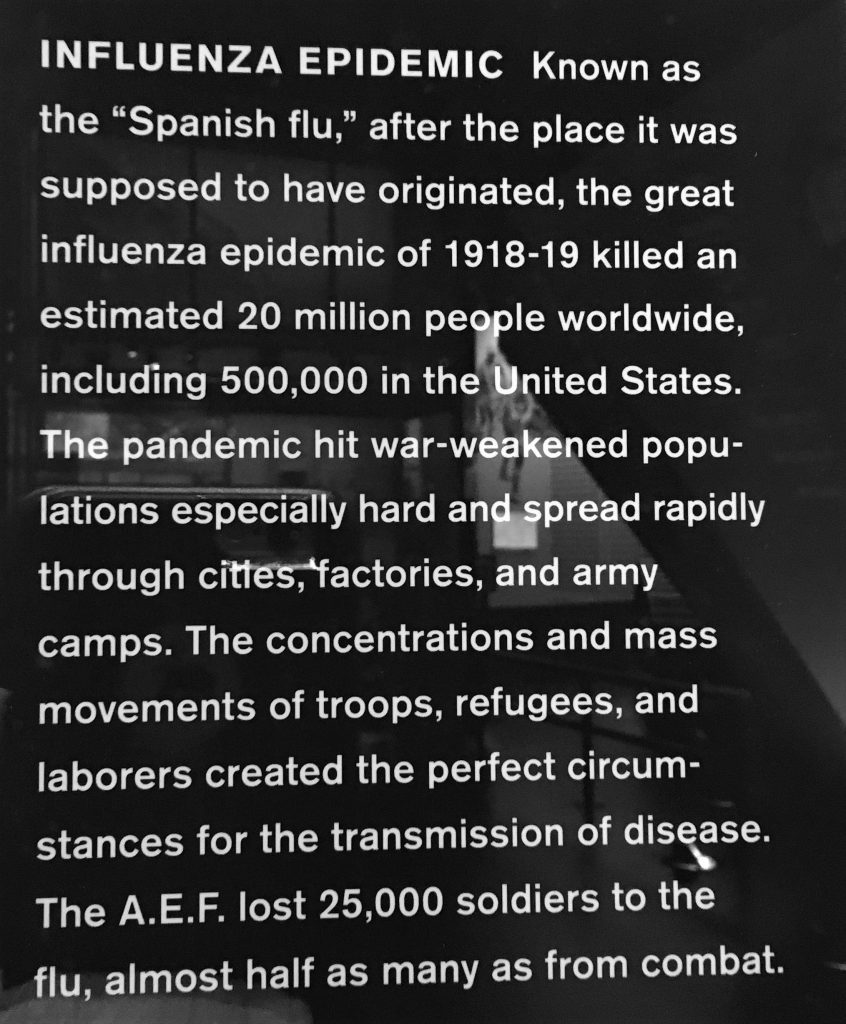
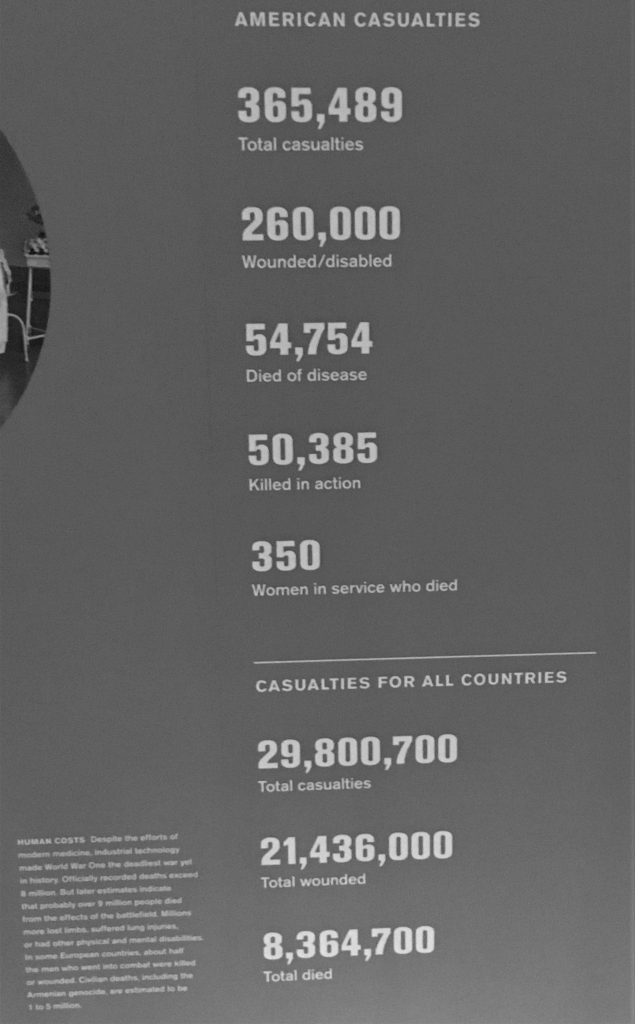
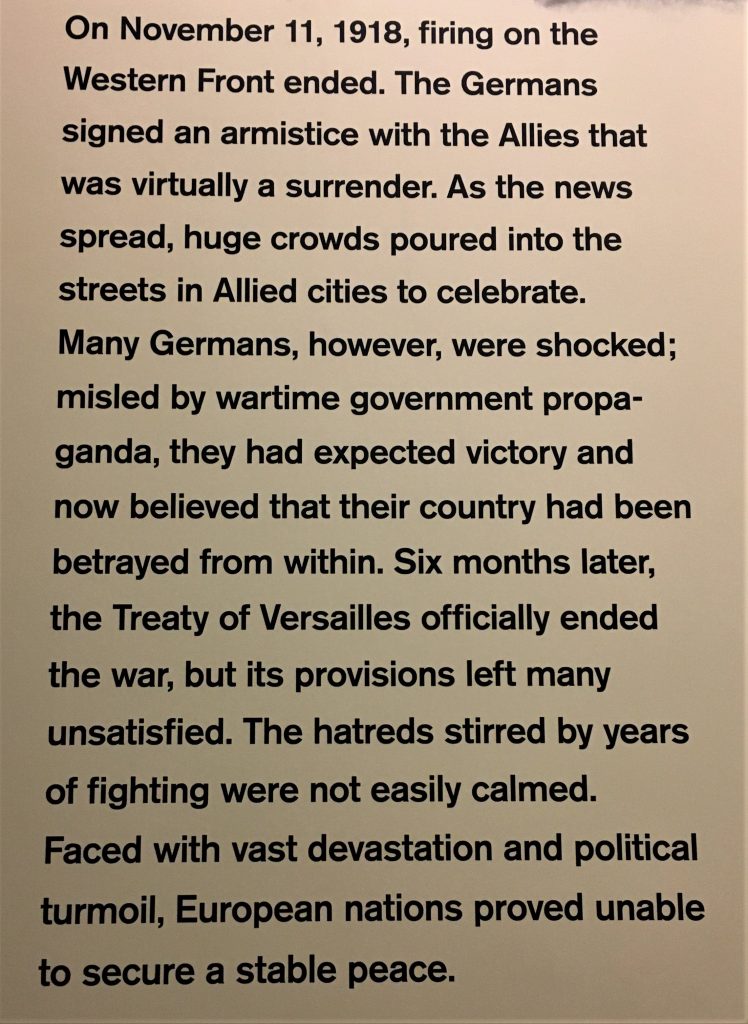

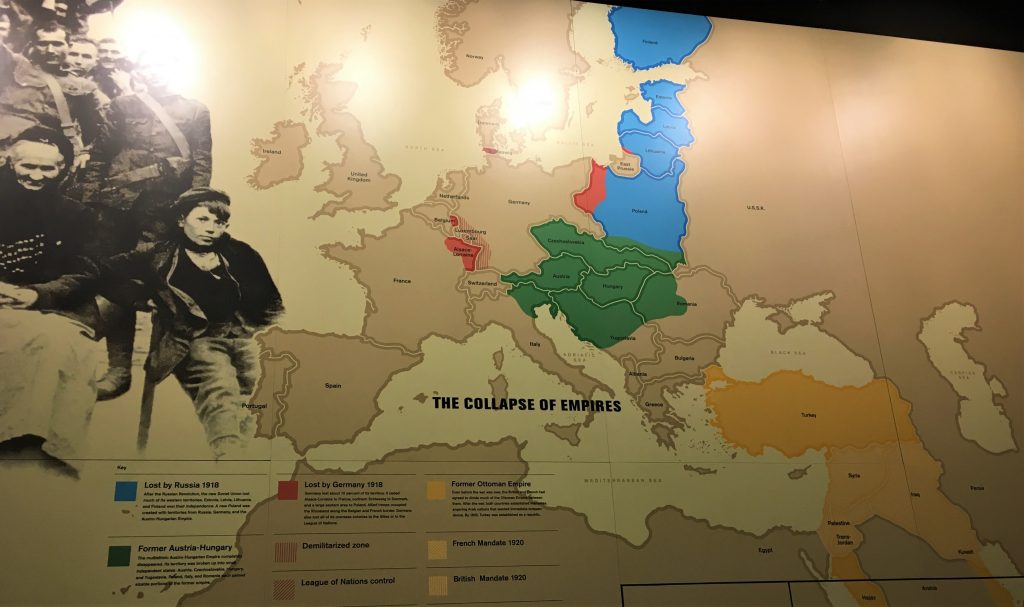
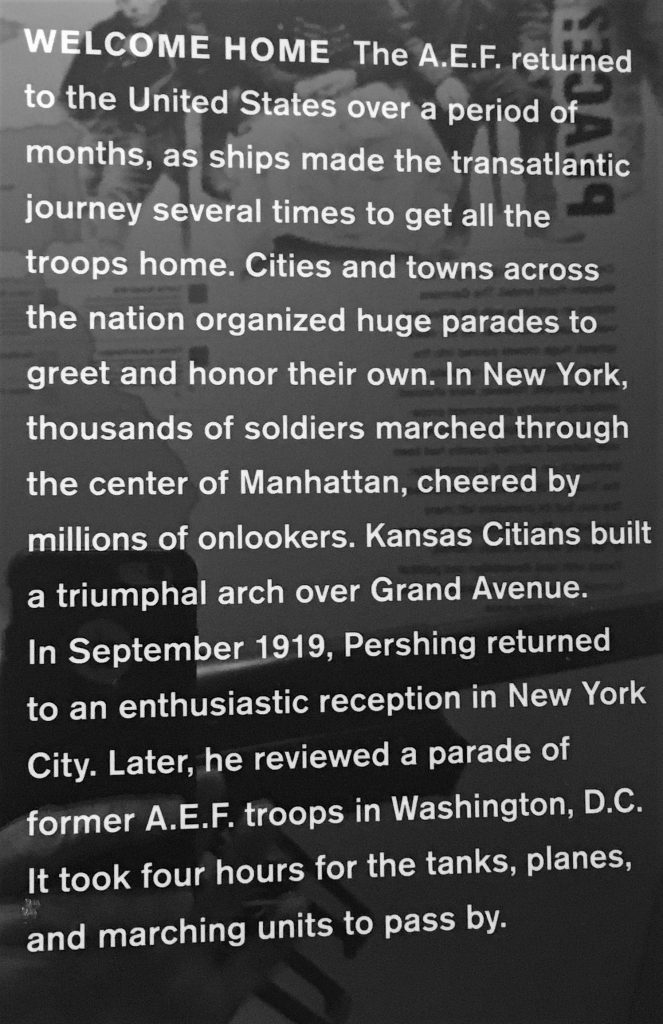

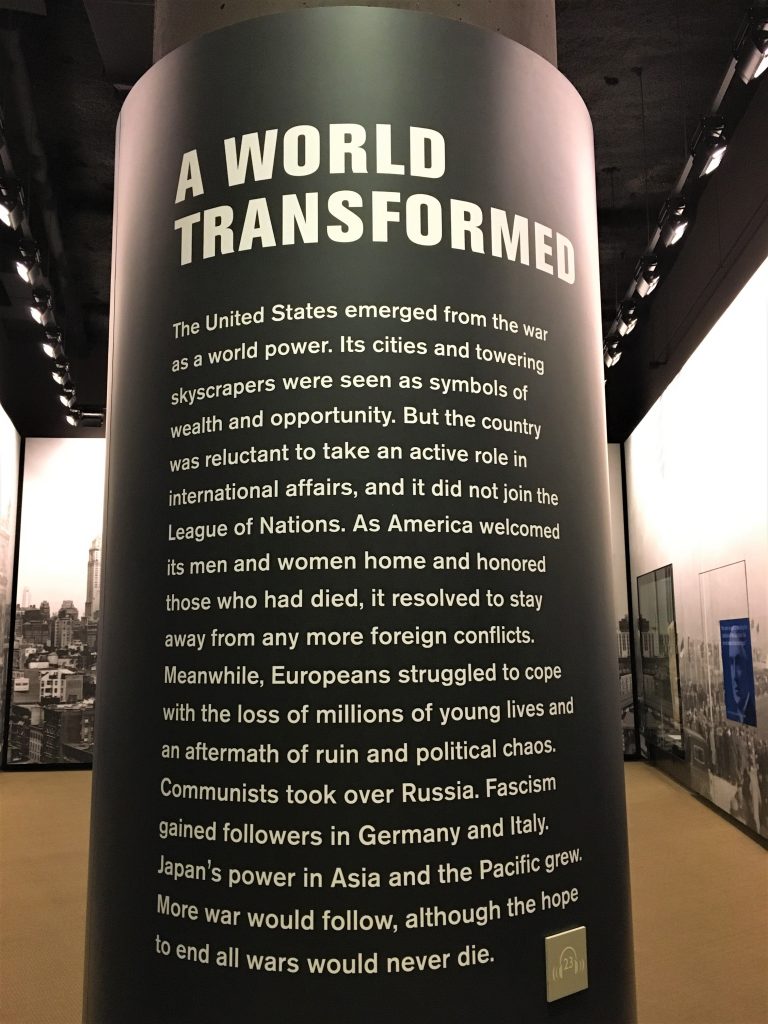
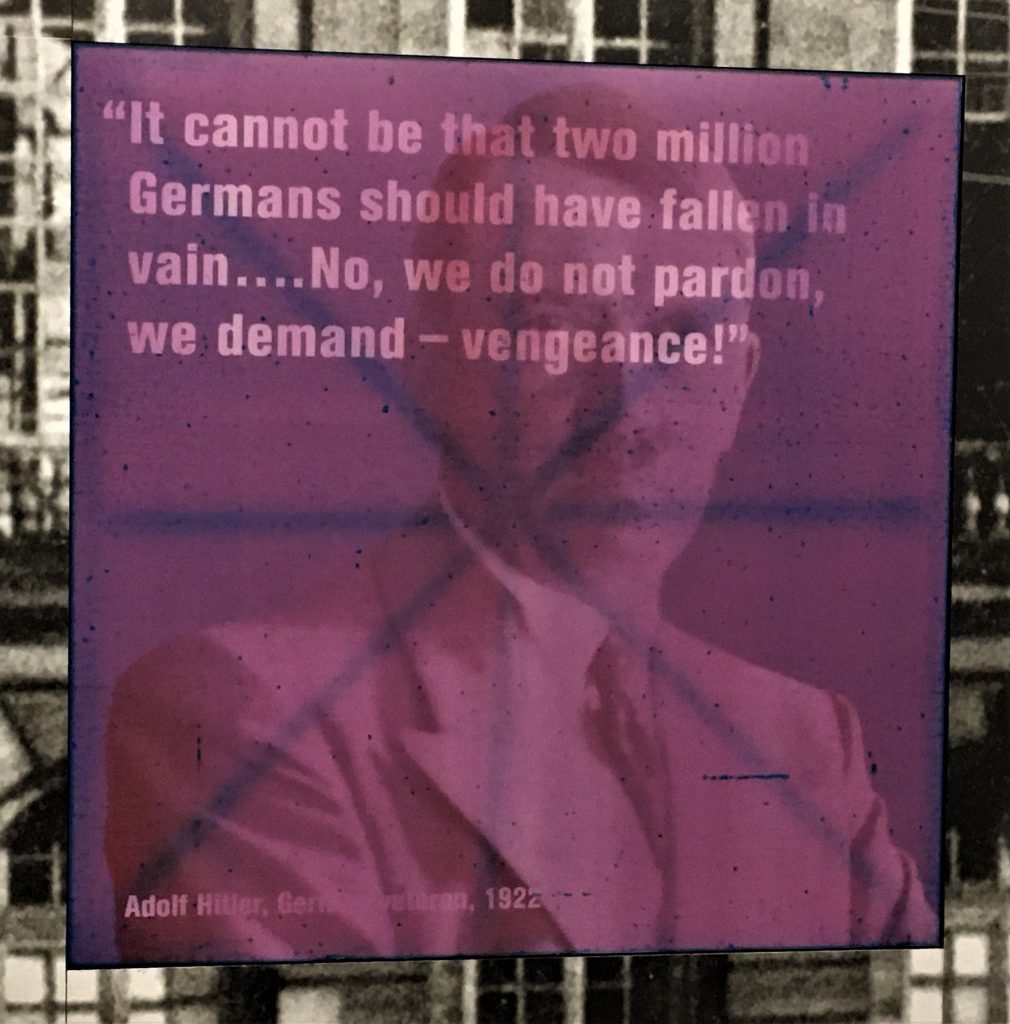
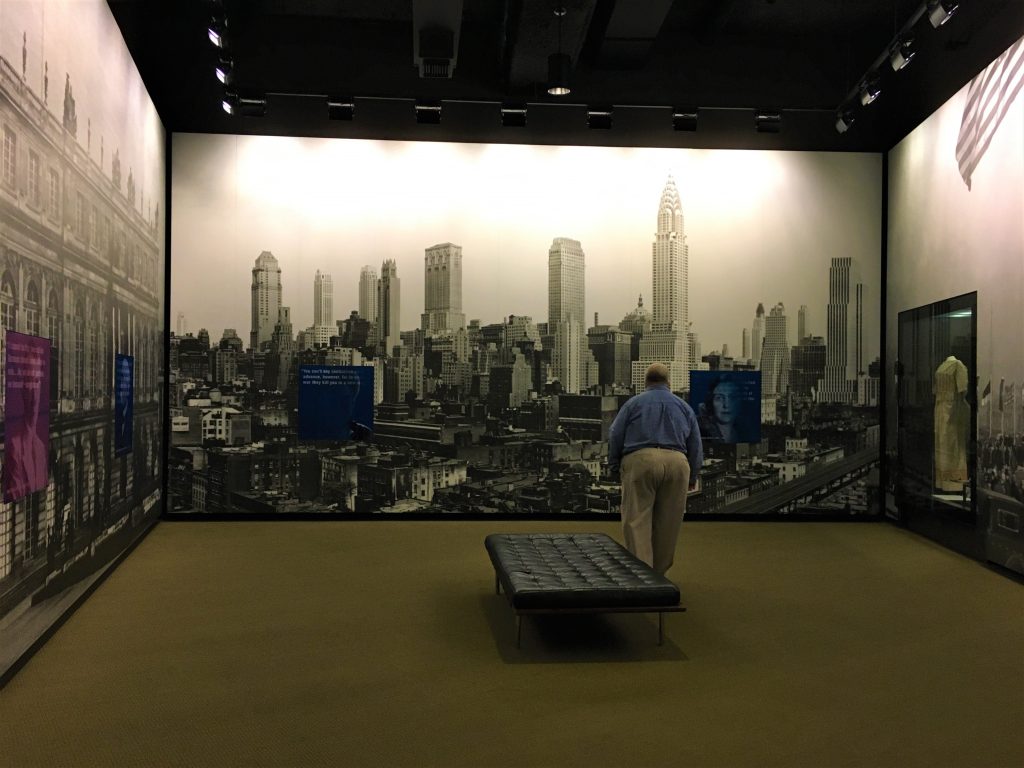
We moved outside to visit the two buildings on either side of the monument.


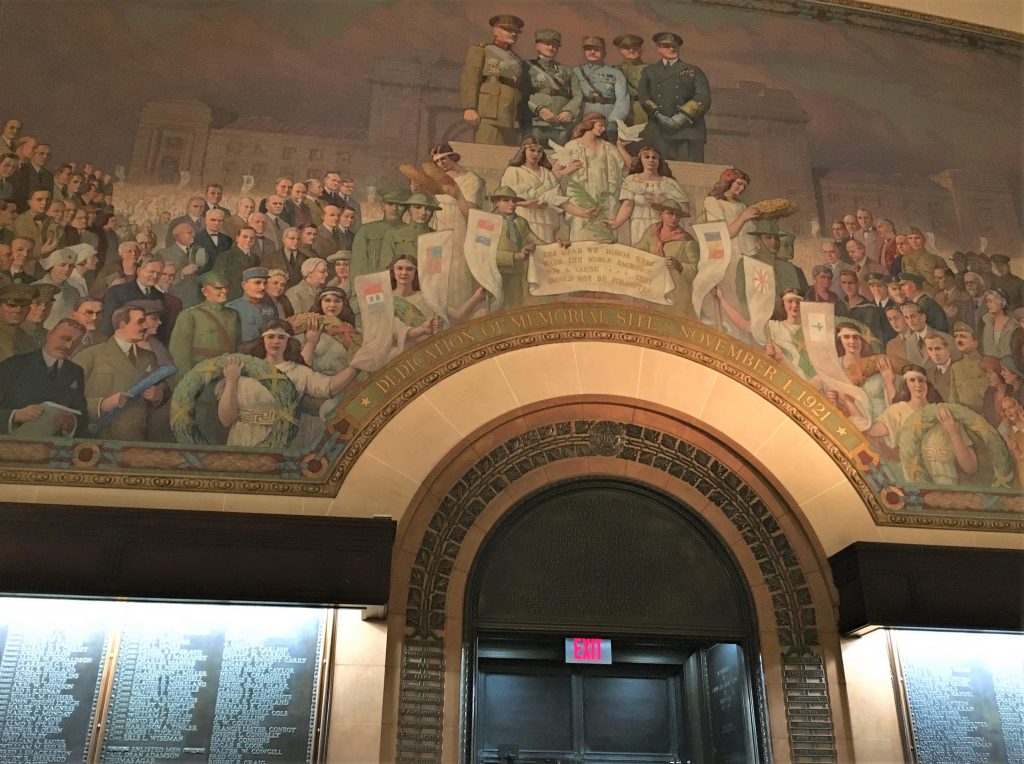

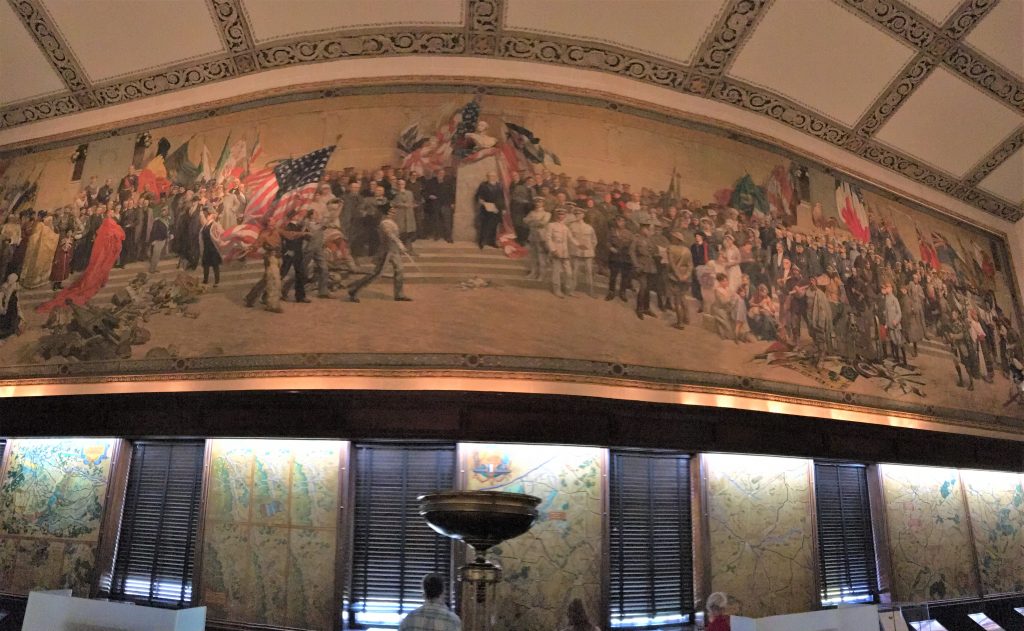
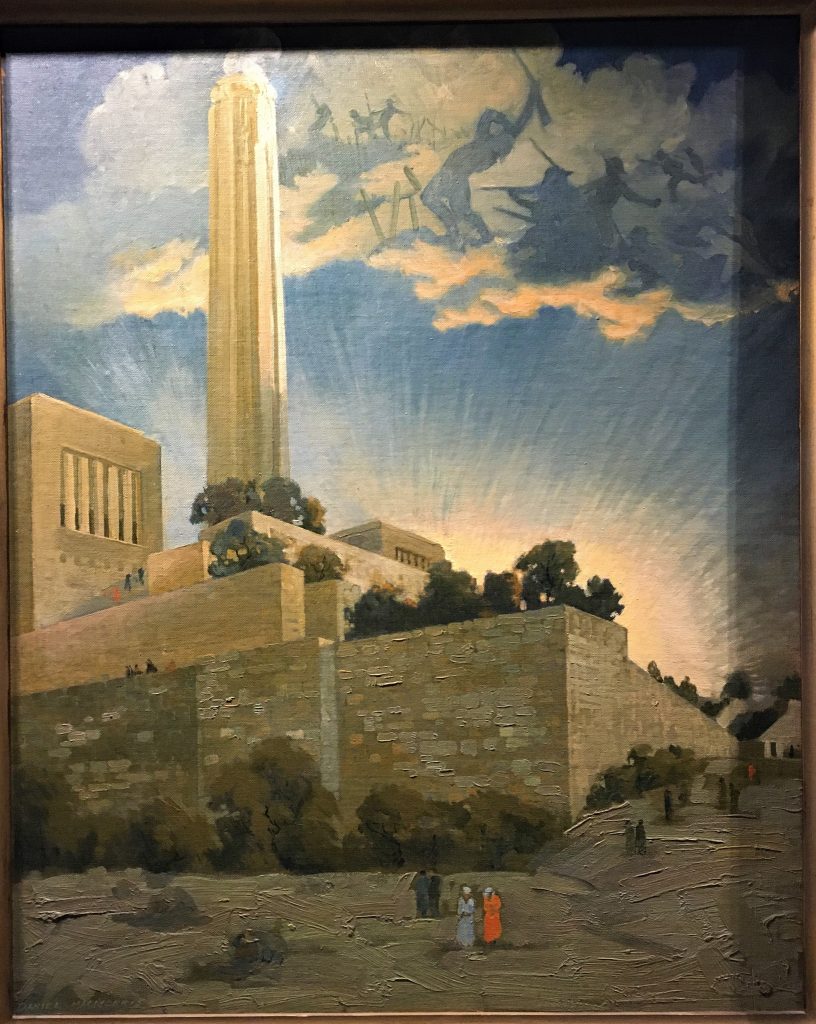
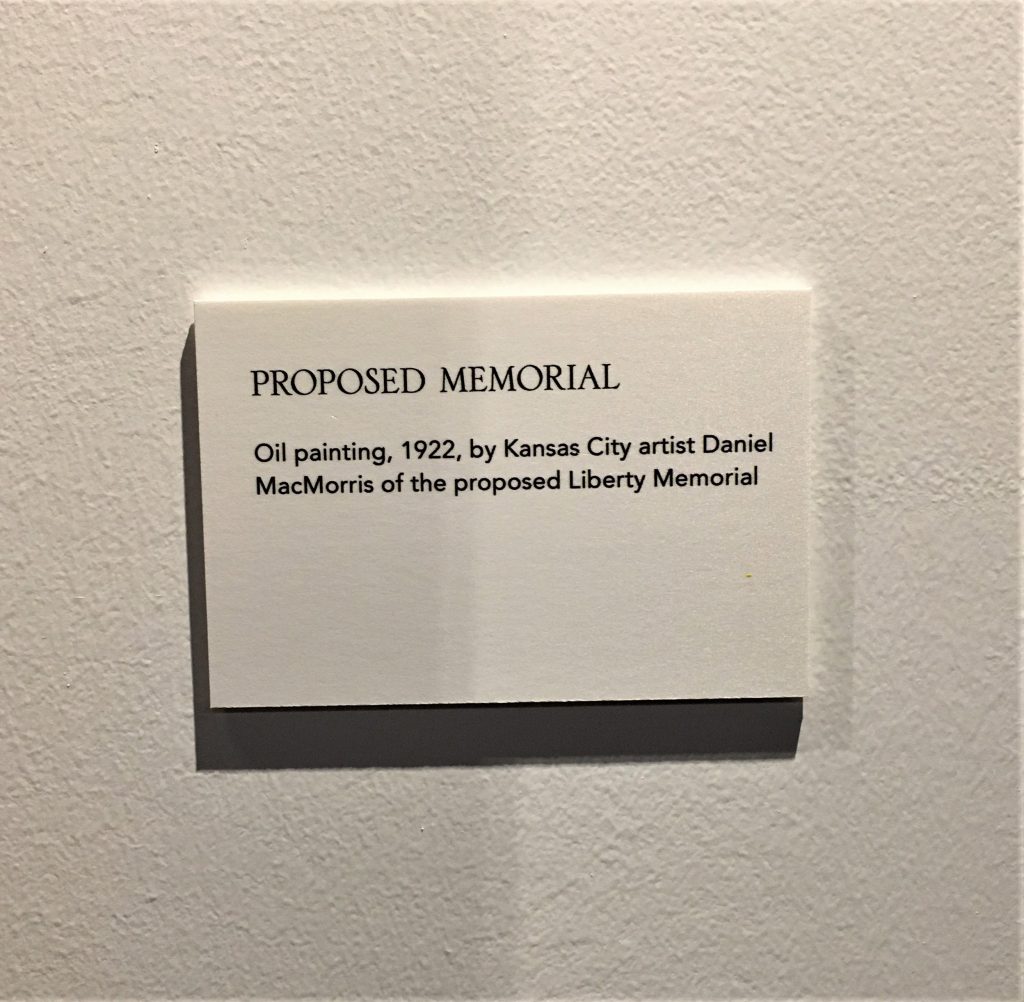
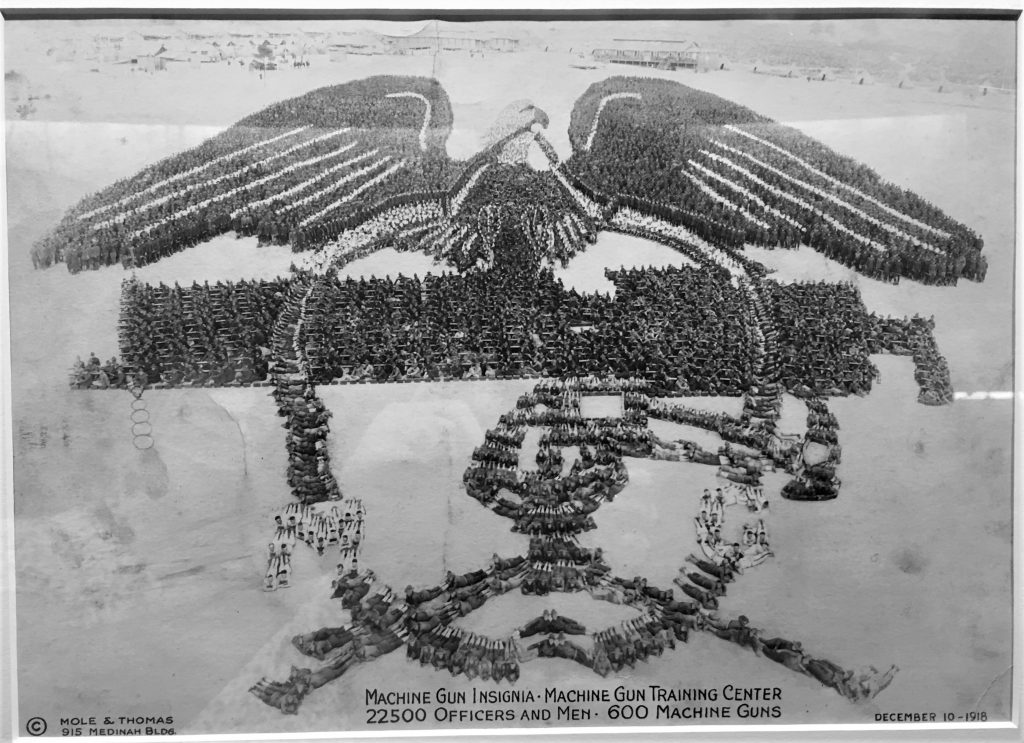
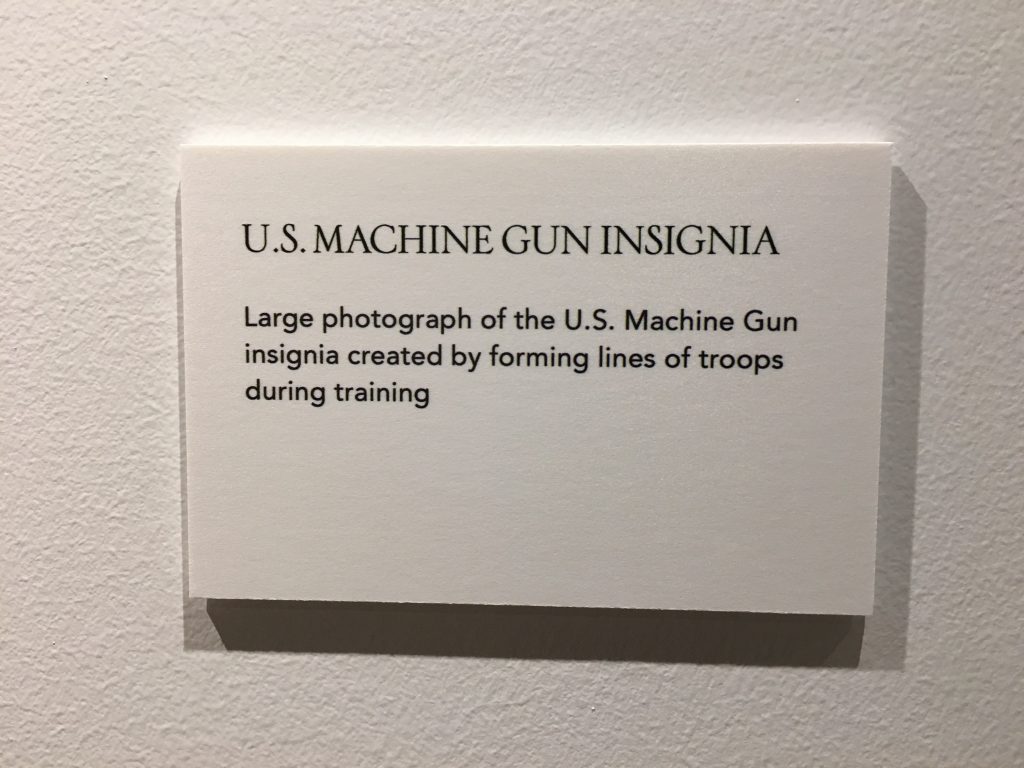
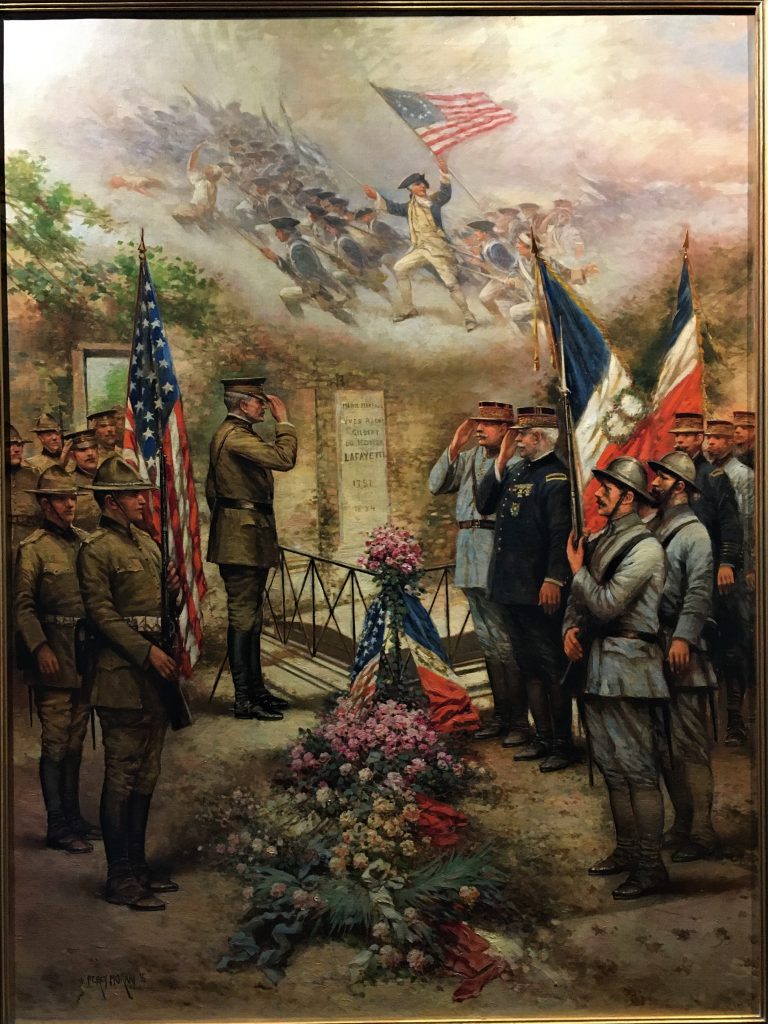
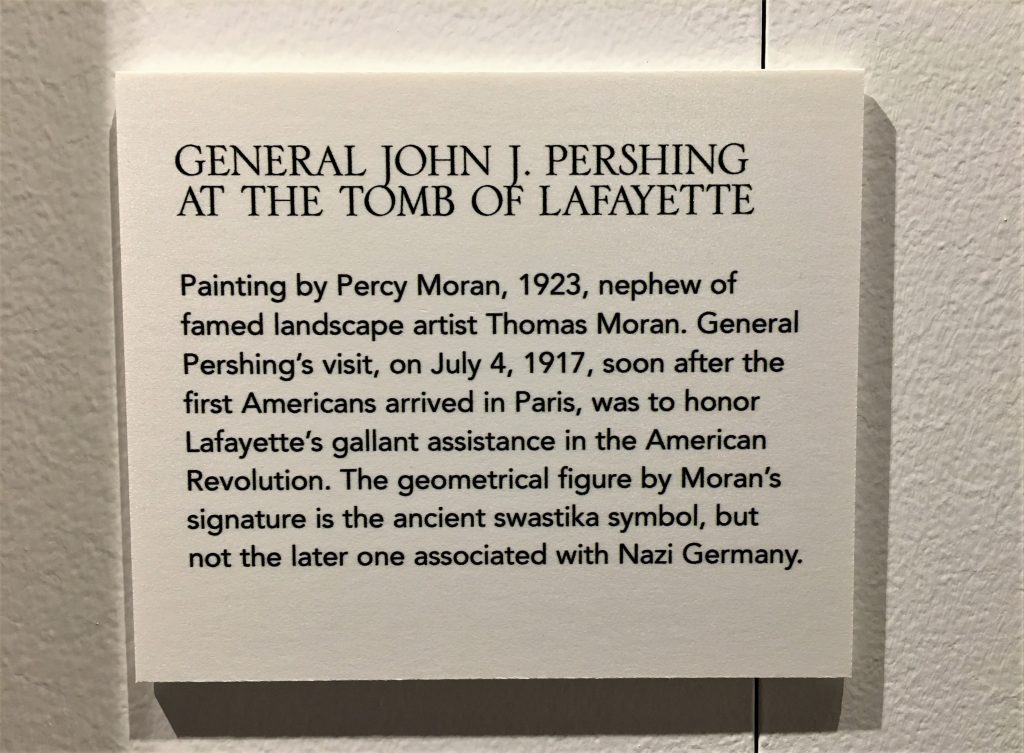

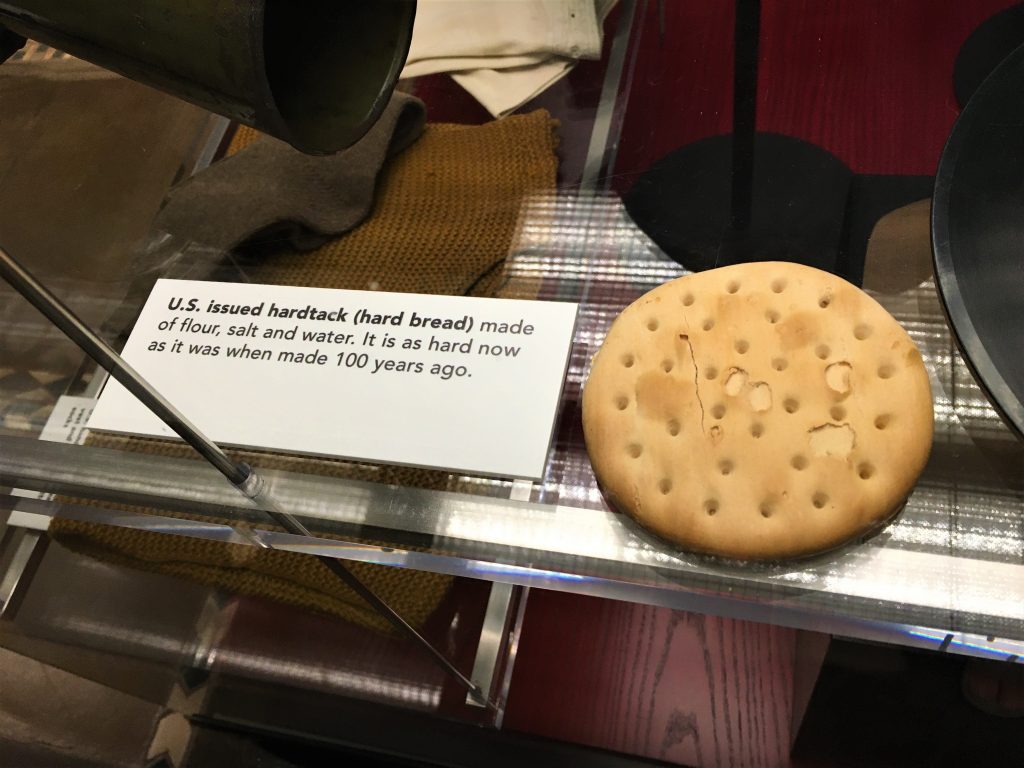
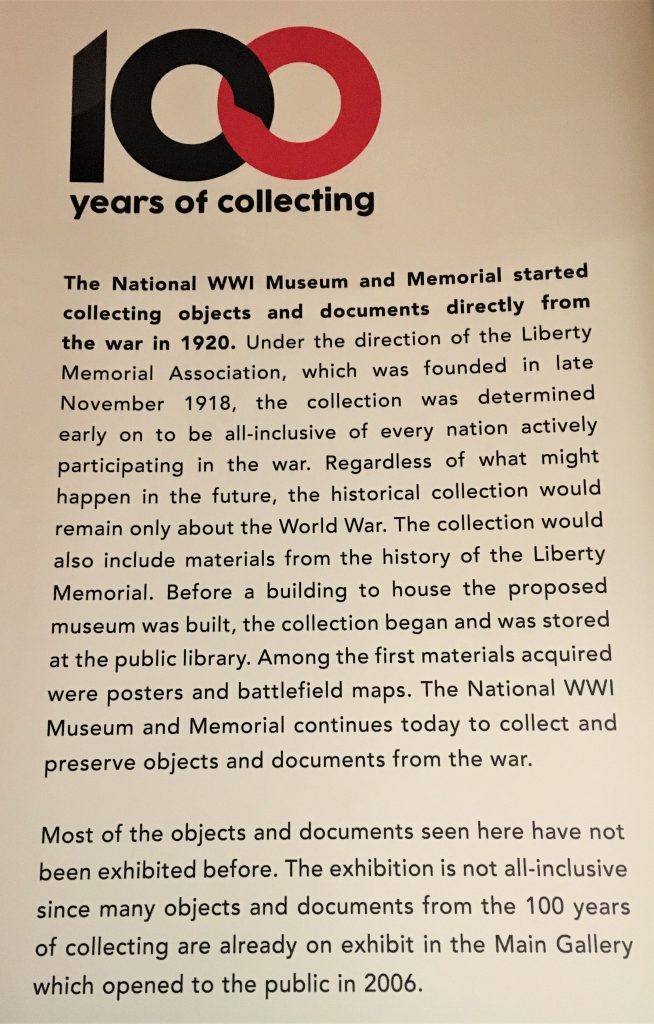
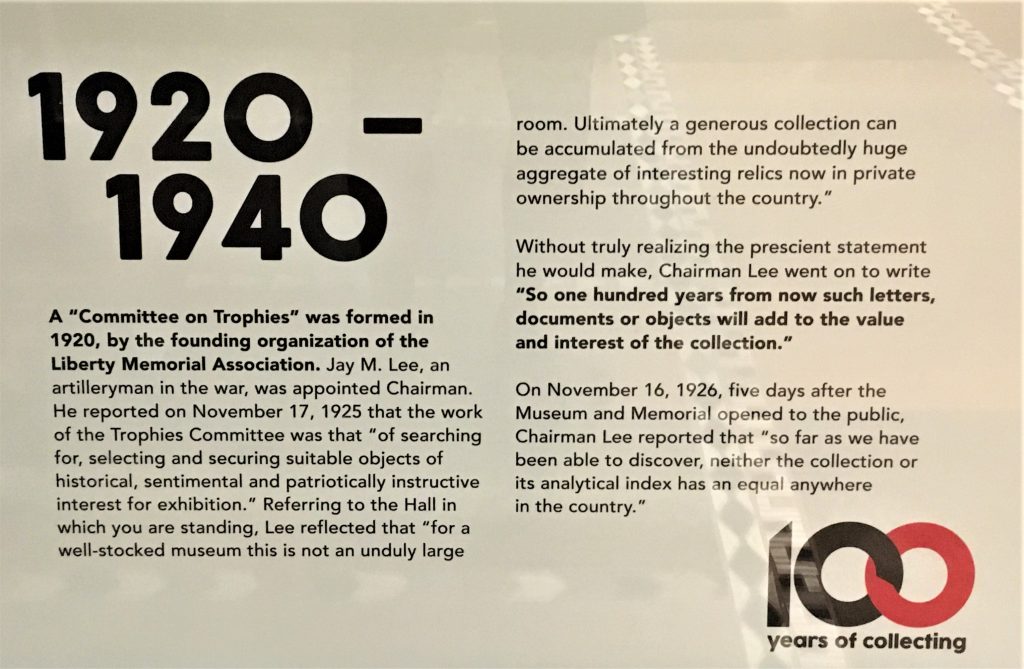
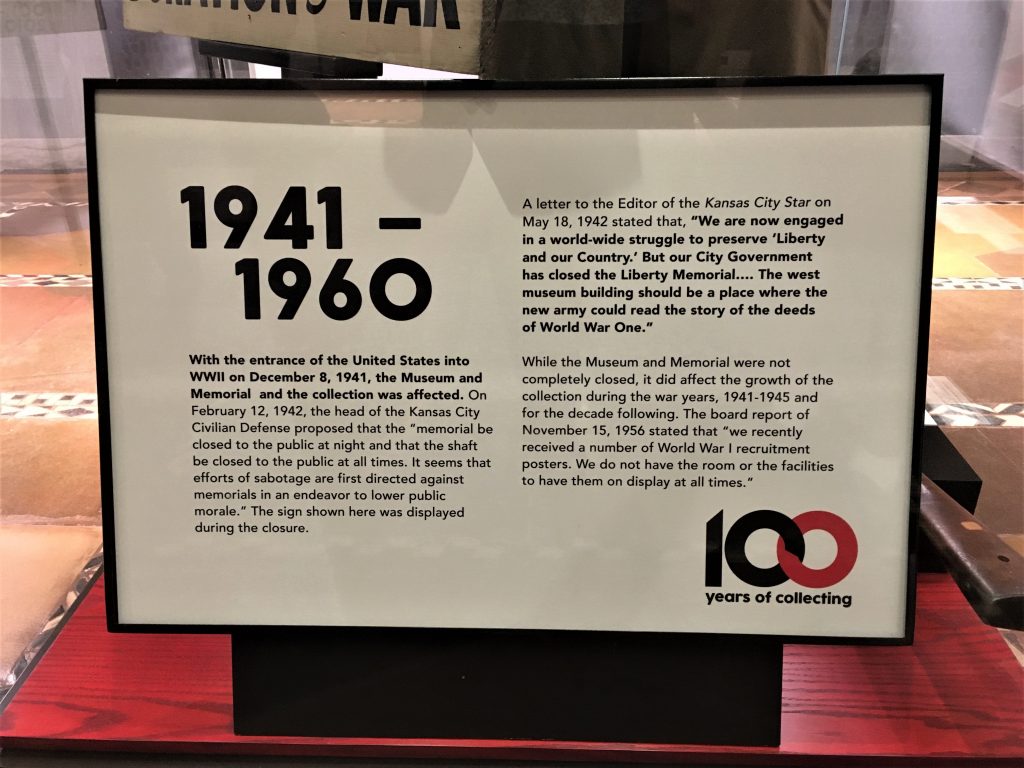


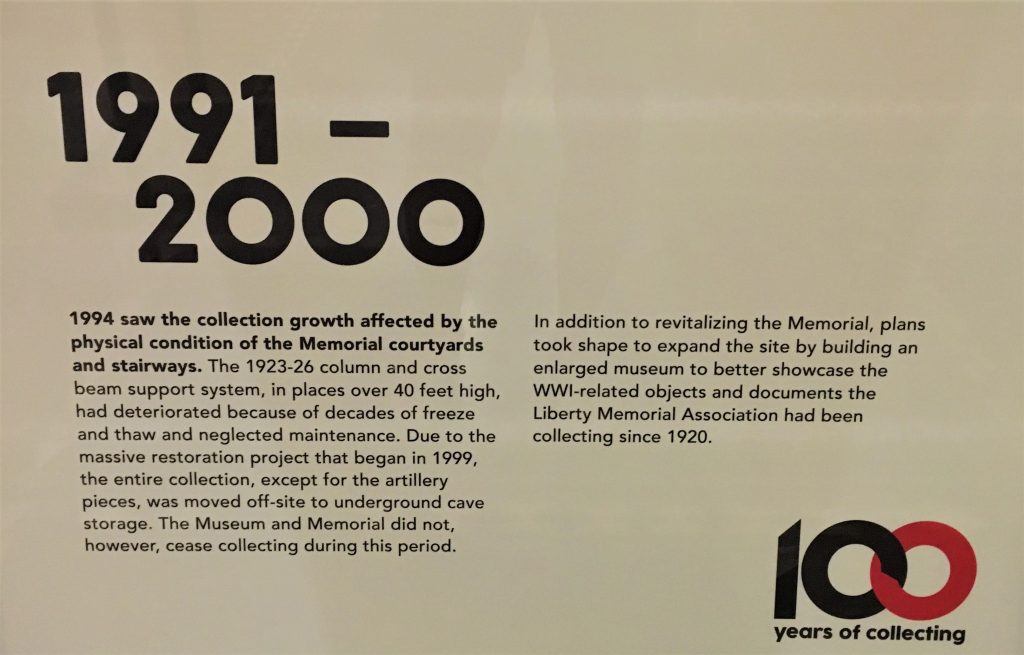
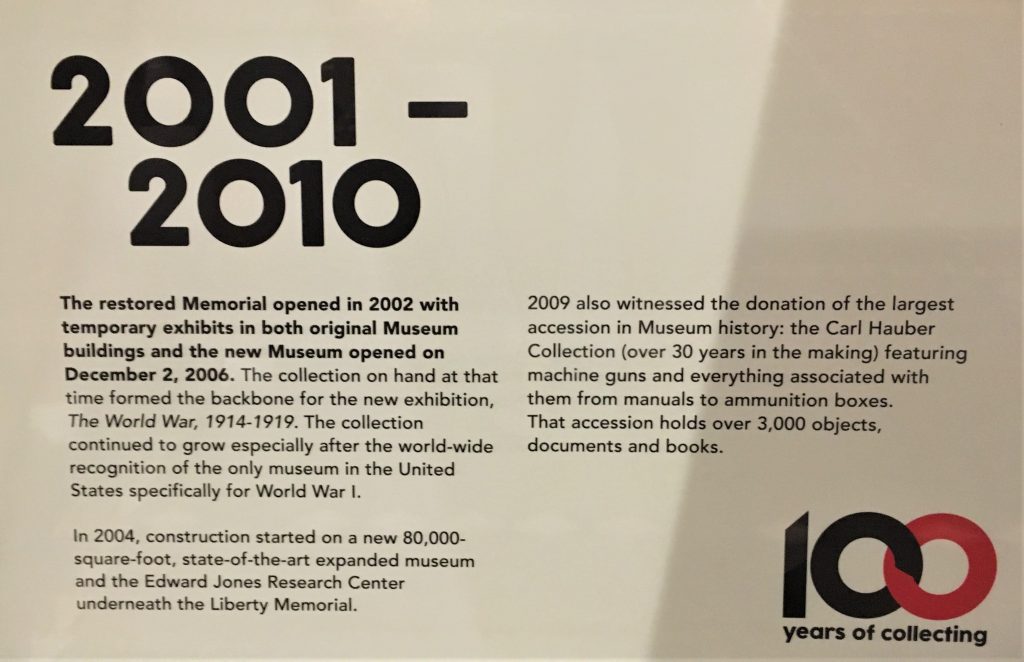

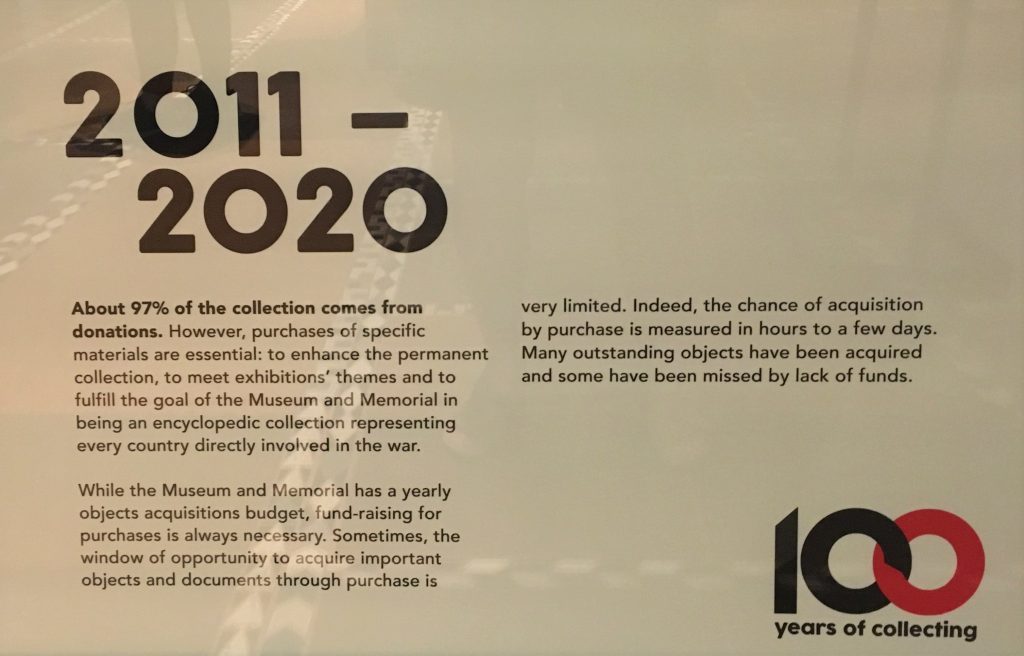
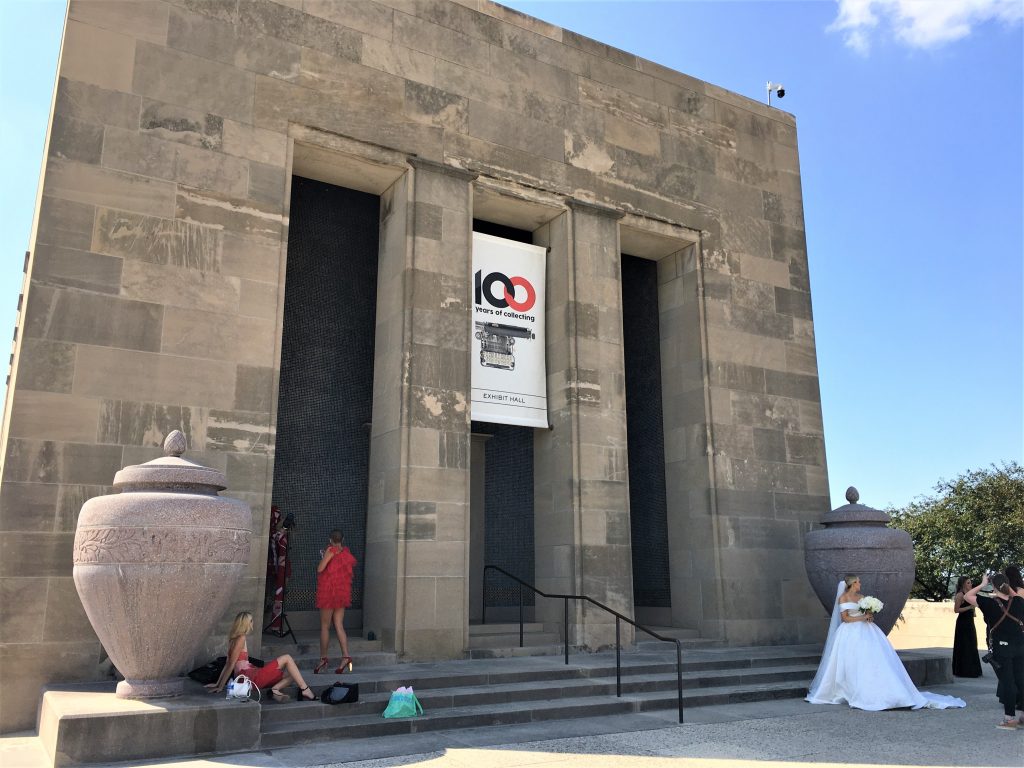

It seems that they light it up based on the weather – – rain, snow, etc. Fun!
Even though we didn’t see Uncle Nick and Aunt Sherri today, they still managed to feed us. We had leftover chicken pasta salad for dinner. 😊
